Japan holds a special place in my heart. Not just as a favorite travel destination, but as a part of my identity.
I’m half Japanese and spent several years of my life living there. And even when I didn’t live there, Japan was a huge part of my family and home.
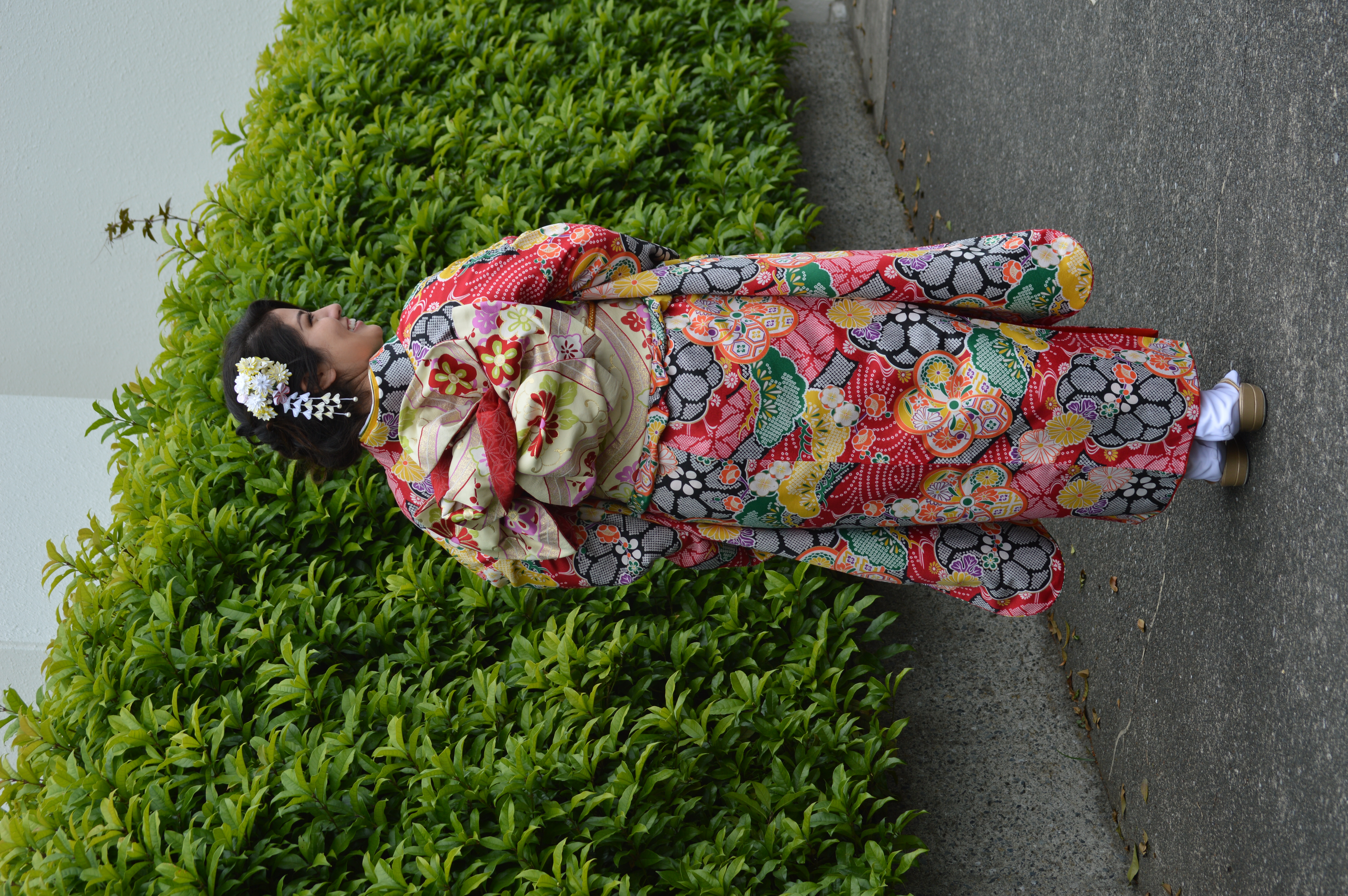
Whether it’s the bustling city streets or the quiet charm of a small neighborhood eatery, Japan has so much to offer, no matter how many times you visit.
If you’re planning your first trip (or even your second or third), navigating Japan can feel overwhelming. That’s why I’ve put together this travel guide – packed with recommendations to help you make the most of your time.
Let’s dive in!
Table of Contents
Overview of Locations
In this Japan travel guide, I focus on the country’s most popular destinations for first-time visitors: Tokyo, Kyoto, Osaka, Nara, and Hiroshima. These cities highlight the perfect balance of history, culture, and modern life. They are all must-sees in my opinion!
That said, I make it clear throughout this blog post which cities I think are worth prioritizing and explain my reasoning.
To give you a clear sense of where each location is, I’ve included a map of Japan with the cities circled in red. This should give a helpful visual reference as you plan your trip.
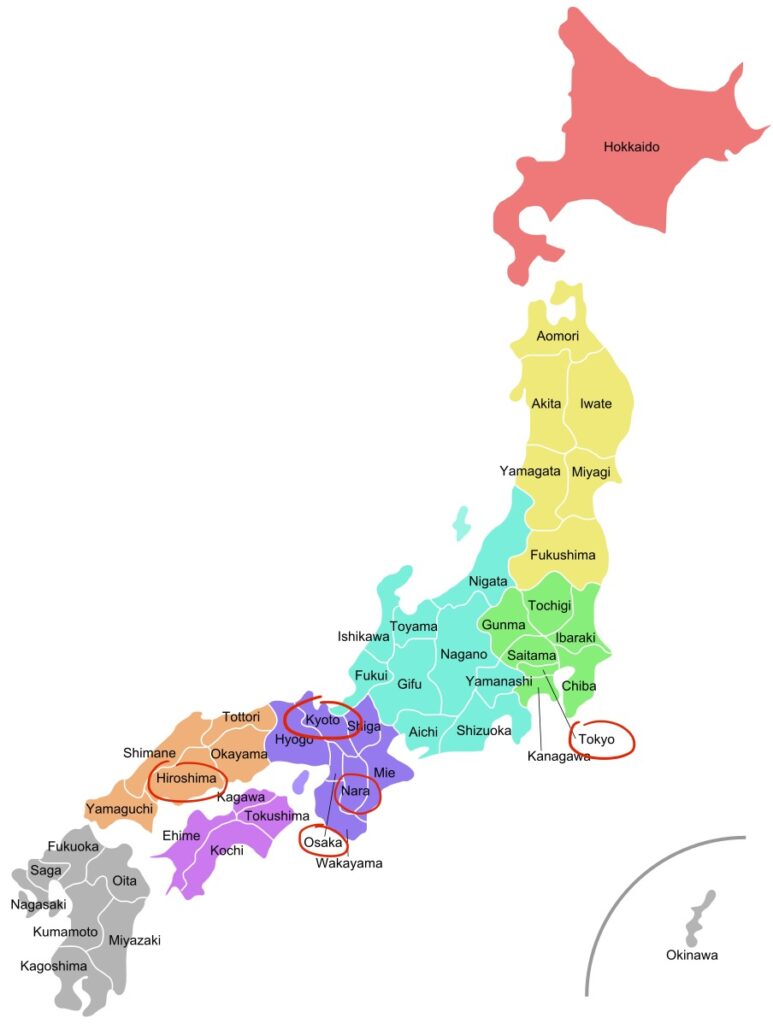
If you are going to each of these locations, I recommend taking the Shinkansen (bullet train) and buying a Japan Rail Pass (JR Pass). The JR Pass is a discounted ticket for foreign visitors that offers unlimited travel on Japan Railway trains, including most Shinkansen (bullet trains), for 7, 14, or 21 days. However, if you’re only going to be in Tokyo, for example, the JR Pass may not be worth it to purchase.
This pass can only be used on JR-operated lines, but that usually isn’t a problem since JR trains are widespread and cover most major routes across the country. This makes it one of the most convenient and cost-effective ways to explore multiple cities in Japan.
T O K Y O
If you’re looking for a classic Tokyo landmark with a view, Tokyo Tower is a must. Standing at 333 meters, this iconic red-and-white lattice tower has been a symbol of the city since 1958.
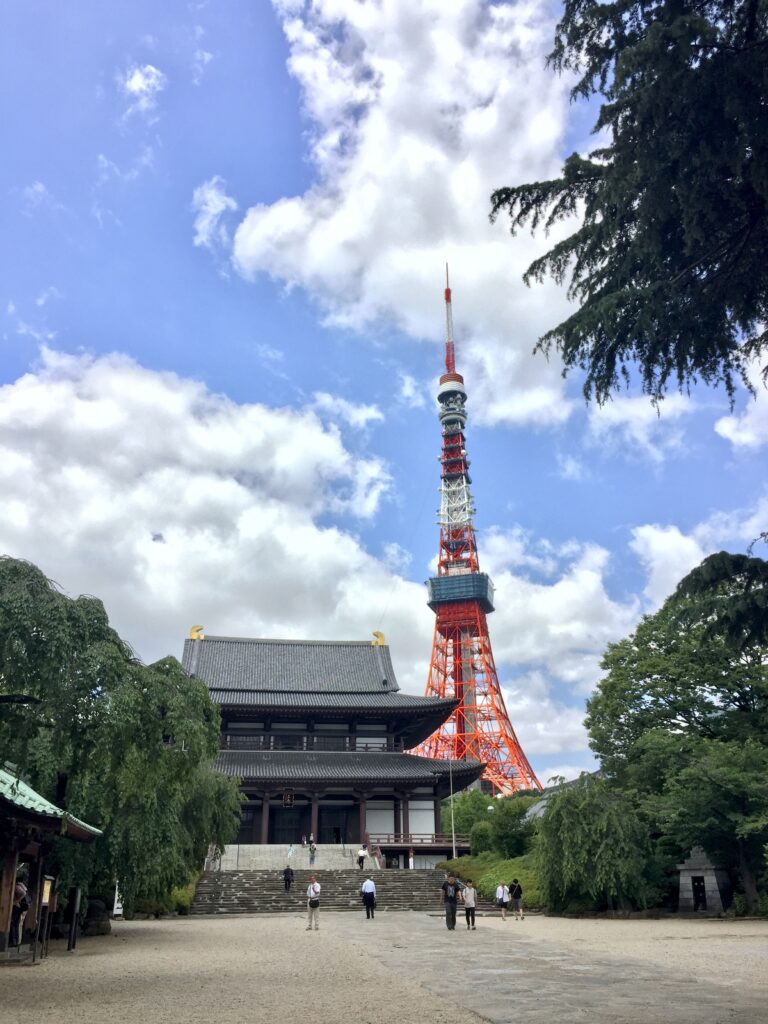
From the main observatory, you can take in sweeping panoramic views of Tokyo’s sprawling skyline, and on a clear day, even catch glimpses of Mount Fuji in the distance. Unlike some newer towers, Tokyo Tower has a more retro charm that makes it feel distinctly Japanese. It’s beautiful during the day or at night!
Asakusa
Sensōji Temple is one of Tokyo’s most iconic and historic landmarks, making it a must-visit when exploring Asakusa.
It’s best to visit first thing in the morning (around 7:30 – 8 AM) before the crowds start pouring in. You can see in our photos below how empty it was!
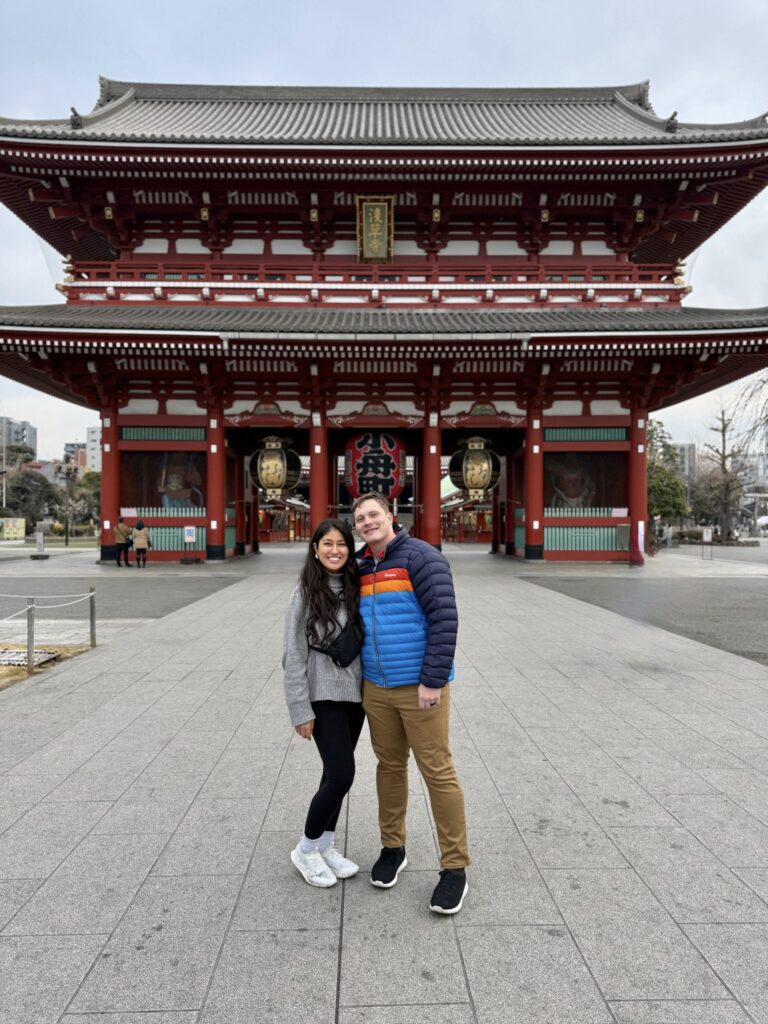
The temple grounds are peaceful at this time, allowing you to take in the stunning architecture, pass through the Kaminarimon (Thunder Gate), and participate in traditions like wafting incense over yourself for good fortune or drawing omikuji (fortune slips).
Right outside Sensōji, Nakamise Shopping Street is lined with stalls selling souvenirs and traditional street food, but keep in mind that most shops don’t open until 9 – 10 AM. If you visit the temple early, you can always come back later to browse or grab lunch. This street is the perfect place to try out Japanese snacks and find fun souvenirs.
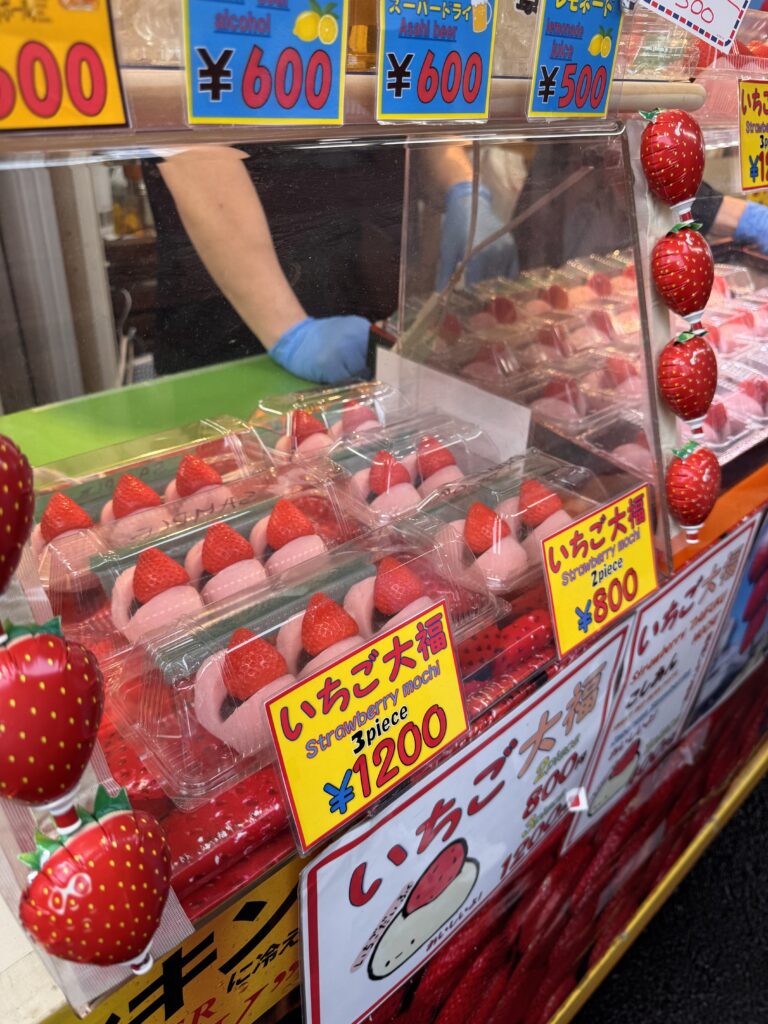
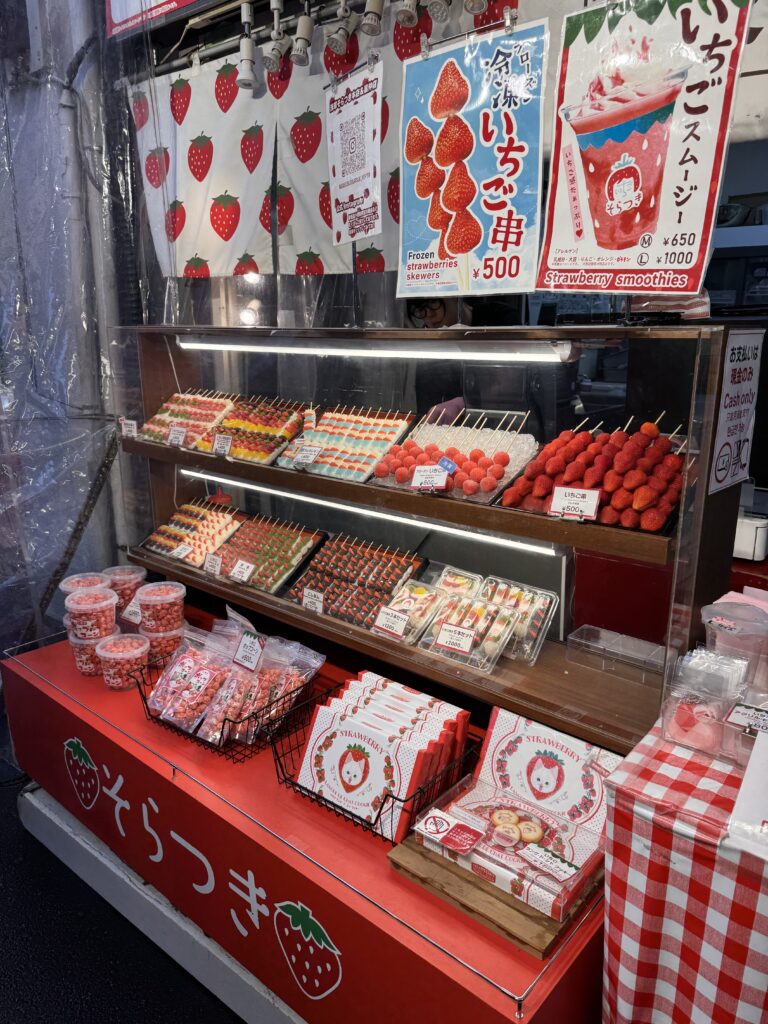
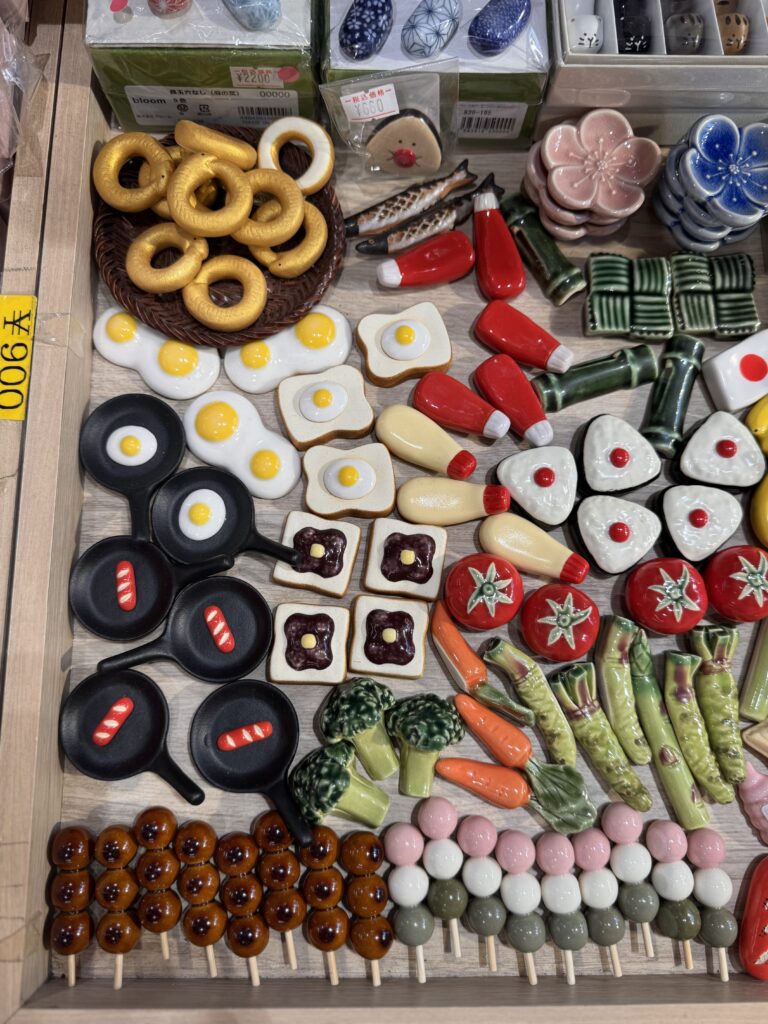
We stayed at APA Hotel, just a 5-minute walk from Sensōji Temple, which made everything super convenient. Note that it’s not a fancy hotel! It’s small, and we didn’t pay for breakfast – we just stopped at a convenience store and grabbed some food instead. But it was perfect for us since we just needed a spot to drop off our bags and sleep.

Shibuya
Shibuya is one of Tokyo’s most vibrant and energetic districts, known for its iconic Shibuya Crossing. It’s a must-visit spot if you’re a big city person, especially at night! It’s one of the best spots you can go in Tokyo for shopping.
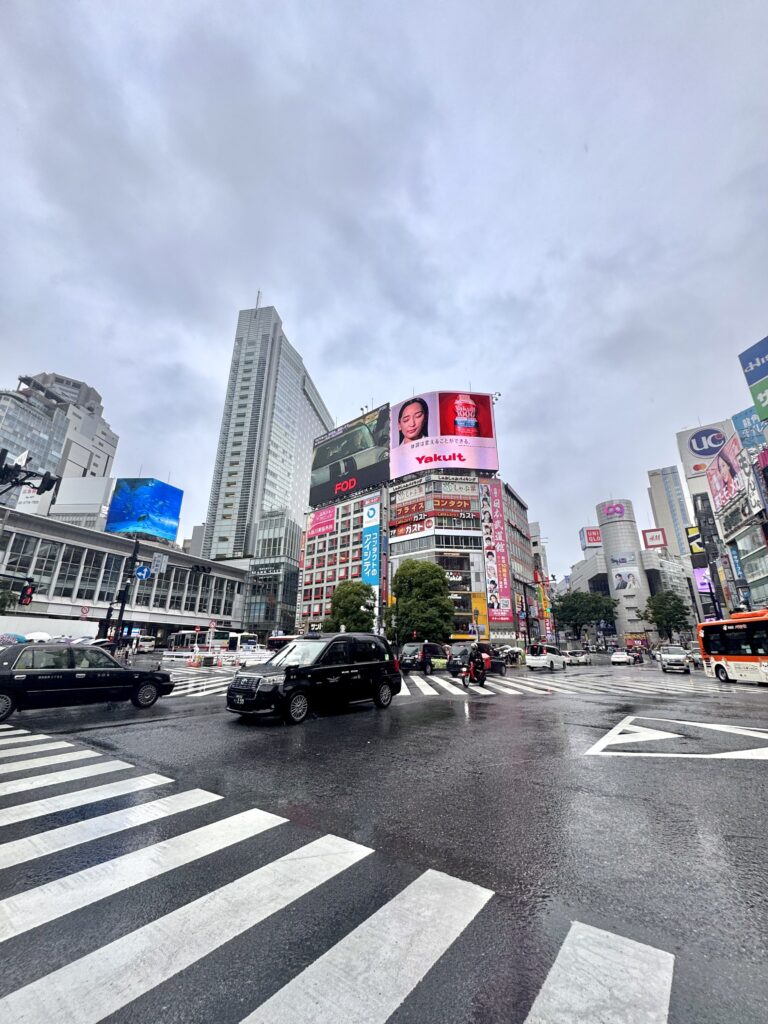
Aside from crossing the famous intersection, you can explore Shibuya Scramble Square for incredible city views, shop at Shibuya 109 for clothes, or check out Miyashita Park, a stylish rooftop park with cafes and stores.
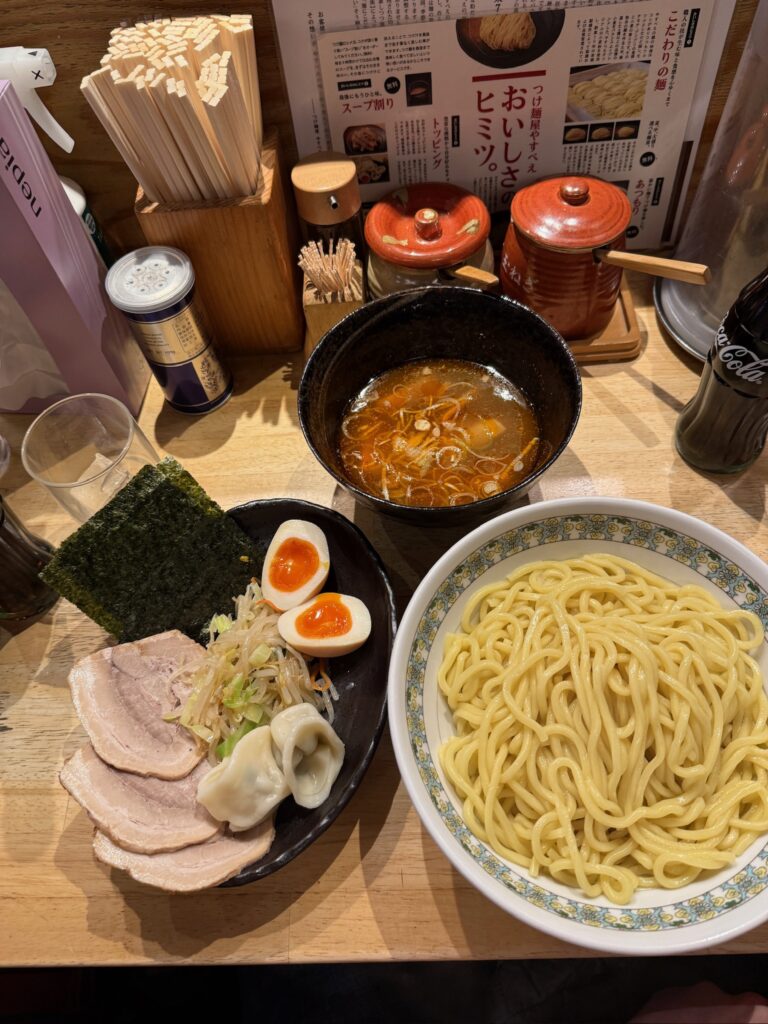
If you’re hungry, I highly recommend trying Yasubee, a tsukemen restaurant about a 15-minute walk from Shibuya Crossing.
Tsukemen is a style of ramen where the noodles are served separately from the broth, allowing you to dip them into a rich, concentrated soup. This spot was a huge hit with my friends, and they even said it was one of their favorite meals of the entire trip!
Harajuku
Harajuku is the heart of Tokyo’s youth culture and fashion scene. No visit is complete without a stroll down Takeshita Street. This street is packed with quirky fashion boutiques, souvenir shops, and some of the most over-the-top sweets you’ll find in Japan.

Harajuku is just one train stop away from Shibuya on the JR Yamanote Line. If you prefer to walk, it’s only a 15-minute walk.
Stretching just a few blocks, the pedestrian-only street is packed with trendy boutiques, vintage shops, themed cafés, and an endless array of street food stands. It’s especially known as the birthplace of many of Japan’s bold fashion subcultures, from Lolita and punk-inspired styles to kawaii and cosplay looks.
On weekends, the street becomes especially lively as crowds of teenagers, tourists, and fashion enthusiasts flock to explore its unique shops and indulge in popular treats like crepes, rainbow cotton candy, and oversized snacks.
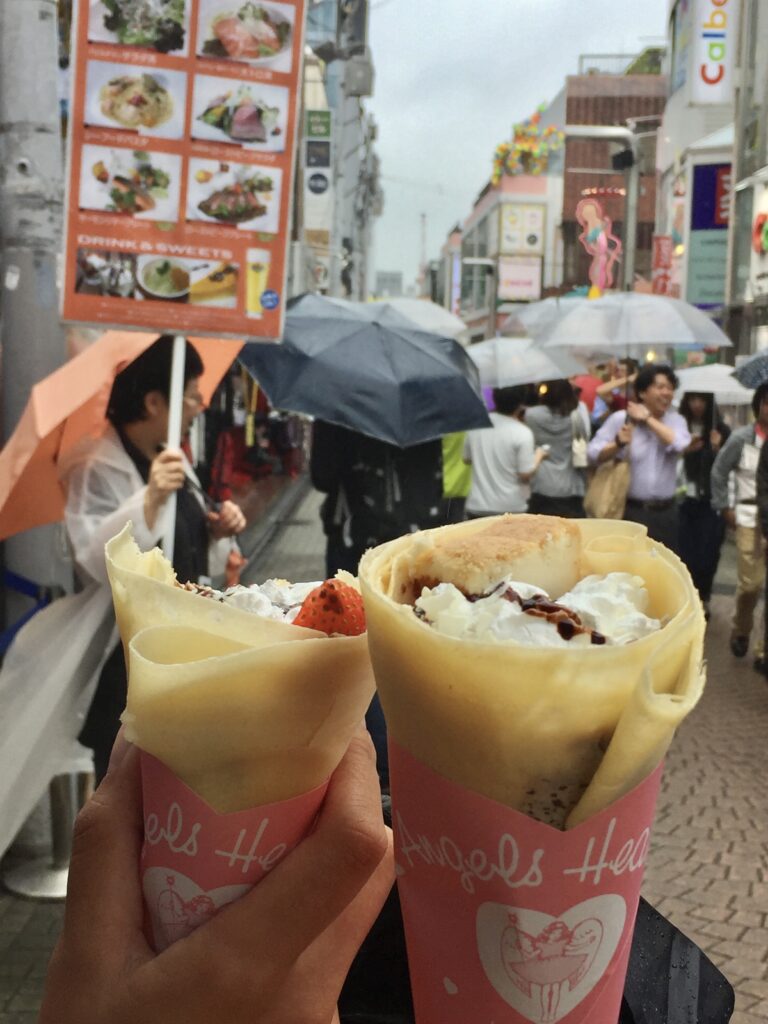
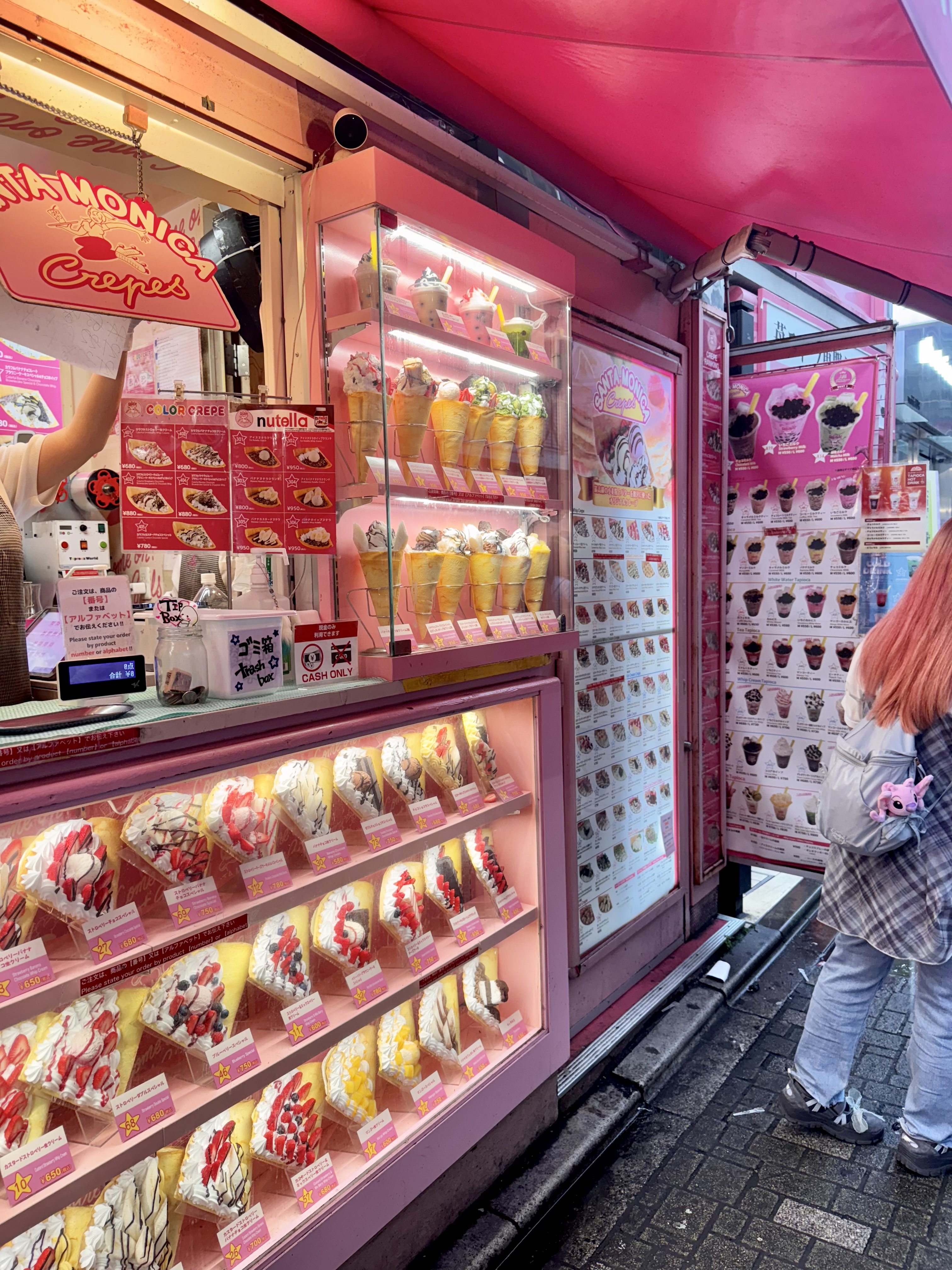
Just a 5-minute walk from the chaos of Takeshita Street is Meiji Jingu, one of Tokyo’s most serene and significant Shinto shrines.
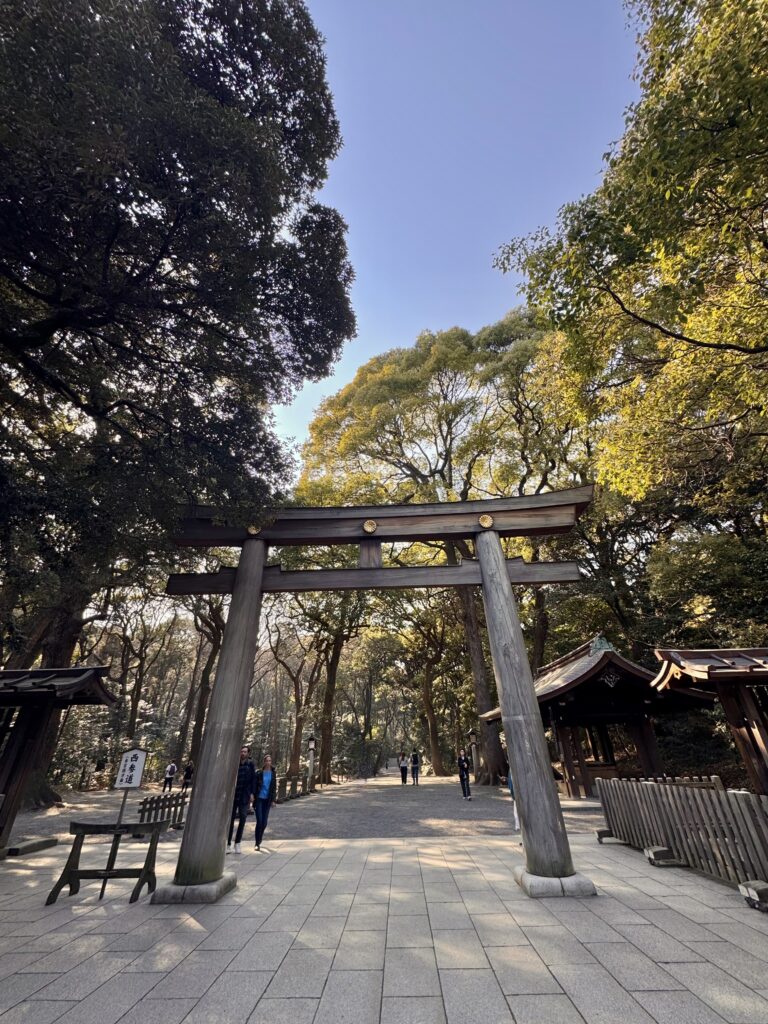
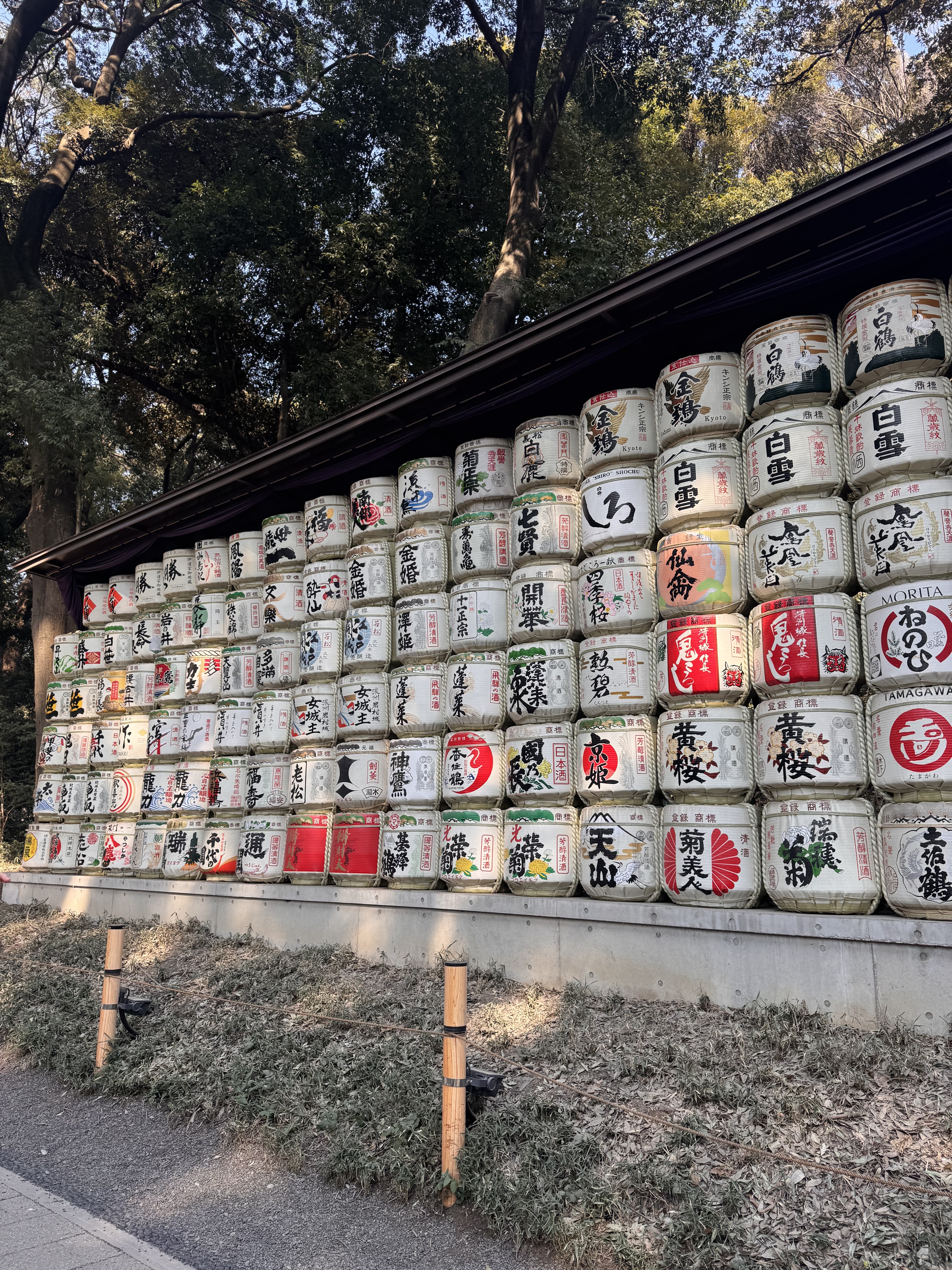
Surrounded by a dense forest of over 100,000 trees, the shrine is a peaceful escape from the city. You’ll be greeted by a massive torii gate at the entrance, followed by a walk through a calm, wooded path.
It’s a beautiful contrast to the lively energy of Takeshita Street, and visiting both in the same day gives you a perfect mix of modern and traditional Japan.
Food Tour
While you’re in Tokyo (and especially if you are in the Harajuku/Shibuya area) and if you’re a big foodie, I highly recommend doing a food tour with Mayuko’s Little Kitchen.
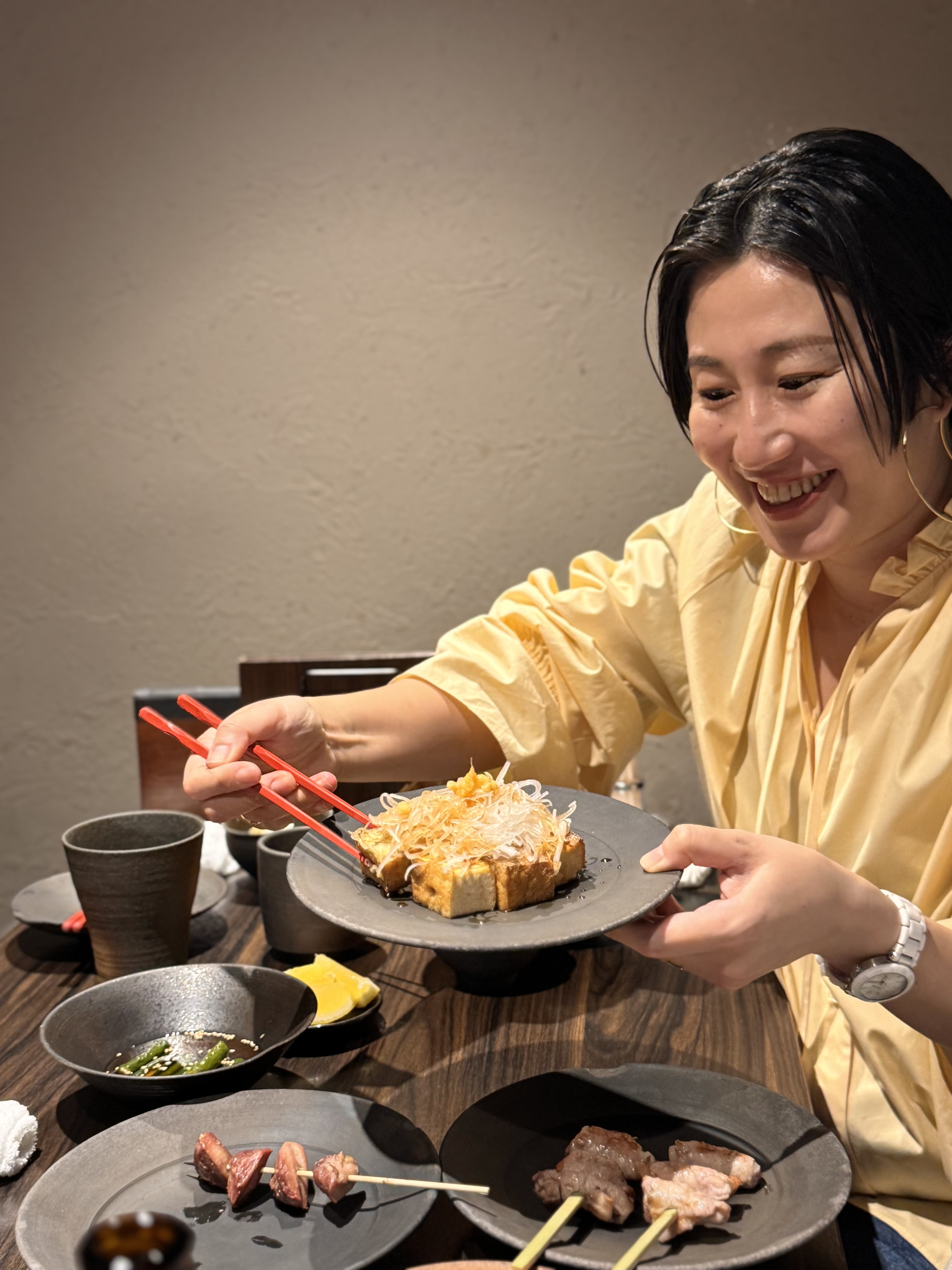
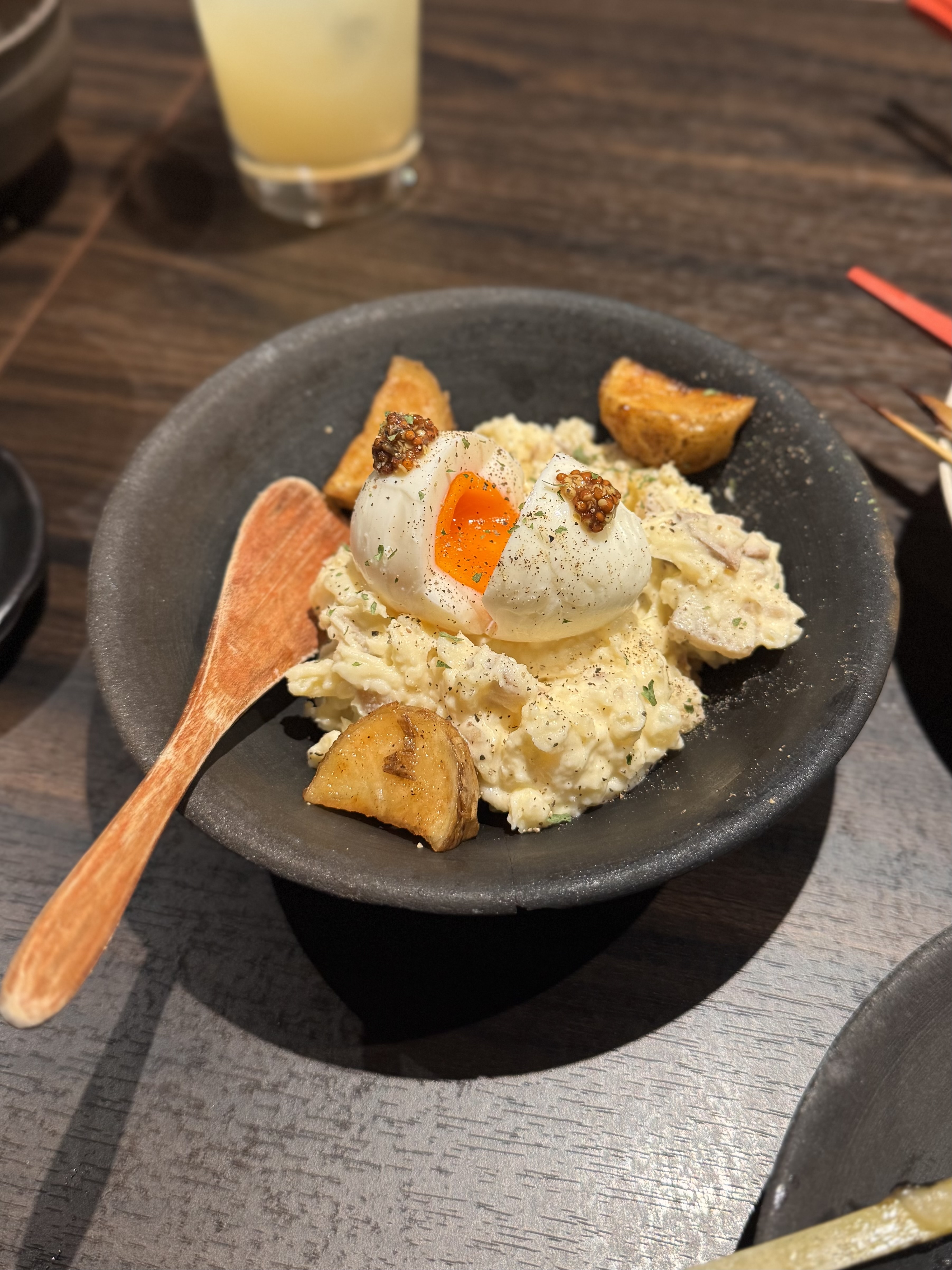
We were lucky to have Mayuko (the owner herself, pictured) lead our tour! She also offers cooking classes in her own kitchen incase you’re looking for a chance to learn how to cook Japanese food. We didn’t do the cooking class, but I’m sure it’s great considering how awesome the food tour was.
On the food tour, Mayuko took us to three hidden gem restaurants that we never would have found on our own. Even with my experience living in Japan, these spots were incredibly unique and offered a completely different side of Japanese cuisine.
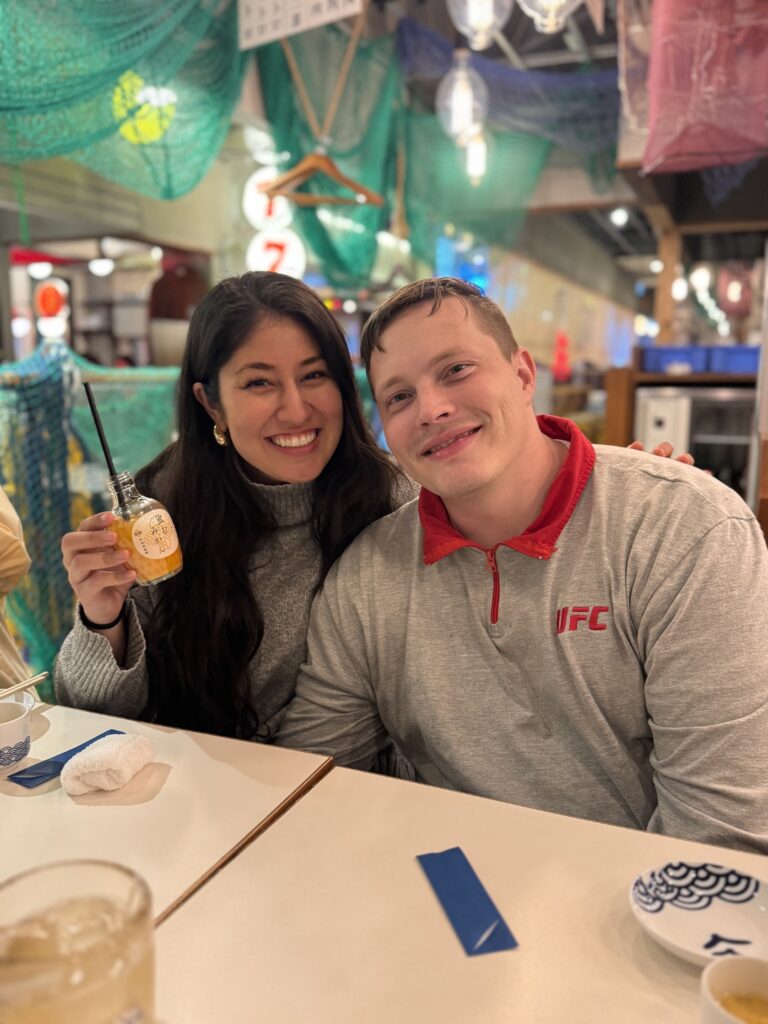
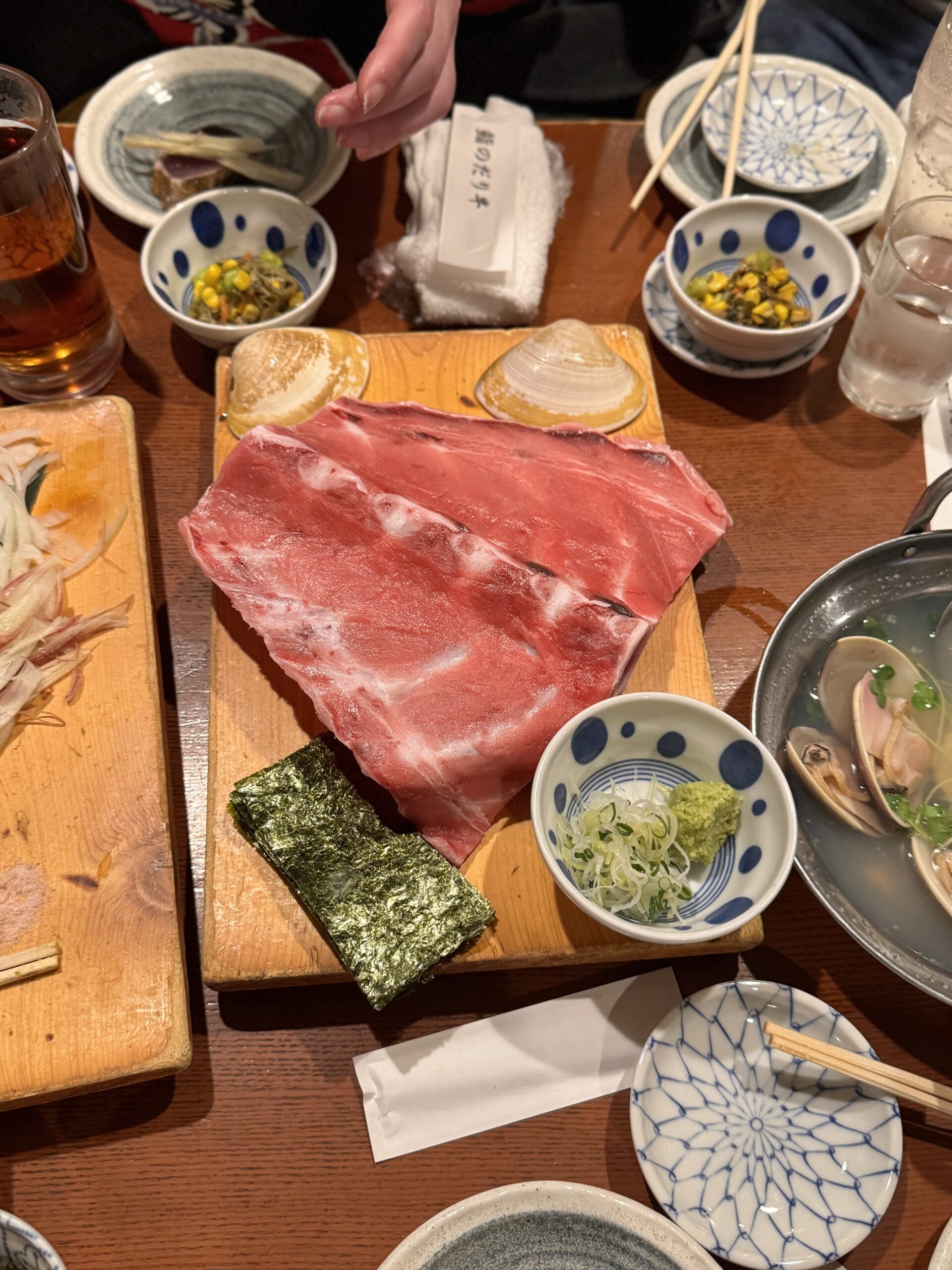
We tried so many dishes, some even my mom, who is full-Japanese and was completely born and raised in Japan, had never encountered.
This isn’t a tour for those looking for basic Japanese food – it’s for adventurous eaters, with a focus on incredible, fresh seafood. Below are some photos of the food we ate: grilled meat with shiitake mushrooms, smoked maguro (tuna), stingray jerky, and more tuna. It was all delicious!
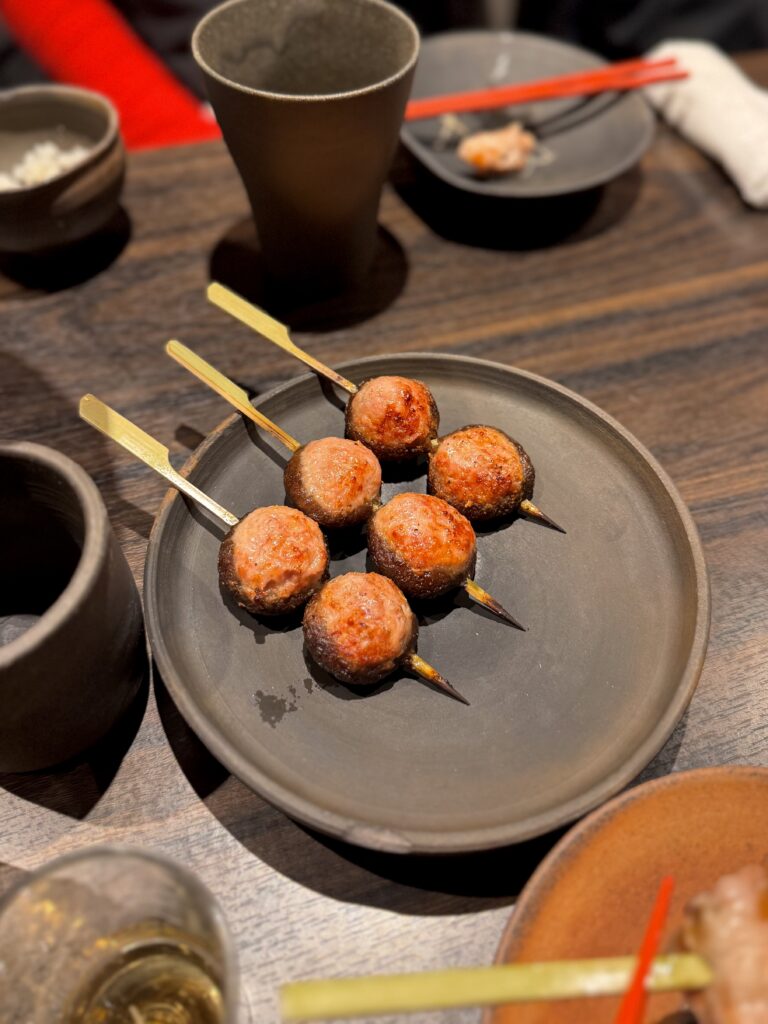
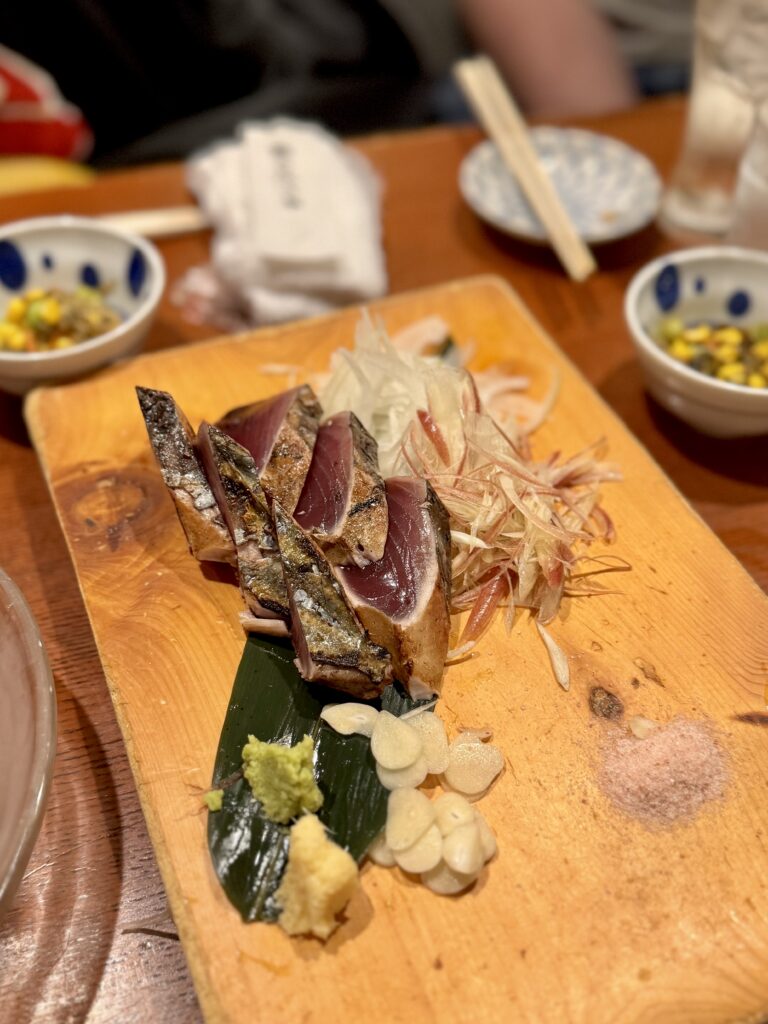
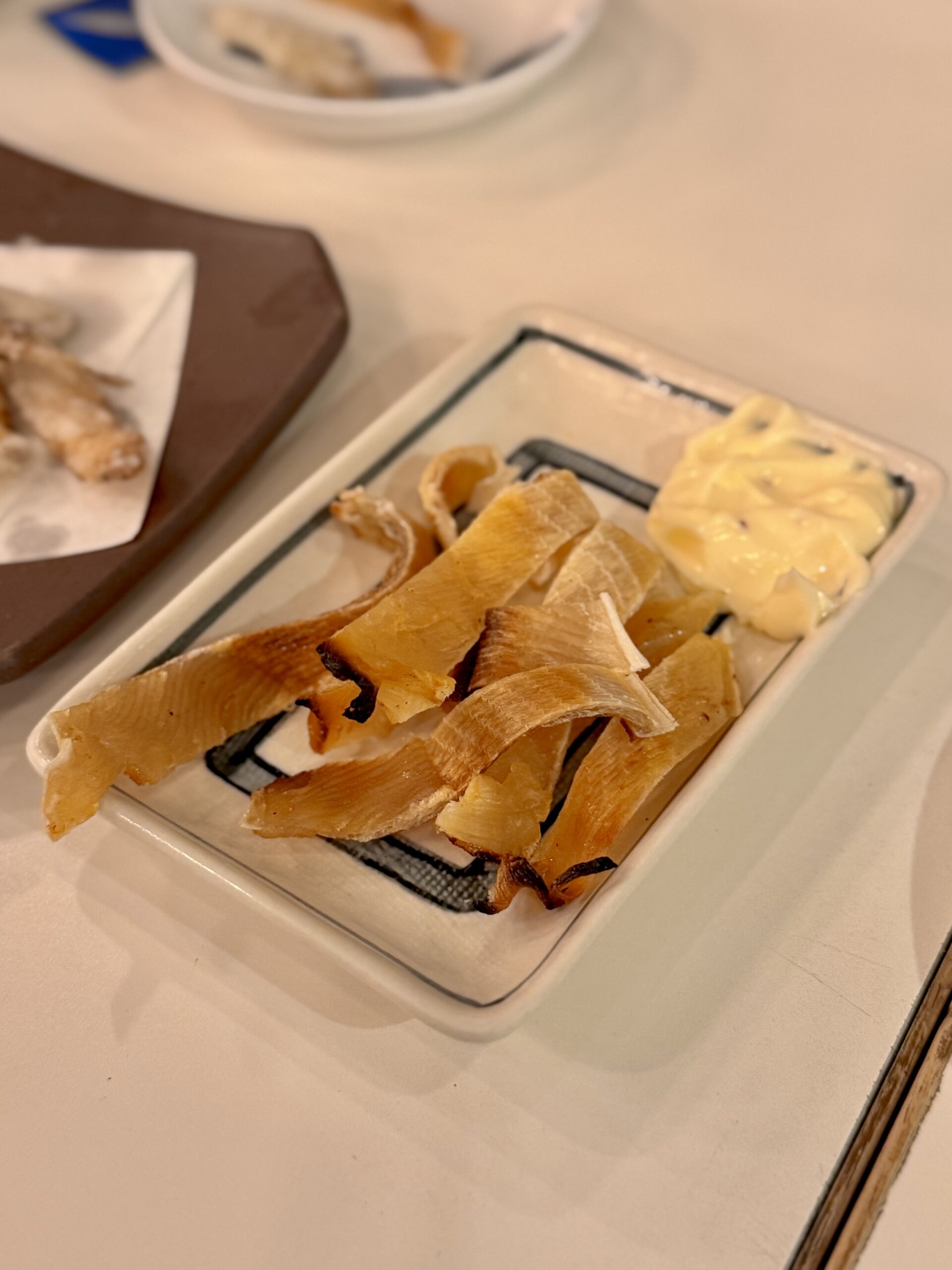
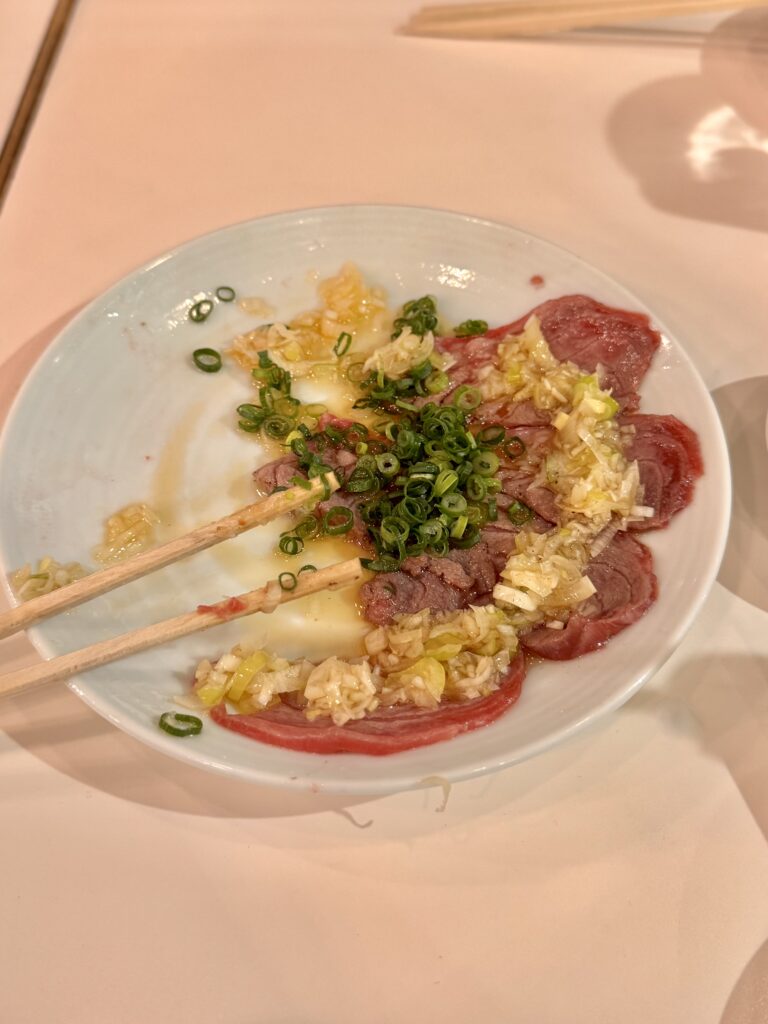
Kichijoji
Tucked just west of central Tokyo, is Kichijoji. I used to live in this area, so I may be biased, but if you are hoping to do some shopping in Japan, I recommend visiting here as opposed to other crowded locations.
Sun Road in Kichijoji is a covered shopping street lined with everything from trendy boutiques and quirky specialty shops to casual eateries and local grocers. It’s the perfect place to shop for souvenirs. The area has a relaxed, artsy atmosphere with narrow streets full of boutique shops, vintage clothing stores, cafés, and cozy izakayas.
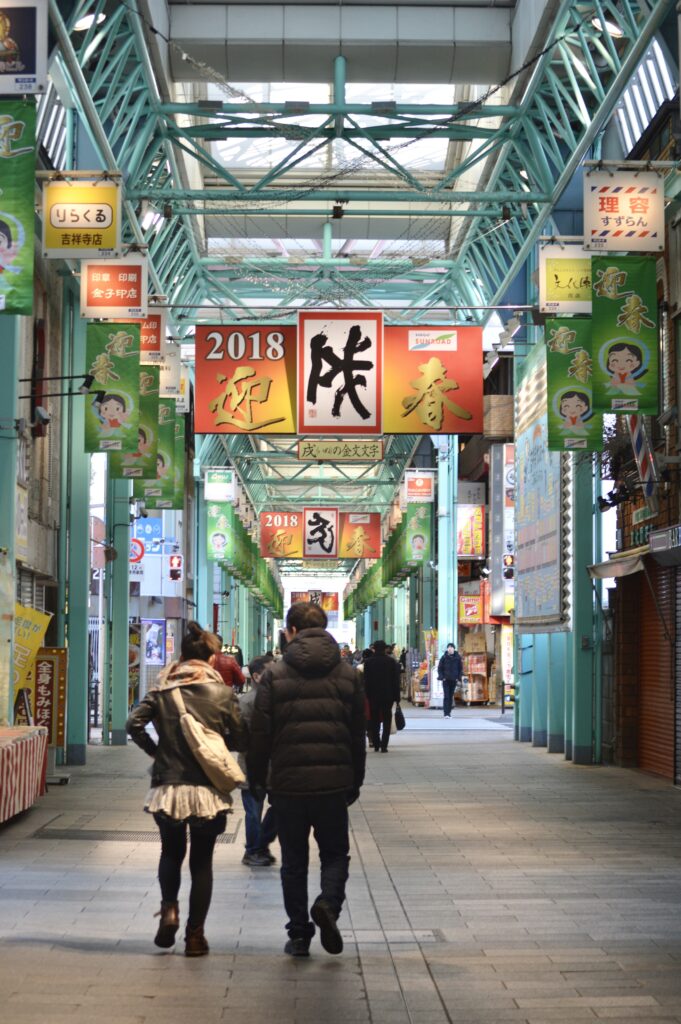
Good food and shopping? Yes, please!
This is also a great place to go if you’re in Tokyo and there’s inclement weather, since you can hide away indoors!
One of my favorite treats to grab in Kichijoji is taiyaki, a fish-shaped pastry (sort of like a waffle) that’s crispy on the outside and warm and fluffy on the inside. I recommend visiting Kurikoan for their taiyaki.
Taiyaki has fillings like red bean paste, custard, chocolate. My personal favorite is sweet potato. It’s so good hot and fresh!
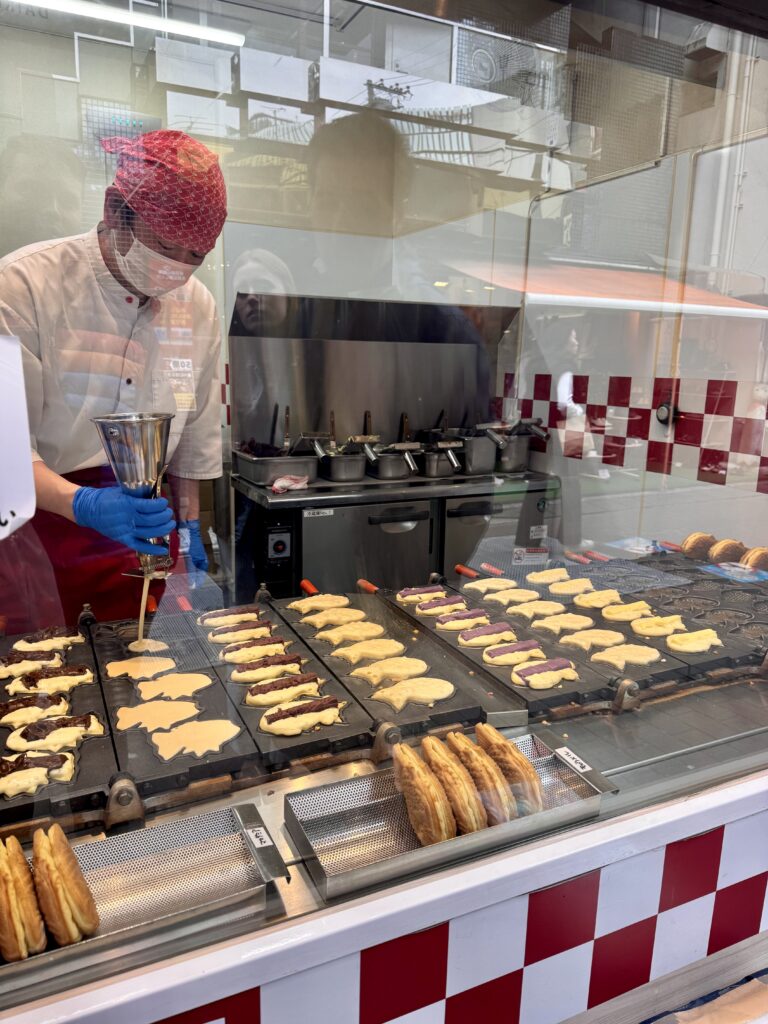
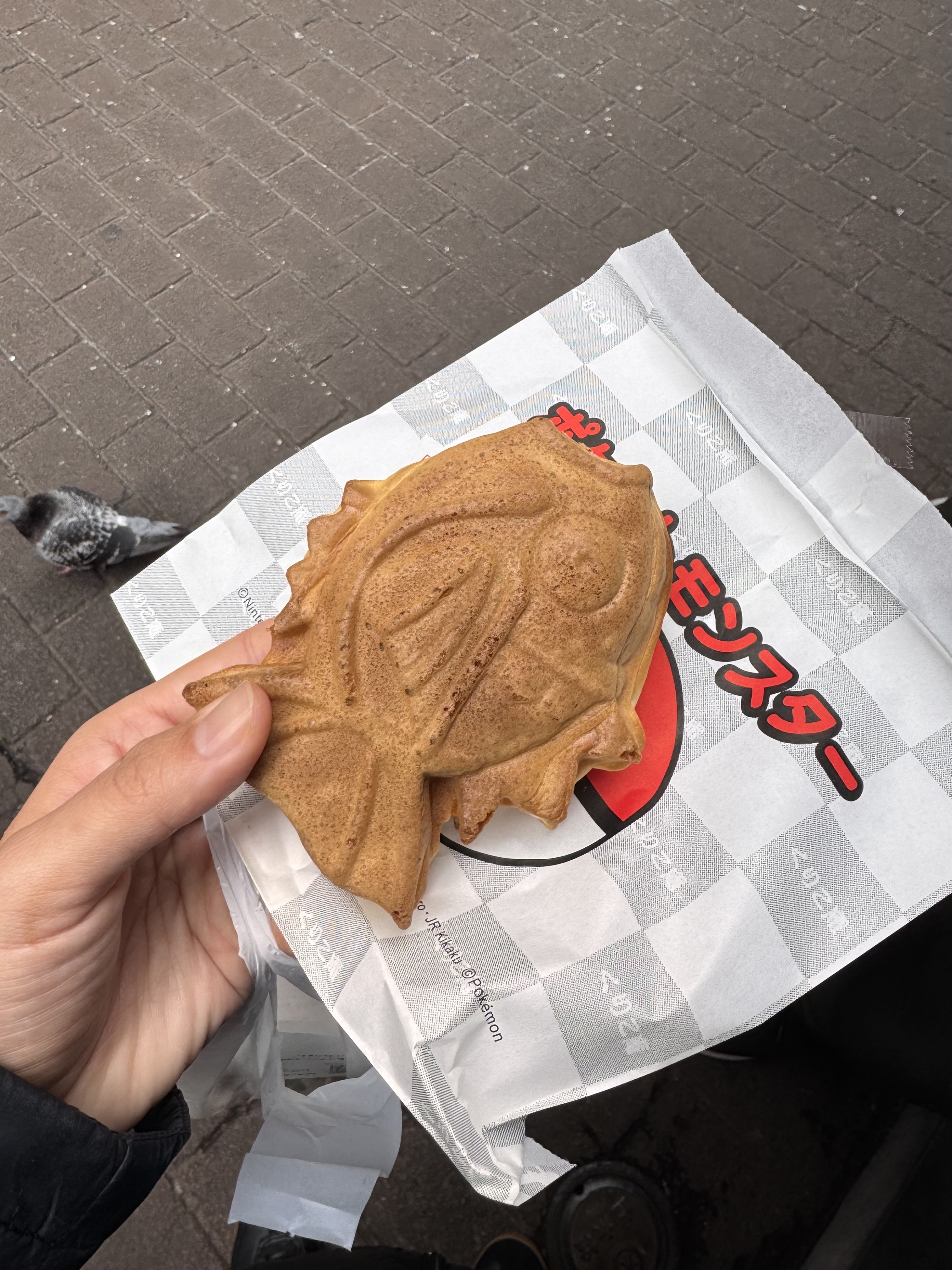
Another shopping activity to do in Kichijoji for my fellow four eyes peeps…
I always get compliments on my glasses, and I bought them in Japan. I always do, because I love the store I get them from, called J!NS. There’s locations all over Japan, but I usually go to the one in Kichijoji.
J!NS is one of the easiest places to buy glasses because they can check your eyes right there in the store, with tests available in both Japanese and English. The process is quick, convenient, and the frames are stylish yet affordable.
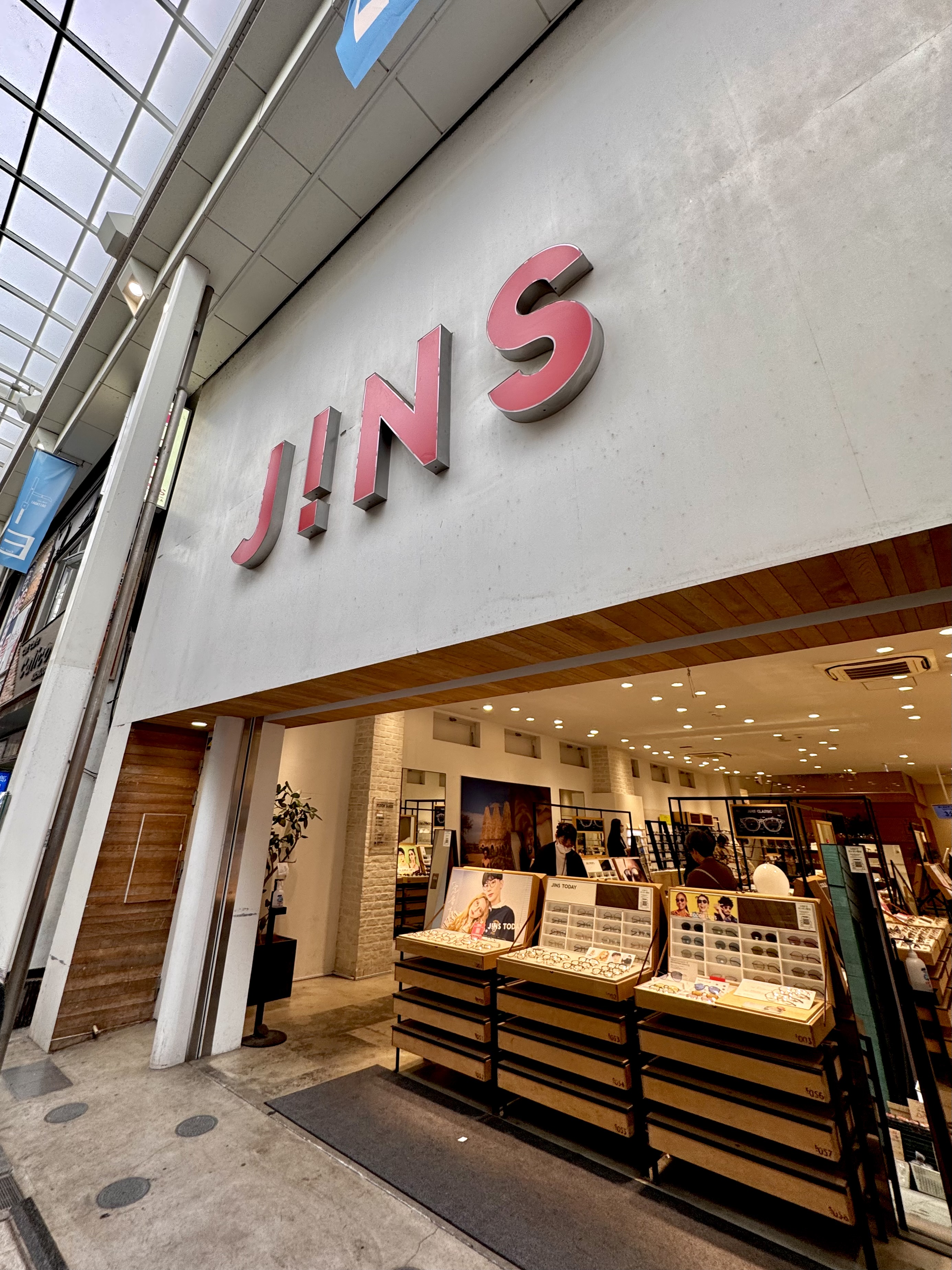
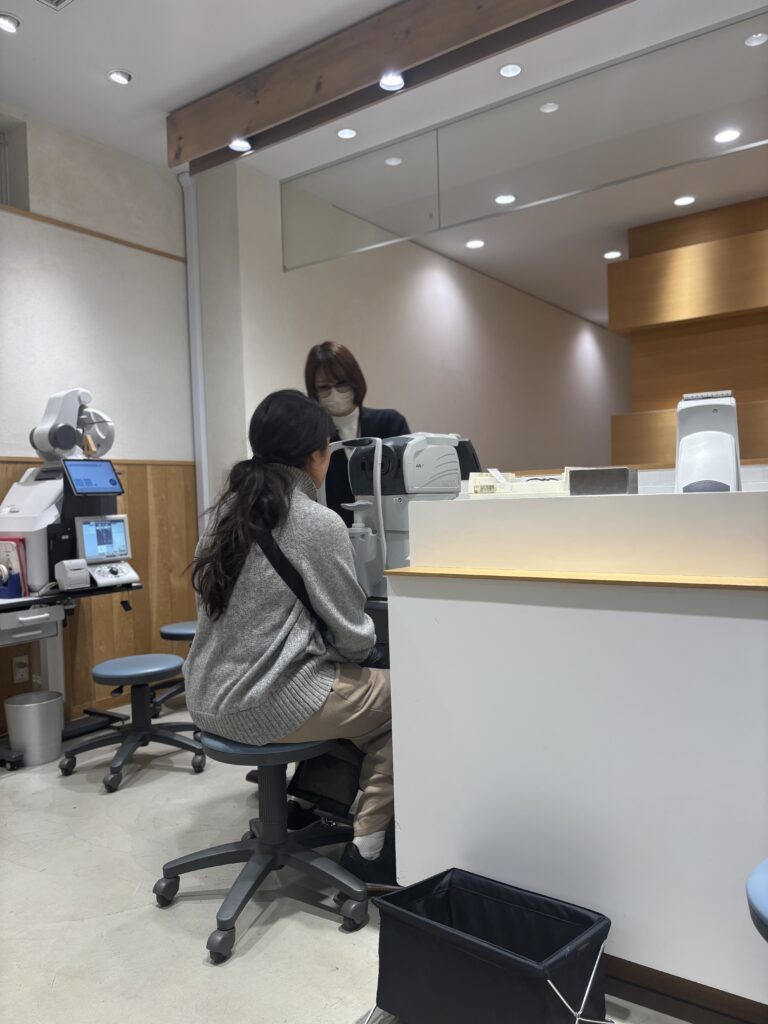

One of Kichijoji’s other biggest draws is Inokashira Park. It’s a large, stunning park perfect for strolling, picnicking, or even renting a swan boat on the large pond.
During spring, the cherry blossoms here are stunning, and in autumn, the park transforms with fiery foliage. It’s the kind of place where you can spend hours just wandering and soaking in the slower pace compared to Tokyo’s busier districts.
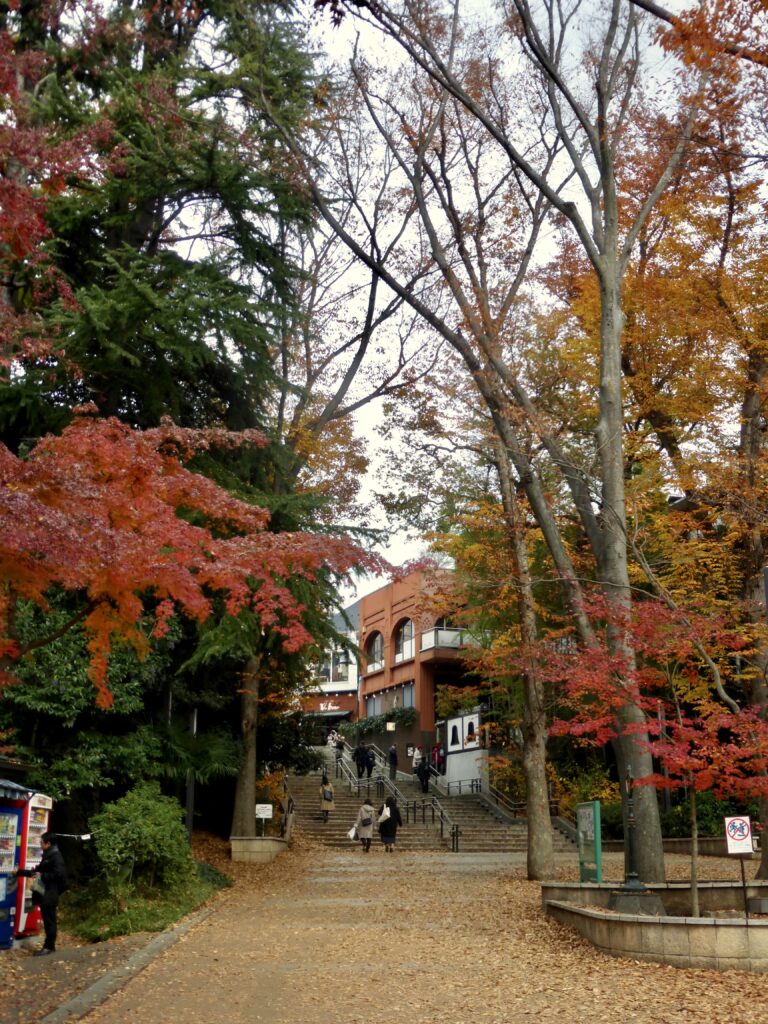
Lastly, I’ve heard the Ghibli Museum is a must if you’re in Kichijoji area! I’ve actually never gone myself because tickets need to be purchased in advance and it’s never worked out for me, but I’ve always wanted to go! My mom and brother went recently, and they had a blast.
The museum is located near Inokashira Park and is a love letter to the world of Studio Ghibli, the animation studio behind classics like Spirited Away and My Neighbor Totoro. My mom and brother described the museum as stepping into a Ghibli film: spiral staircases, stained-glass windows, hidden passageways, and rooftop gardens.
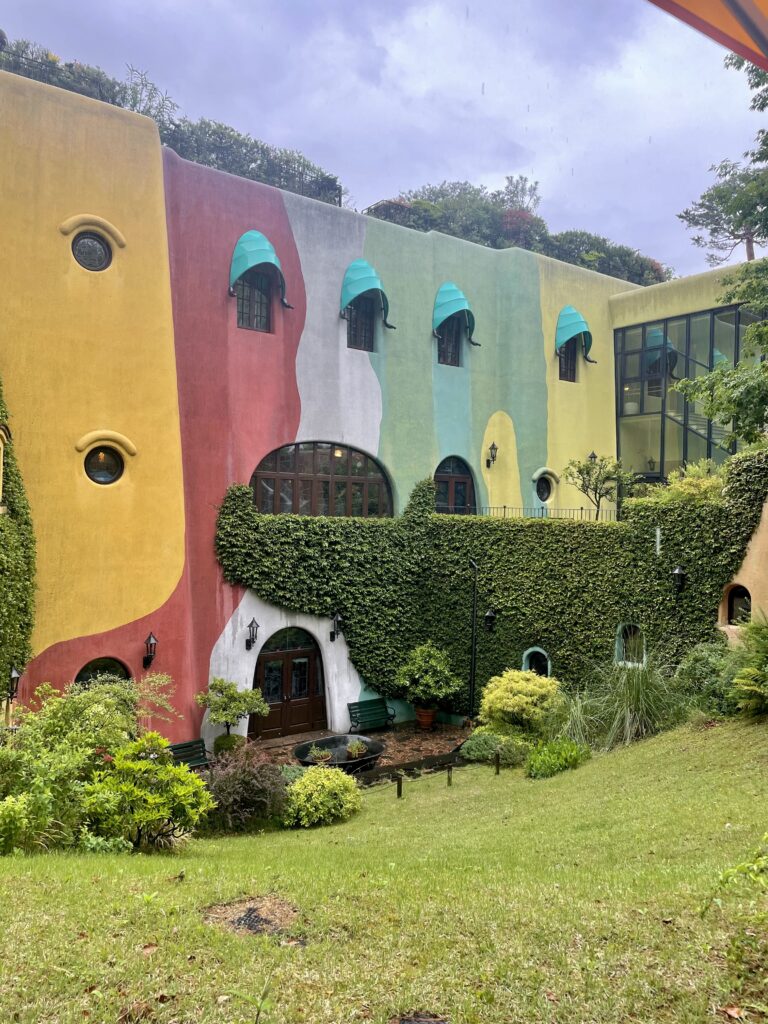
Inside, you’ll find exclusive short films, original sketches, and interactive exhibits. Tickets must be purchased far in advance, and entry times are staggered. More information on how to book is here. Their website states:
“Tickets become available for purchase at 10 a.m. (JST) on the 10th of each month for the subsequent month. For example, tickets for February 1st through February 28th go on sale at 10a.m.(JST) on January 10th.
Tickets are valid only for the specified date and time of entry, with no set exit times.”
Also, note that photography inside the museum is prohibited. Because of that, I have very limited pictures that my mom took around the museum, but none inside the actual exhibit.
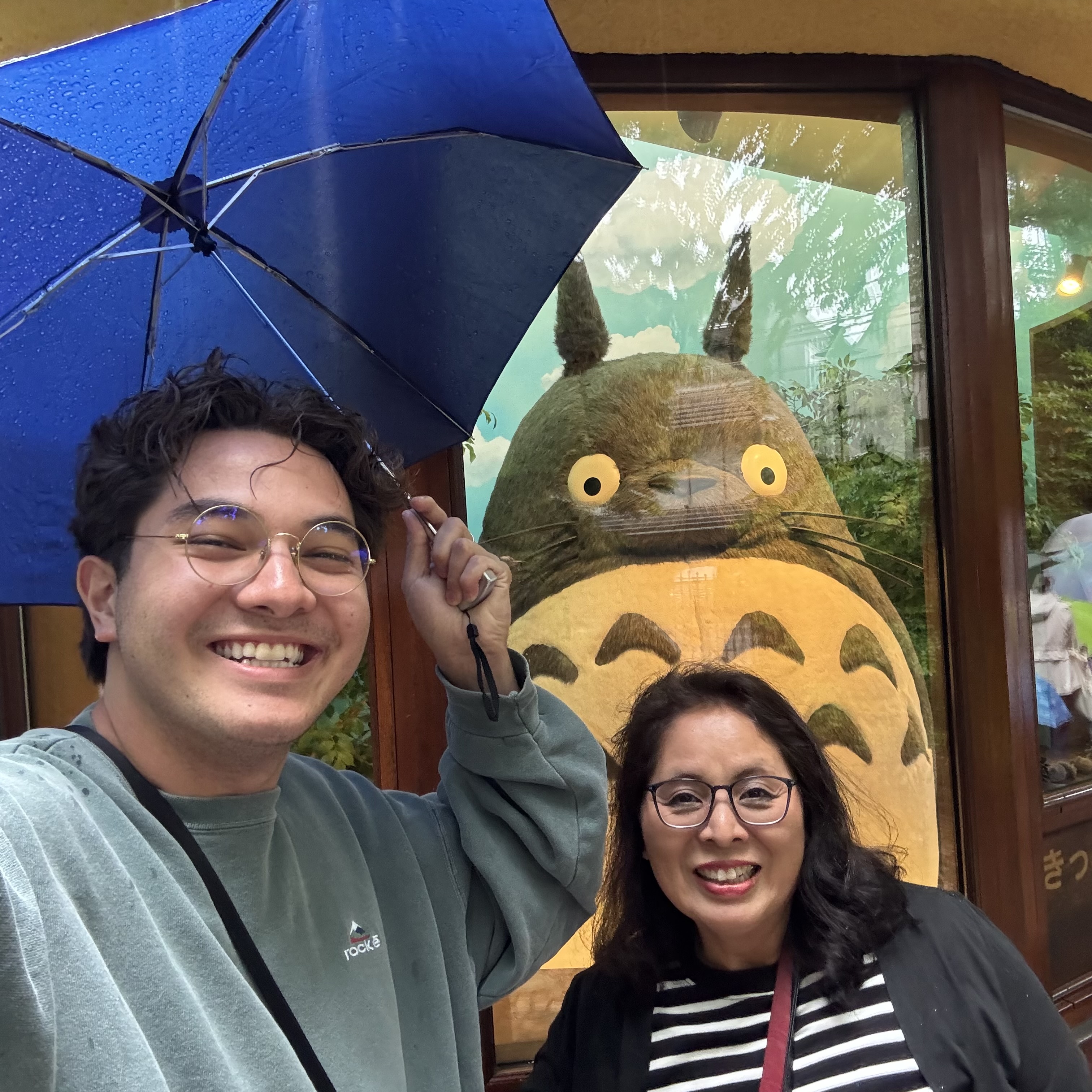
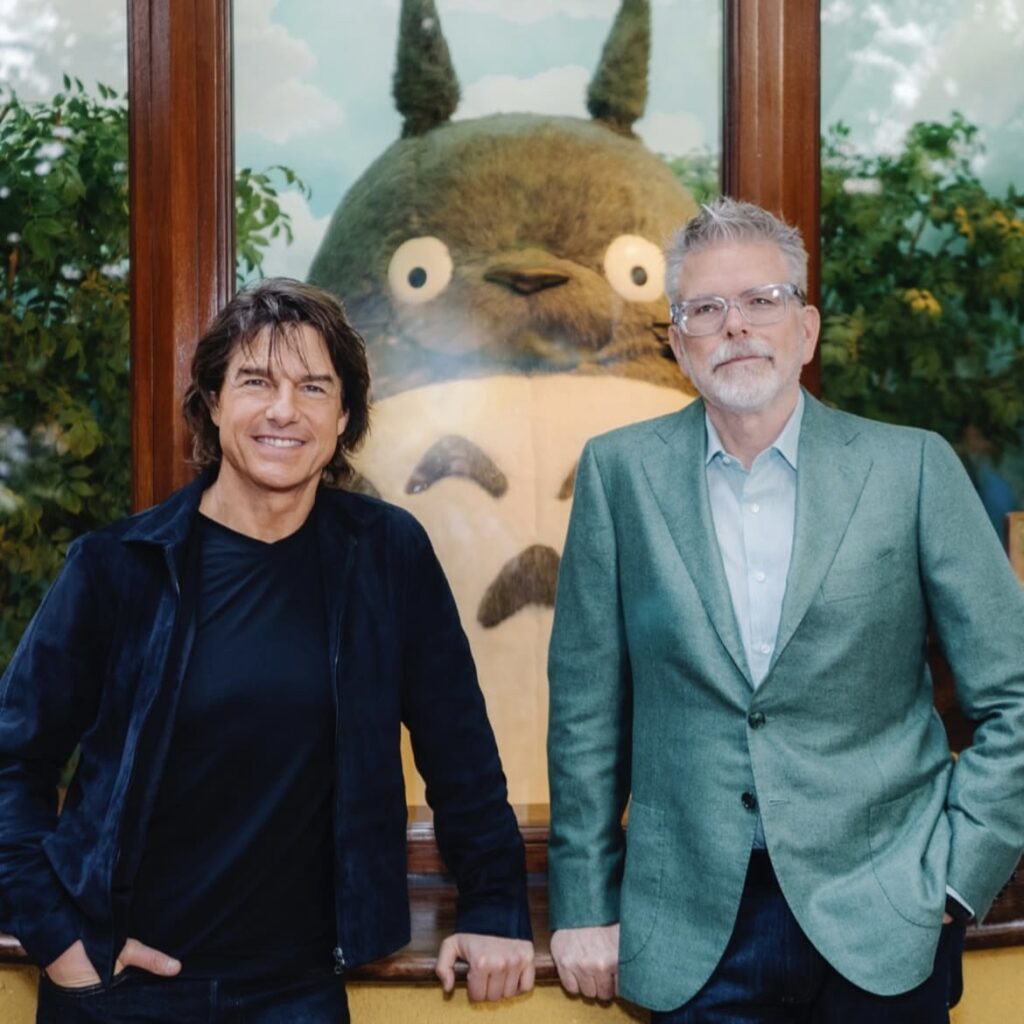
Kamakura
Kamakura is a coastal town just about an hour south of Tokyo by train, making it a super easy and worthwhile day trip. If you’re visiting Japan – even for less than a week – I’d say it’s a must-see!
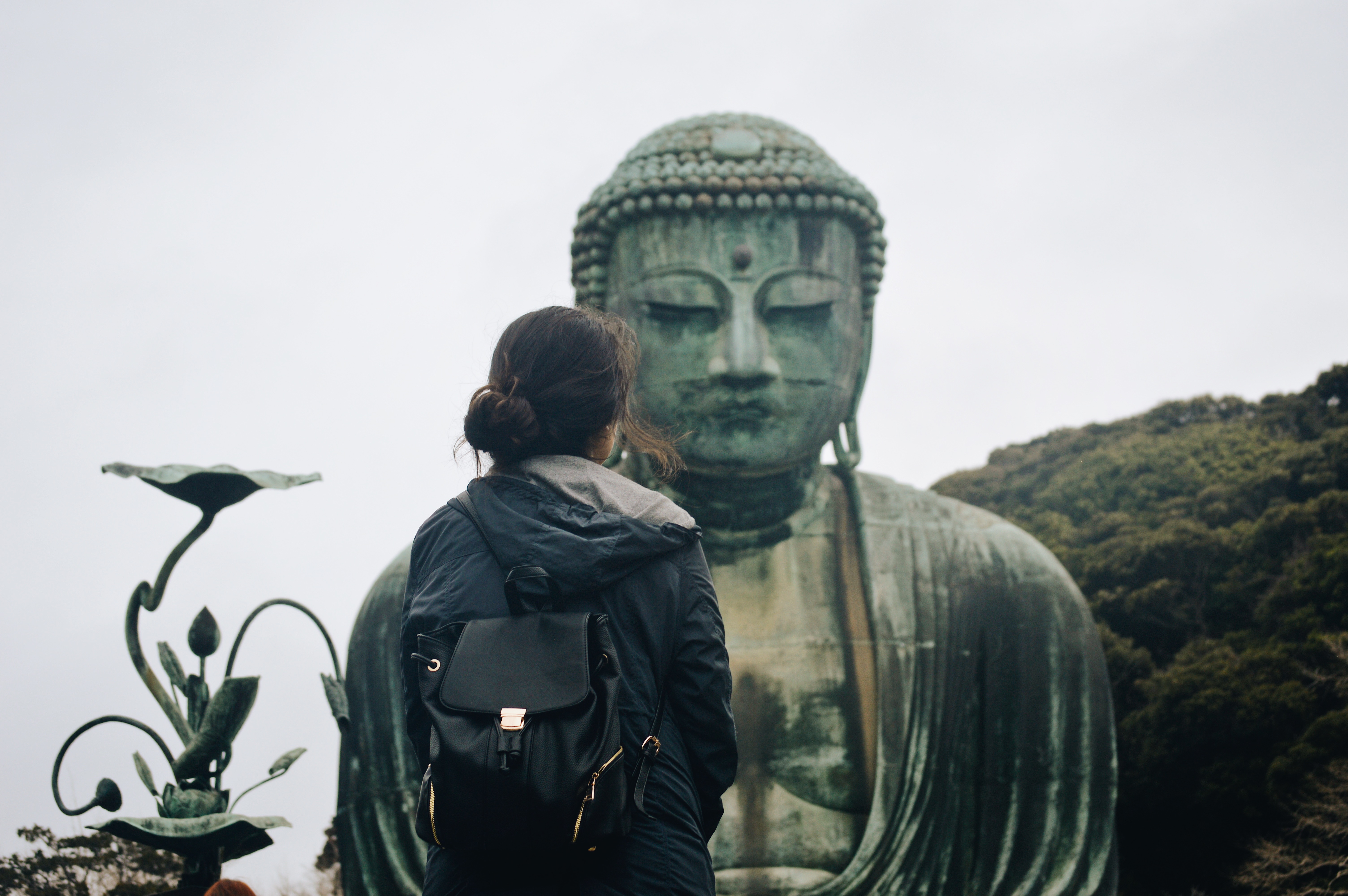
The vibe is completely different from the fast pace of Tokyo, and it gives you a glimpse into Japan’s more traditional, spiritual side without having to travel far.
The most iconic sight in Kamakura is the Daibutsu (pictured), or Great Buddha. This massive bronze statue stands over 13 meters tall and has been sitting peacefully under the open sky since the 15th century. It’s awe-inspiring in person. You can even step inside the statue to see how it was constructed, which is a fun and unique detail.
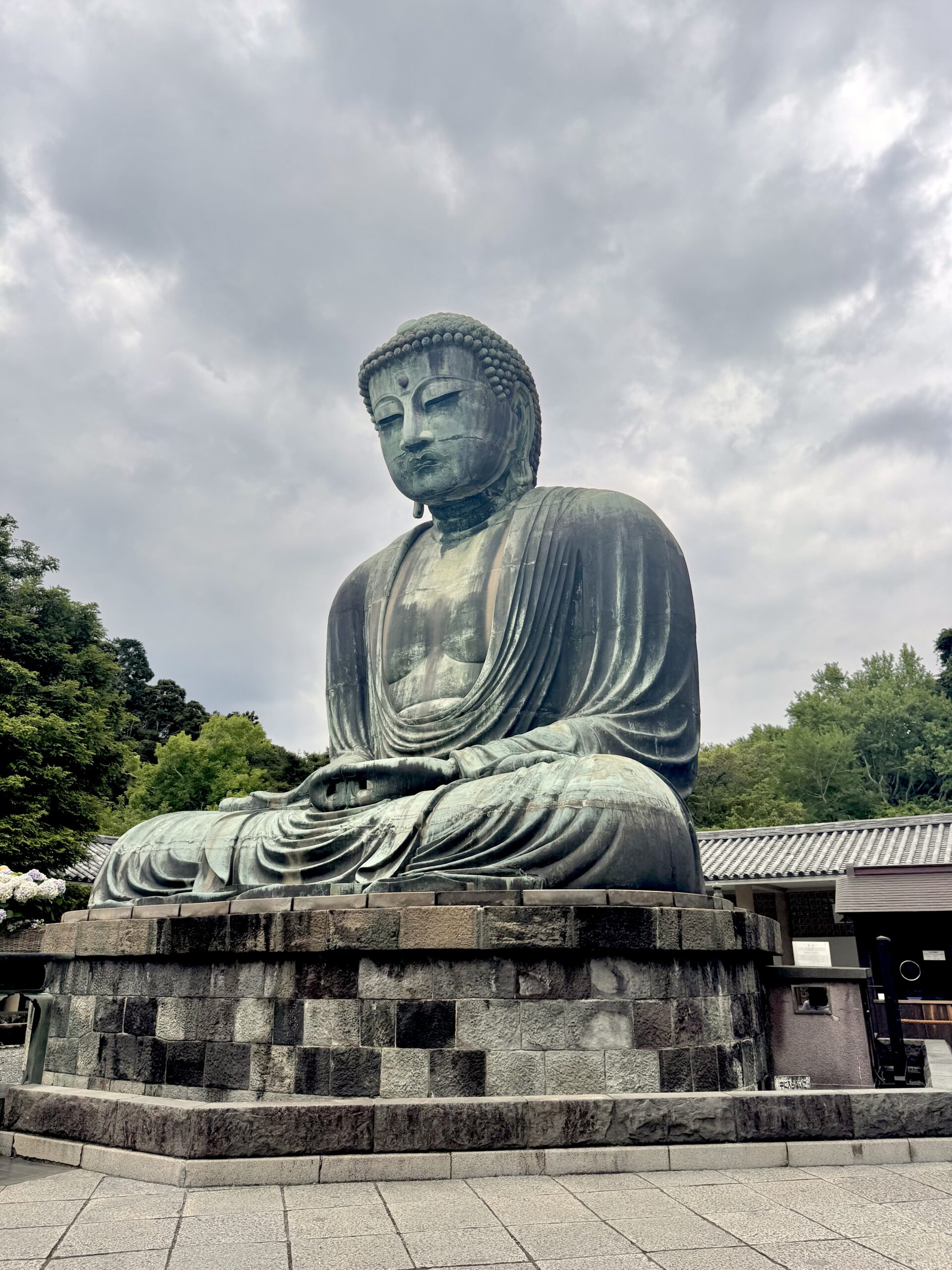
Pro-Tip: Go right when it opens if you can at 8 AM to avoid crowds!
If you’re visiting Kamakura, two of the most popular spots besides the Daibutsu are Hasedera Temple and Tsurugaoka Hachimangu Shrine (the red shrine pictured). Both are beautiful in their own ways, but if I had to pick just one, I’d go with Tsurugaoka Hachimangu.
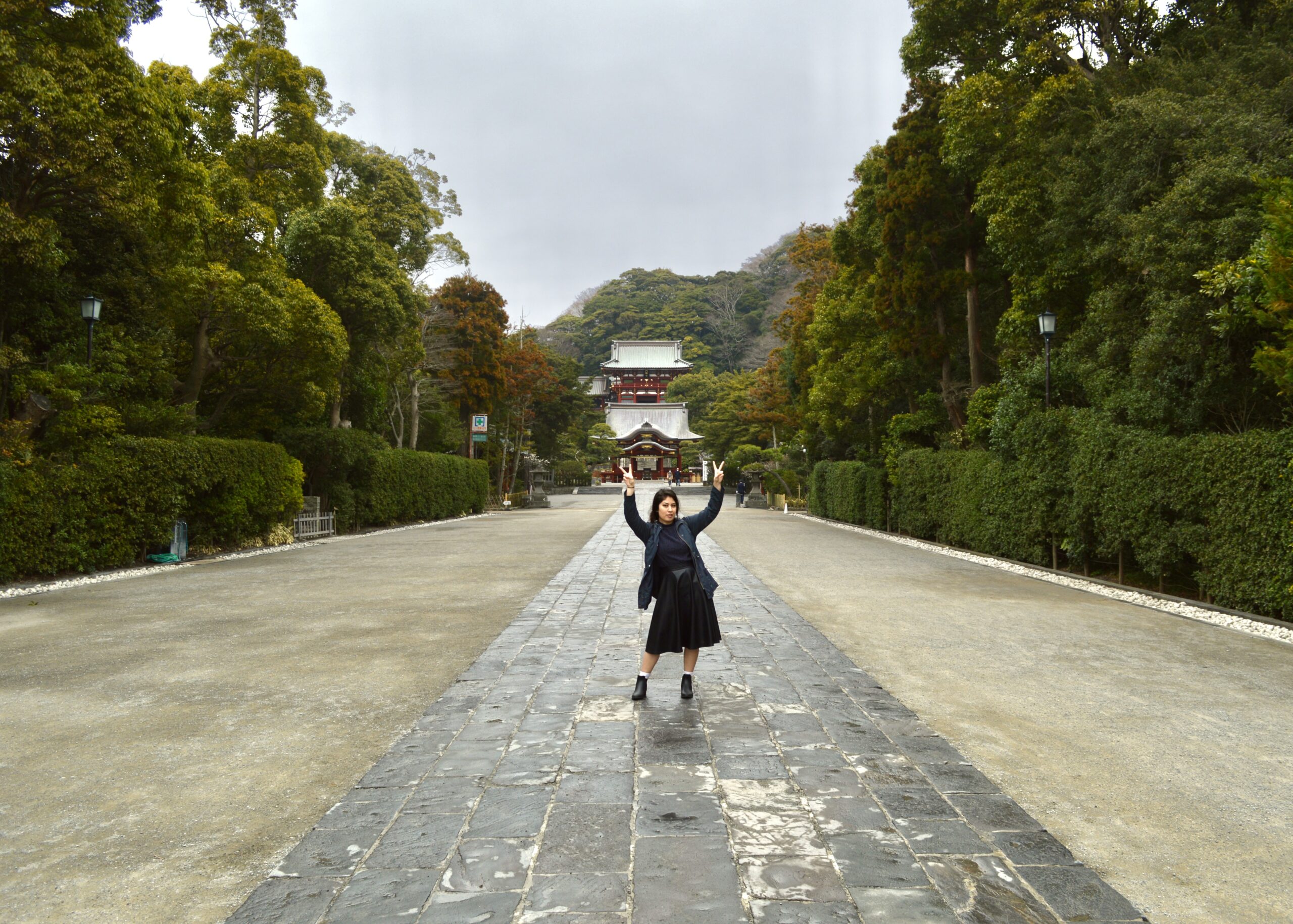
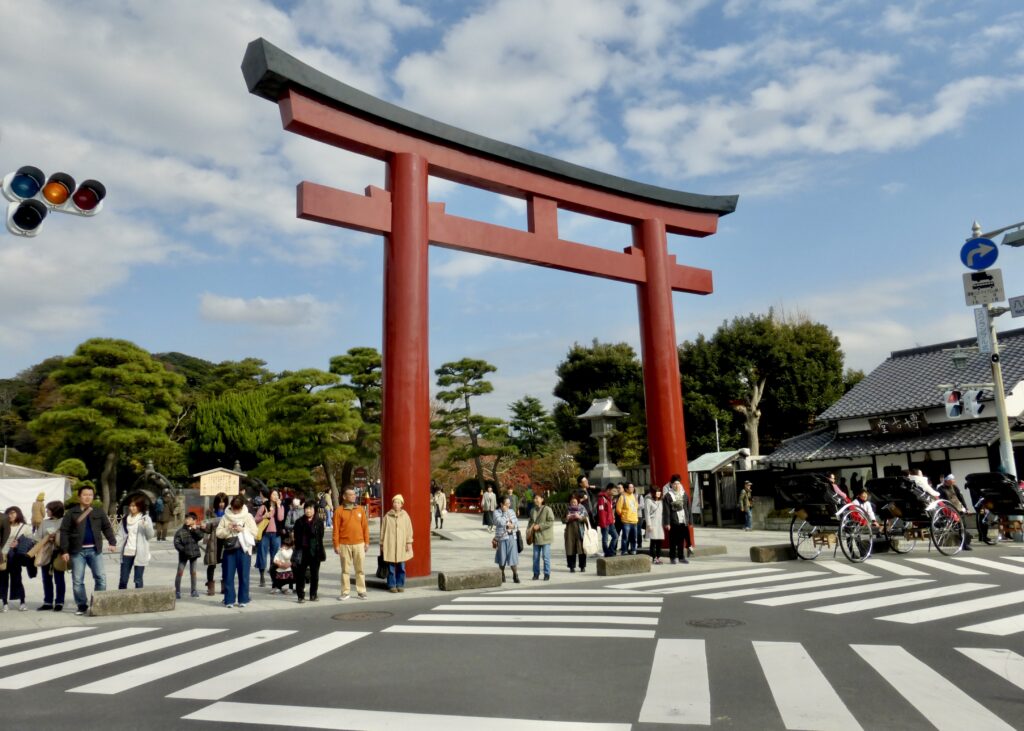
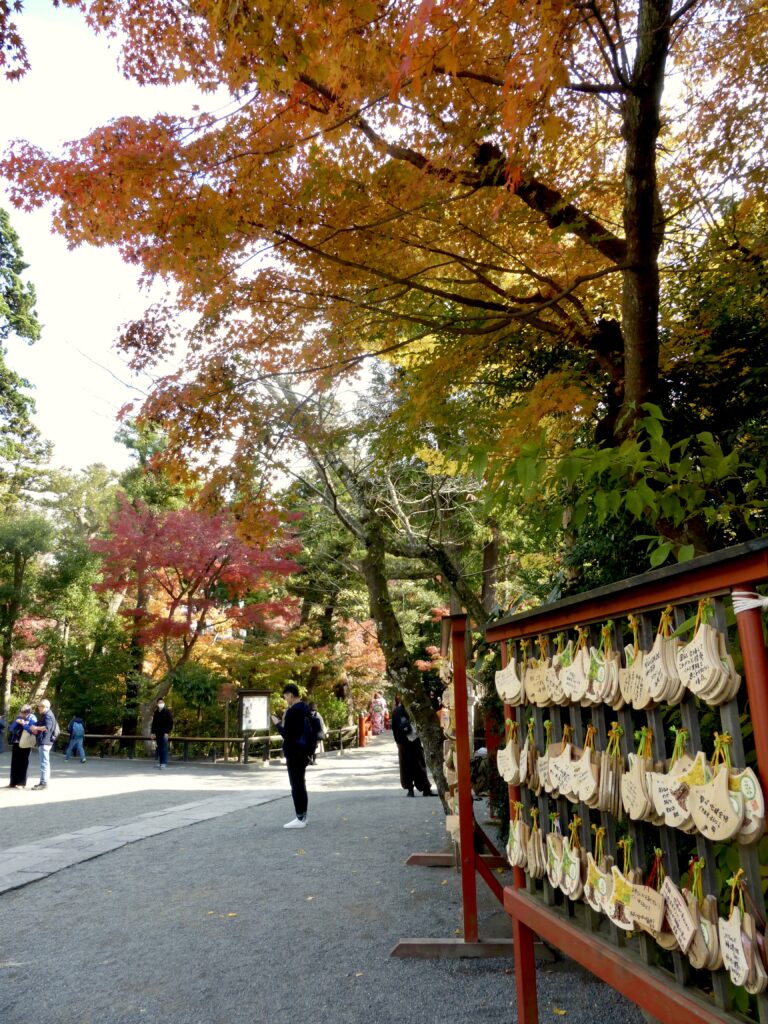
Right by Tsurugaoka Hachimangu is Komachi Street, which is a must! It’s a pedestrian street lined with snack stalls, cafes, and local shops. You’ll find everything from matcha soft serve to taiyaki and little handmade souvenirs.
Even if you’re short on time, walking down Komachi Street for a treat or two is totally worth it. I love walking down the street and grabbing random foods here and there for lunch.
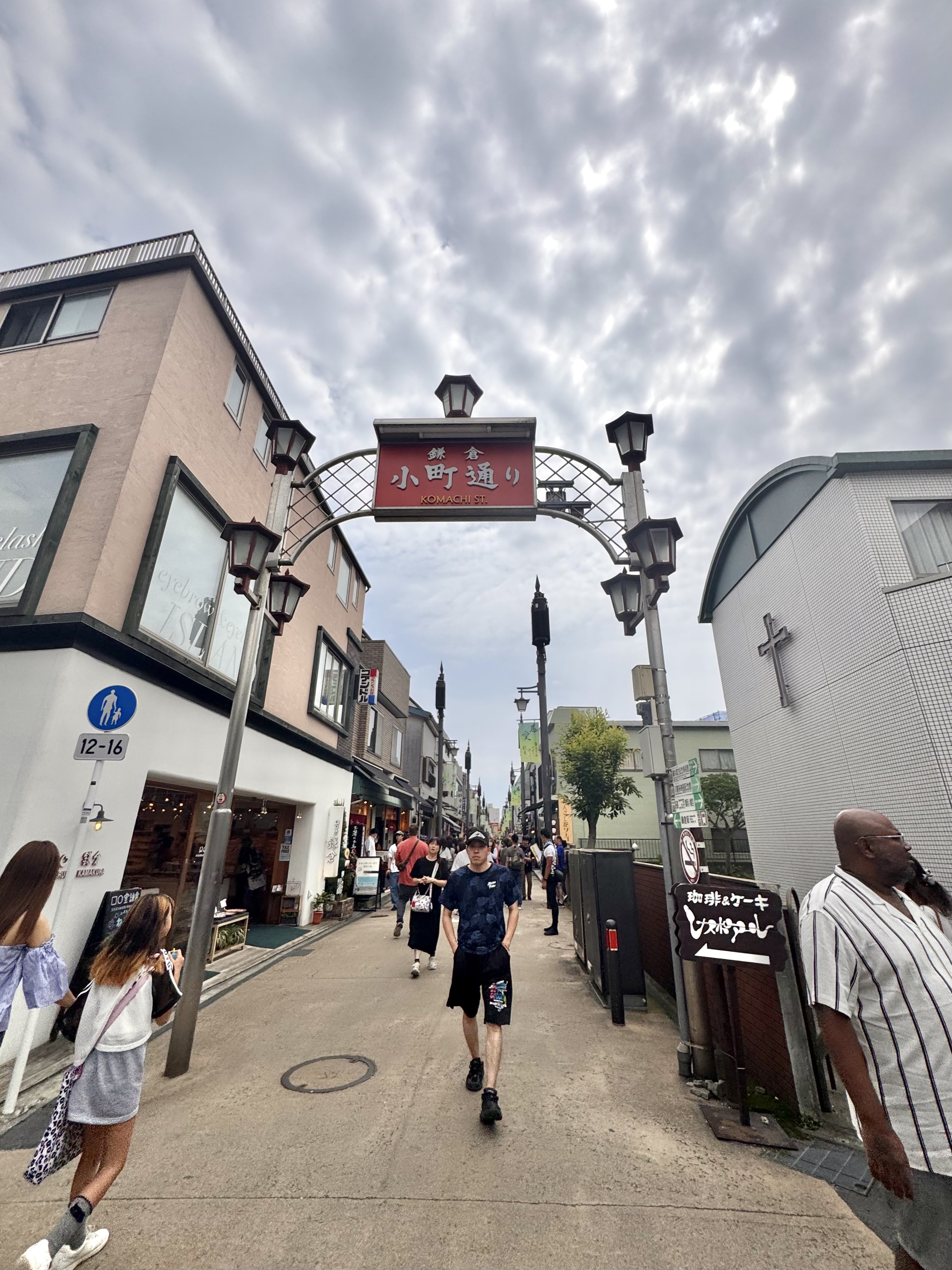
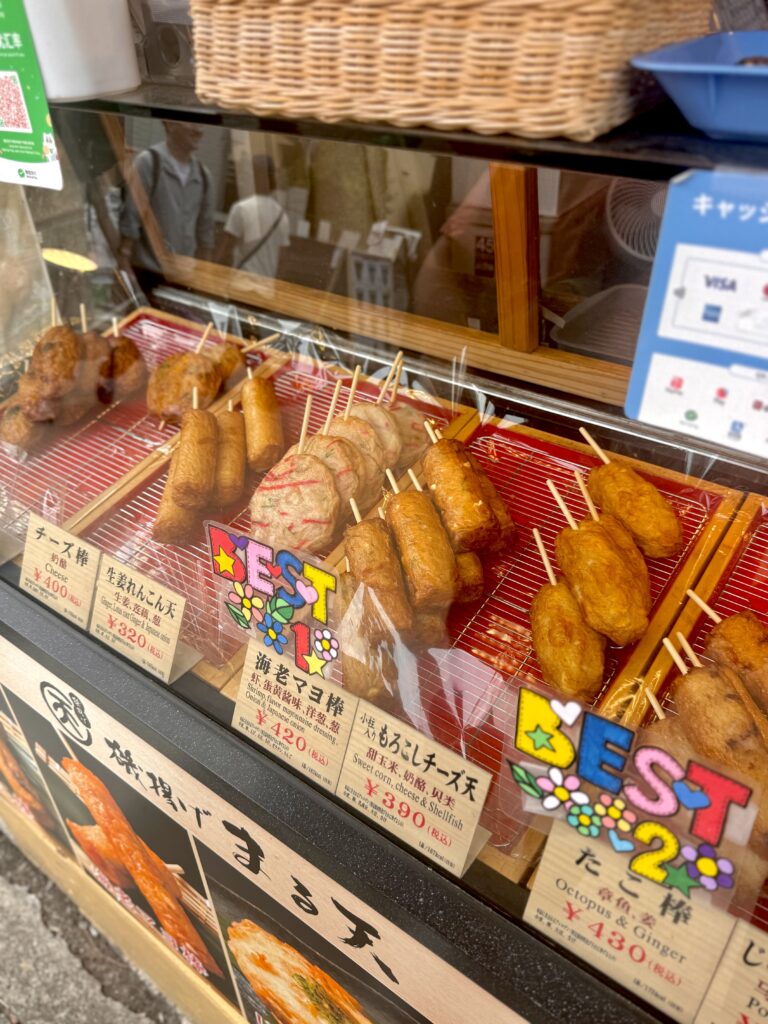
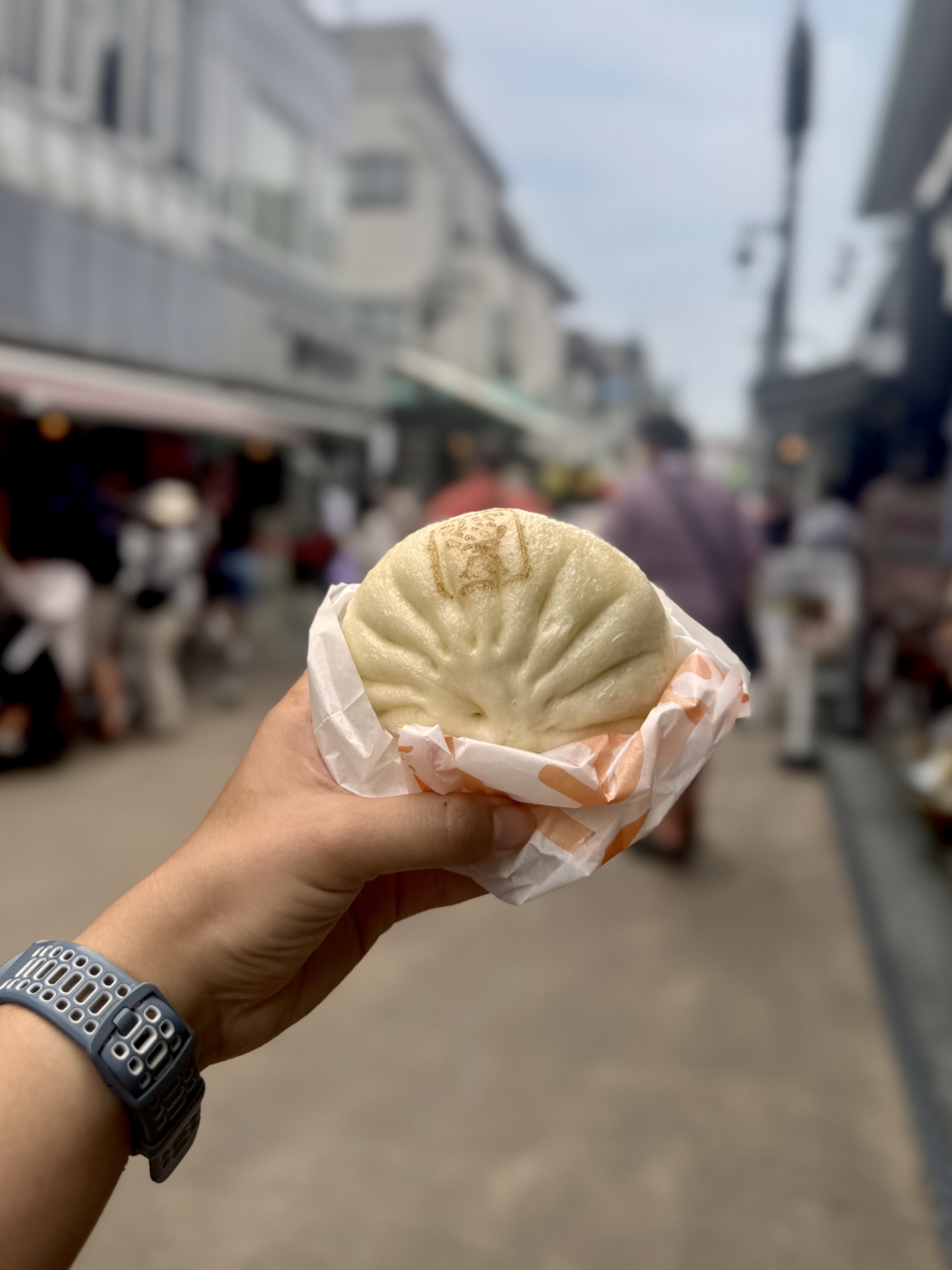
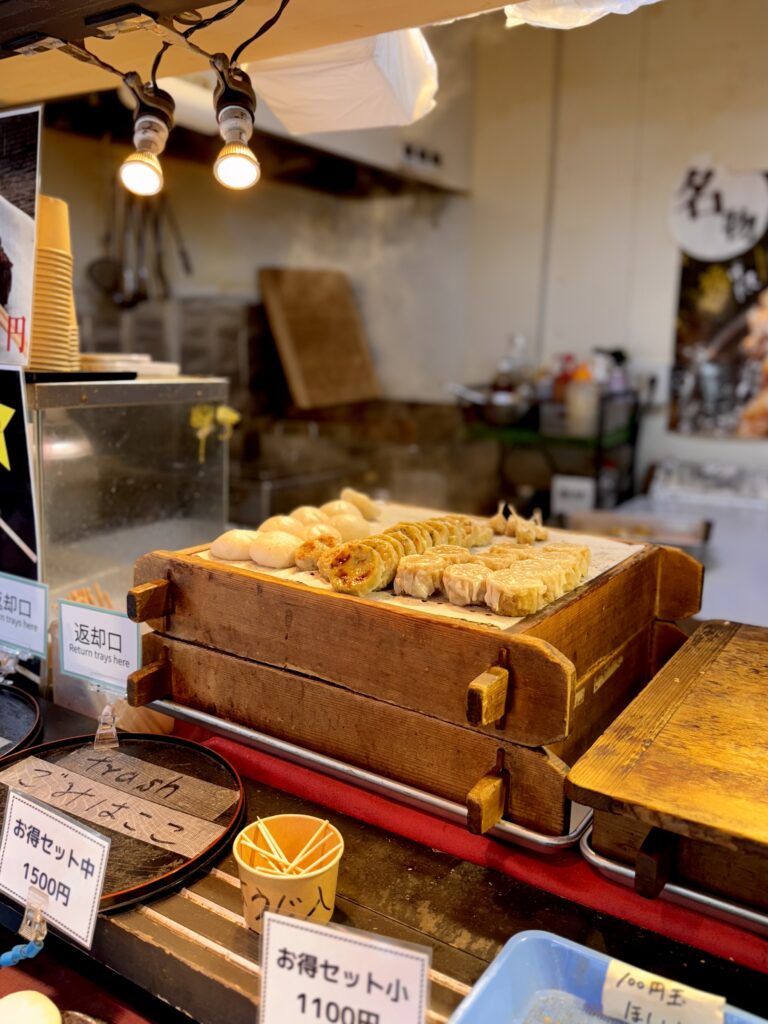
Hasedera Temple is also worth seeing if you have extra time in Kamakura. It’s perched on a hillside with sweeping ocean views. The temple grounds are peaceful and full of smaller statues, gardens, and hidden corners.
But overall, if you’re doing a half-day trip, I’d prioritize Tsurugaoka Shrine and Komachi Street.
Tokyo Disney
Tokyo is home to two incredible Disney parks: Tokyo Disneyland and Tokyo DisneySea.
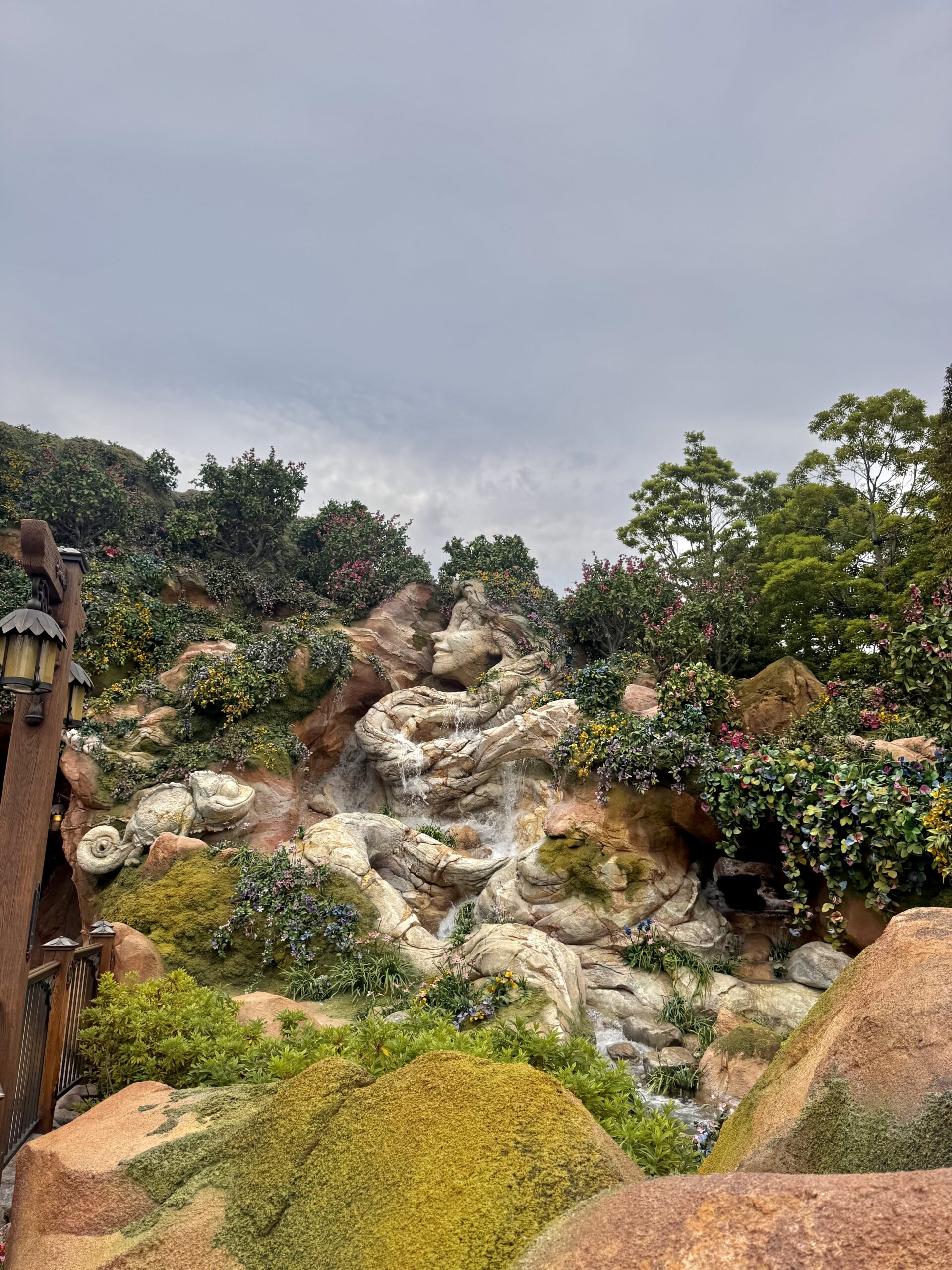
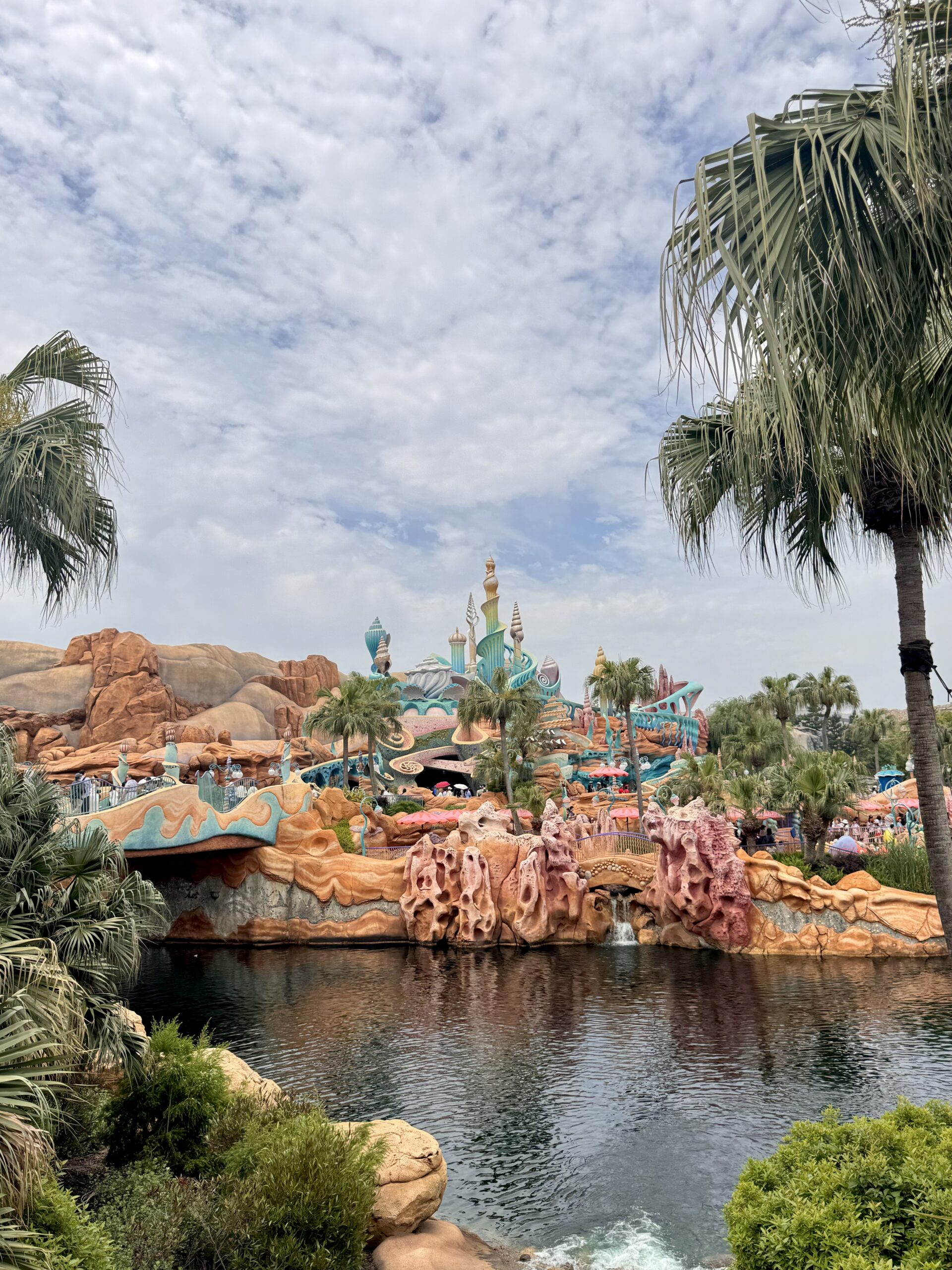
Tokyo Disneyland features classic rides, parades, and beloved Disney characters (much like its American counterparts). On the other hand, DisneySea is unlike any other Disney park in the world. It has a nautical theme, immersive lands, and rides you won’t find anywhere else. Both parks are magical and so worth going to!
Below are some photos of the food we ate. DisneySea has a plethora of churro varieties (including savory varieties!), which was fun to try.
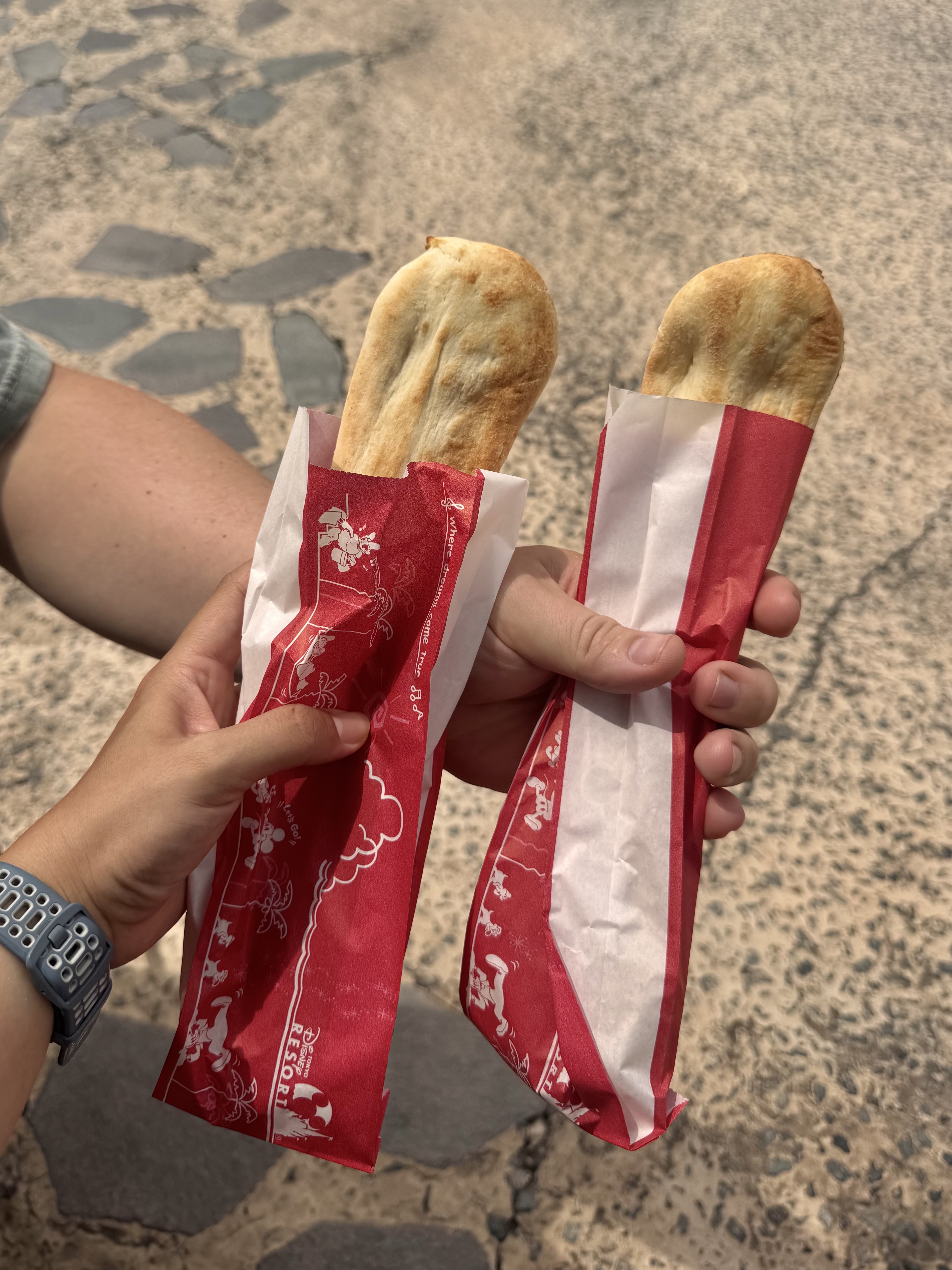
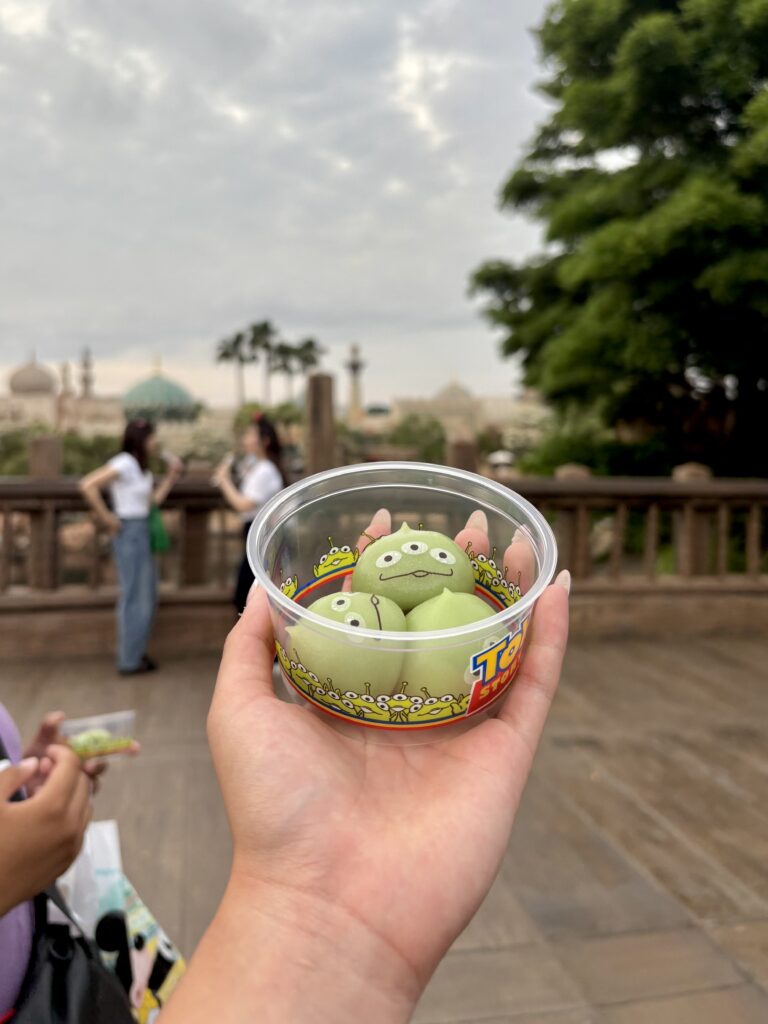
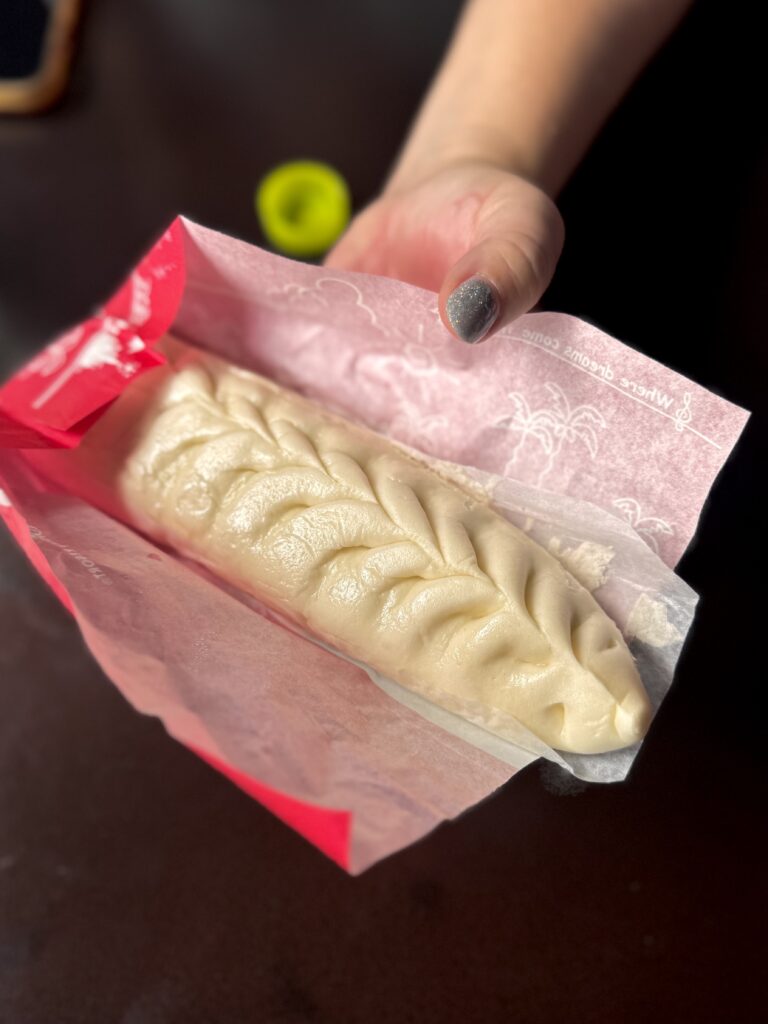
One of the best things about Tokyo Disney is that it’s way more affordable than Disneyland or Disney World in the U.S., especially considering the quality of food, merchandise, and overall experience. Tickets are reasonably priced, and there are plenty of food options inside the parks that won’t break the bank.
Yokohama
Yokohama is a major port city just south of Tokyo, about 30 minutes away by train. It’s Japan’s second-largest city known for its modern waterfront, historic Chinatown (the largest in Japan), and mix of international and Japanese culture.

If you’re looking for the best view in Yokohama, head up to the Landmark Tower’s Sky Garden Observatory.
Located on the 69th floor, it offers sweeping 360-degree views of the city, the harbor, and on a clear day, even Mount Fuji in the distance. The ride up in Japan’s fastest elevator is an experience on its own, and once at the top, the views make it a must-visit spot for anyone exploring Yokohama.
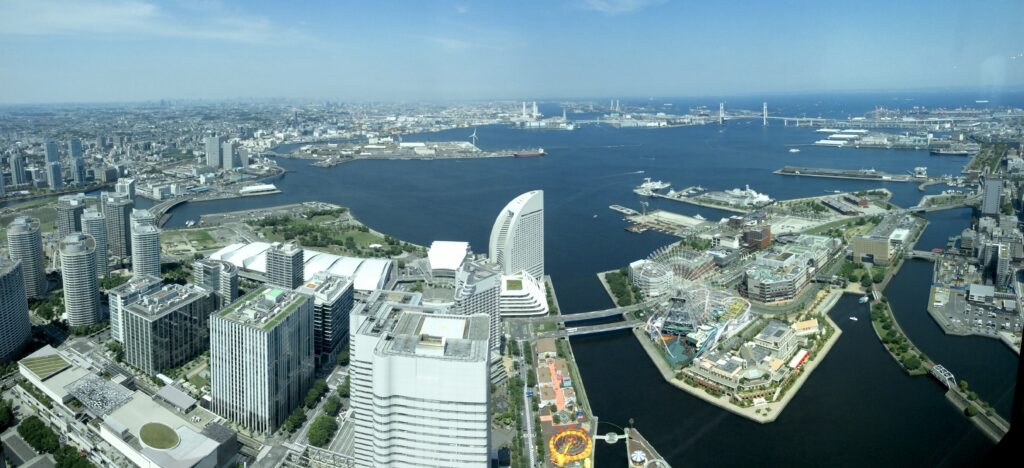
I used to live in Yokohama and absolutely love the area. It has a more westernized feel than many parts of Japan. Within Yokohama is Yamate. It’s an area full of beautiful old Western-style homes and charming hillside streets.
That said, if you’re visiting Japan for less than a week or two, I personally wouldn’t make Yokohama a top priority – it doesn’t feel super “Japan-esque”. A lot of the restaurants are pretty Westernized, along with the scenery. Any longer than two weeks, though, and I think it’s worth it!
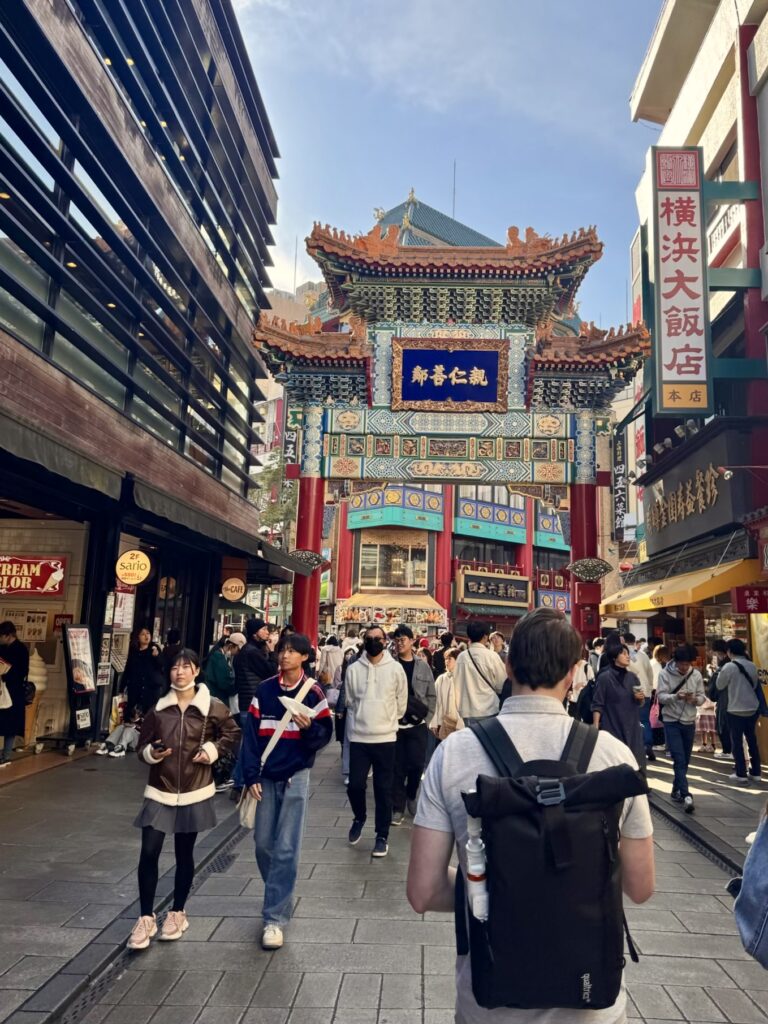
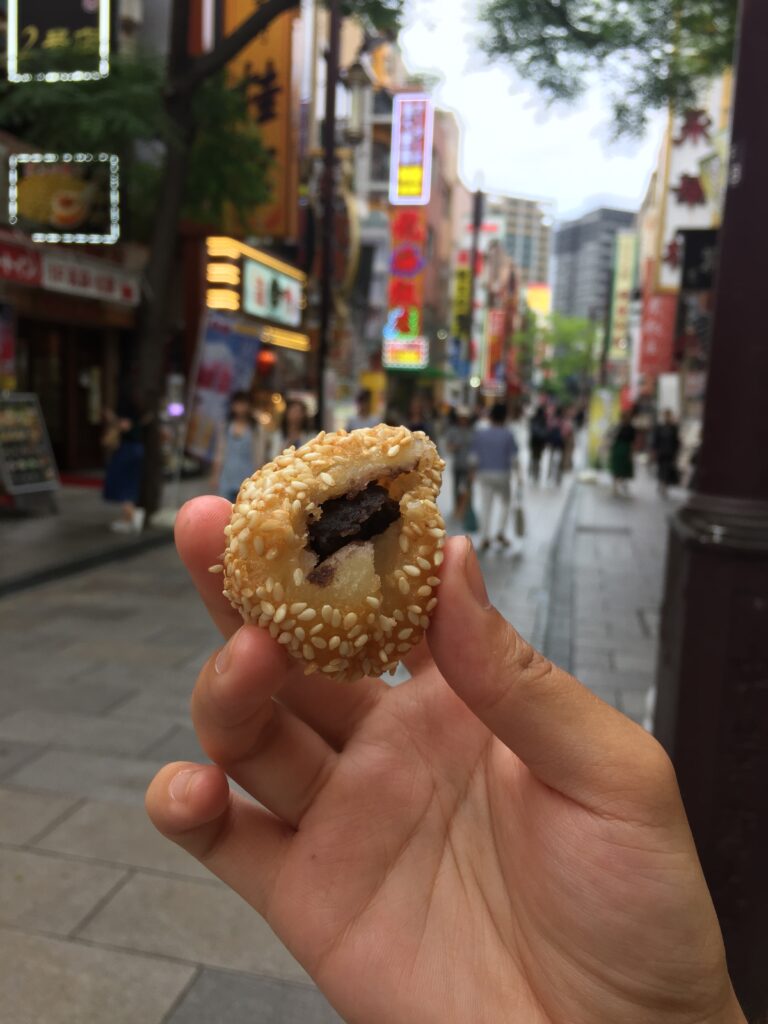
If you end up making the trip to Yokohama, Chinatown is definitely the highlight. It’s the largest in Japan and packed with beautiful temples and endless food options.
You’ll find everything from steamed pork buns and soup dumplings to crispy duck and sesame balls. It’s worth a quick visit while you snack and stroll.
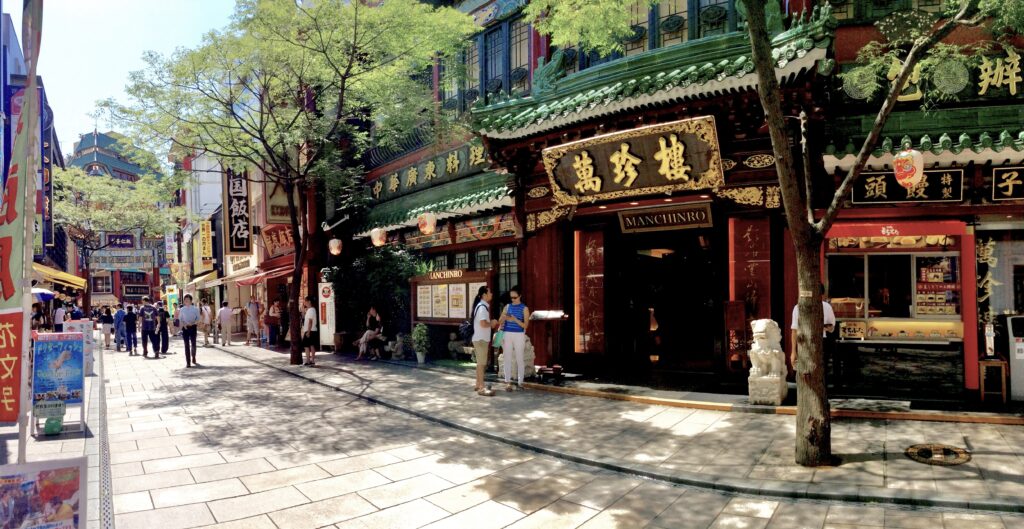
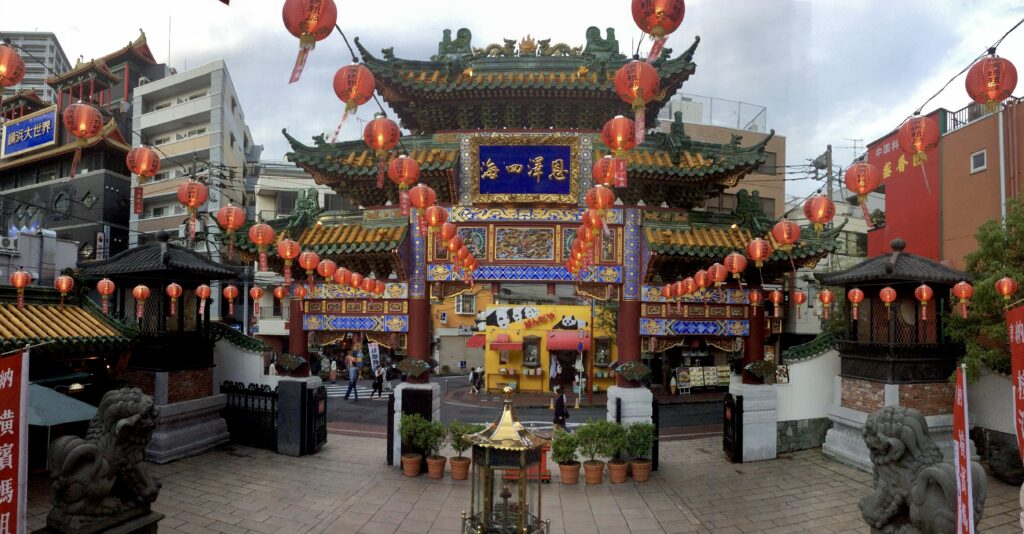
Enoshima
Enoshima is another spot I’d only recommend if you’re in Japan for more than a couple of weeks. You could squeeze it into half a day, especially if you’re already in Kamakura or staying nearby, but it would make for a pretty packed itinerary. Personally, I’d take a full day trip out there!
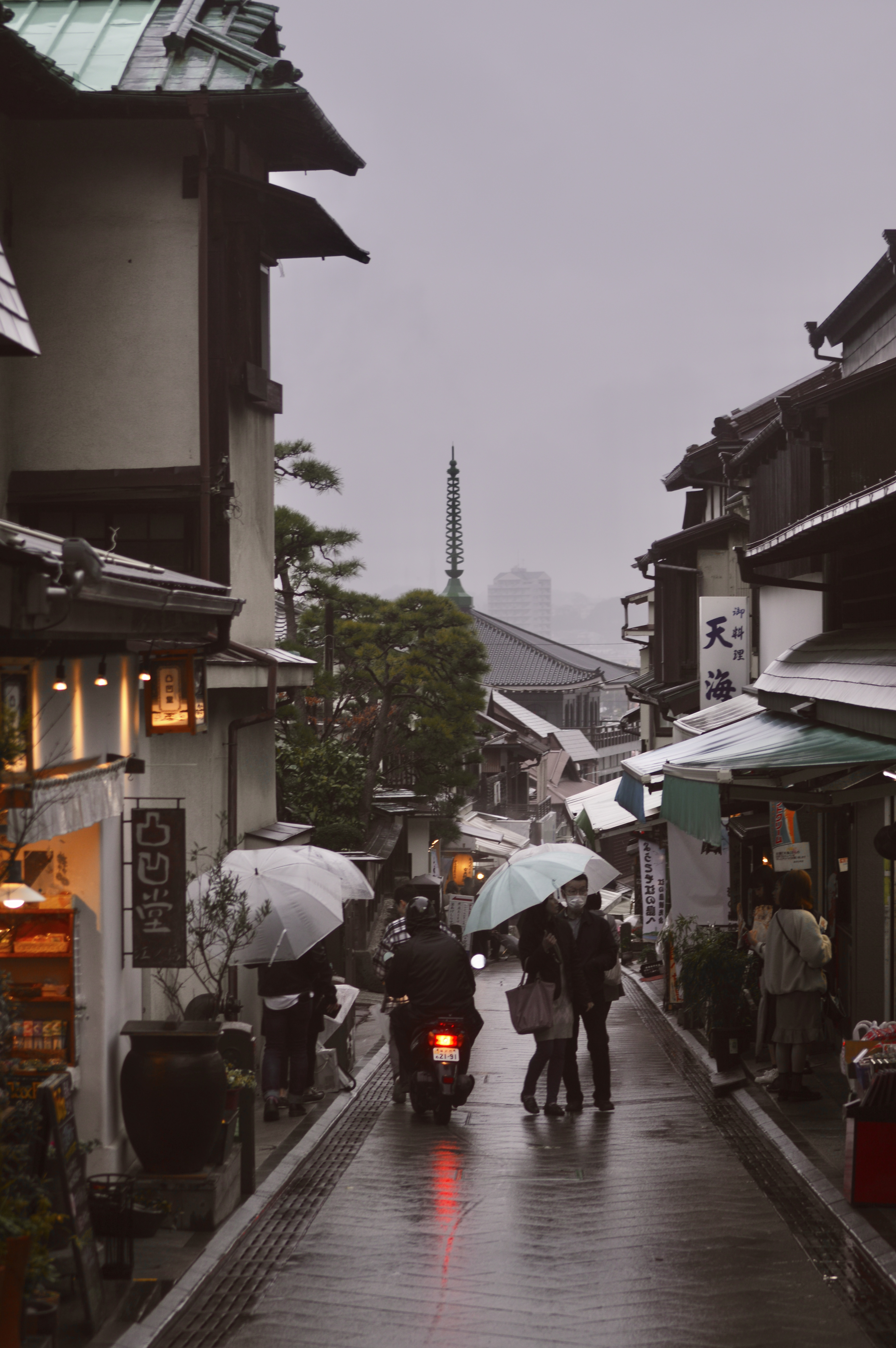
The island is connected to the mainland by a long pedestrian bridge, and as you walk over, you get beautiful views of the ocean. On a clear day, you can even see Mt. Fuji in the distance.
Once on the island, there’s a lot to explore: the Enoshima Shrine, tucked into the hillside with bright red torii gates; the Iwaya Caves, and the Sea Candle, a lighthouse observatory with panoramic views of the coastline.
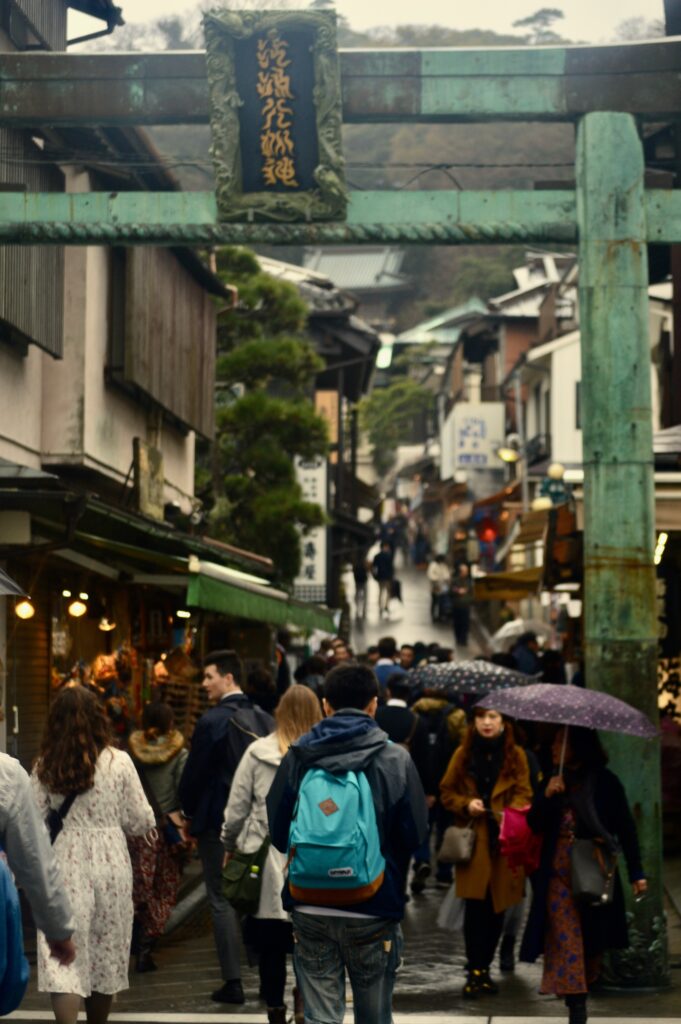
If the weather’s nice, you can even hang out at the nearby beach or stroll along the coast. It’s a fun mix of nature, coastal vibes, and old-school charm. There are also a bunch of shops and food stalls lining the approach to the island. Perfect for grabbing grilled seafood skewers, soft serve, or freshly baked manju (small steamed dessert buns with various fillings).
Odawara
Odawara is a charming city best known for Odawara Castle, a beautifully reconstructed fortress with a rich samurai history. The castle grounds feature gardens, exhibitions on feudal life, and seasonal events, making it a fascinating stop for history and culture enthusiasts.
Walking around the castle and its surrounding park, you can imagine what life was like in the Edo period, and the view from the castle tower offers a nice panorama of the city and nearby mountains.
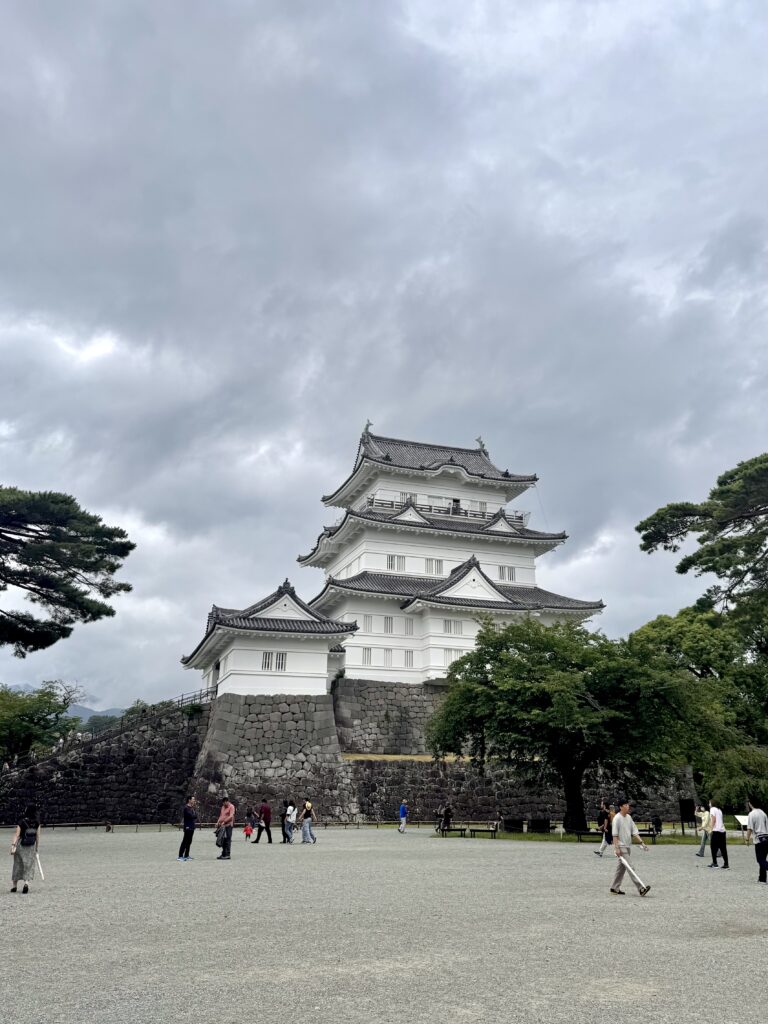
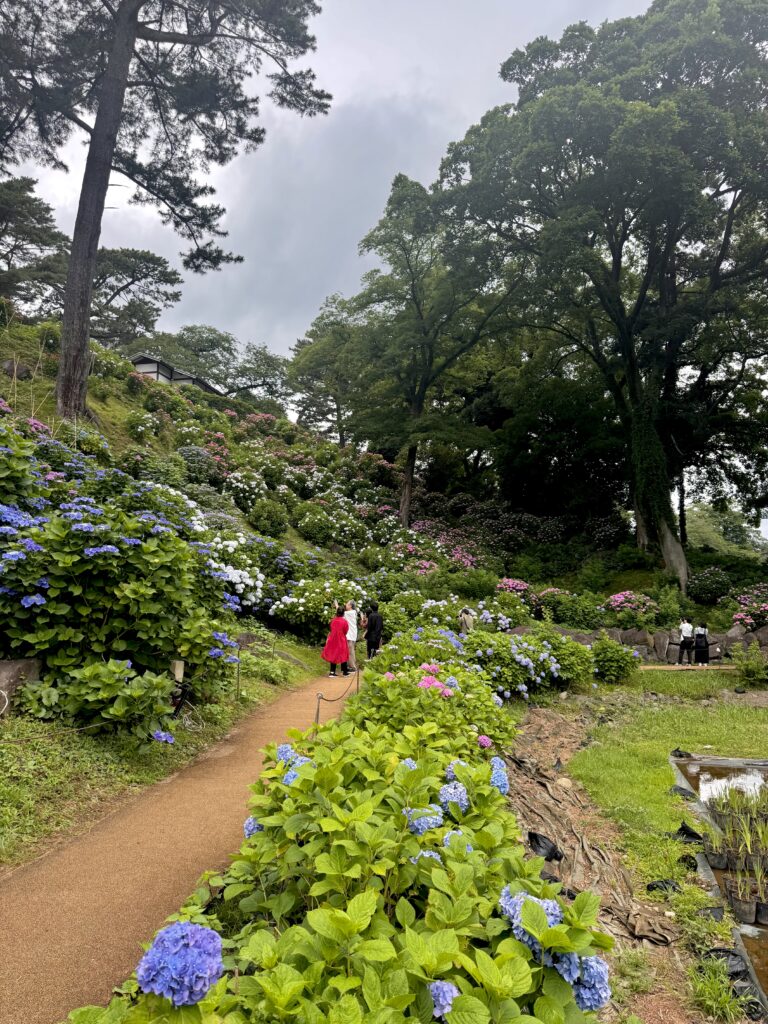
While Odawara has its own appeal, including local seafood and a relaxed city vibe, I think it’s mainly worth visiting if you’re already heading south toward Hakone and Mount Fuji. On its own, it’s a bit out of the way of other destinations near Tokyo. But if you’re heading south towards Mt. Fuji, it fits in perfectly.
Hakone
Hakone is just an hour from Tokyo and famous for hot springs, art, and views of Mount Fuji.
At Owakudani (a volcanic valley and tourist area in Hakone), you’ll find the black egg monument, where eggs are boiled in the iconic volcanic springs there. The eggs turn black from being boiled in the sulfur- and mineral-rich hot springs.
Eating one of these eggs is said to extend your life by seven years. While they look a little questionable, they taste just like normal boiled eggs!
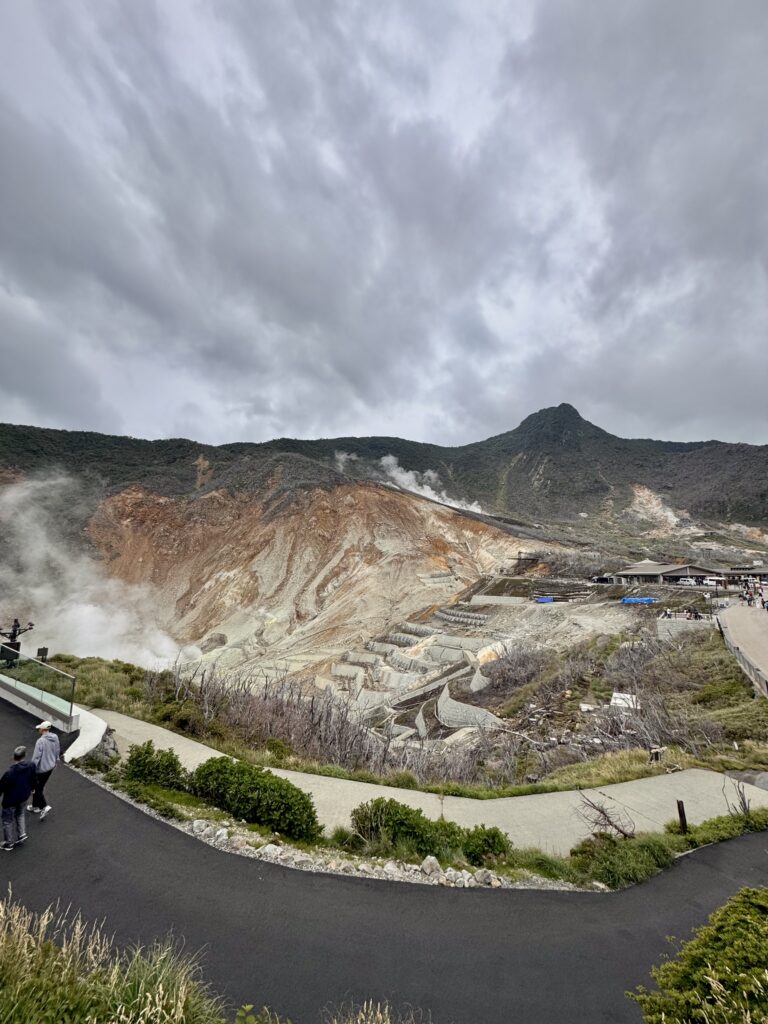
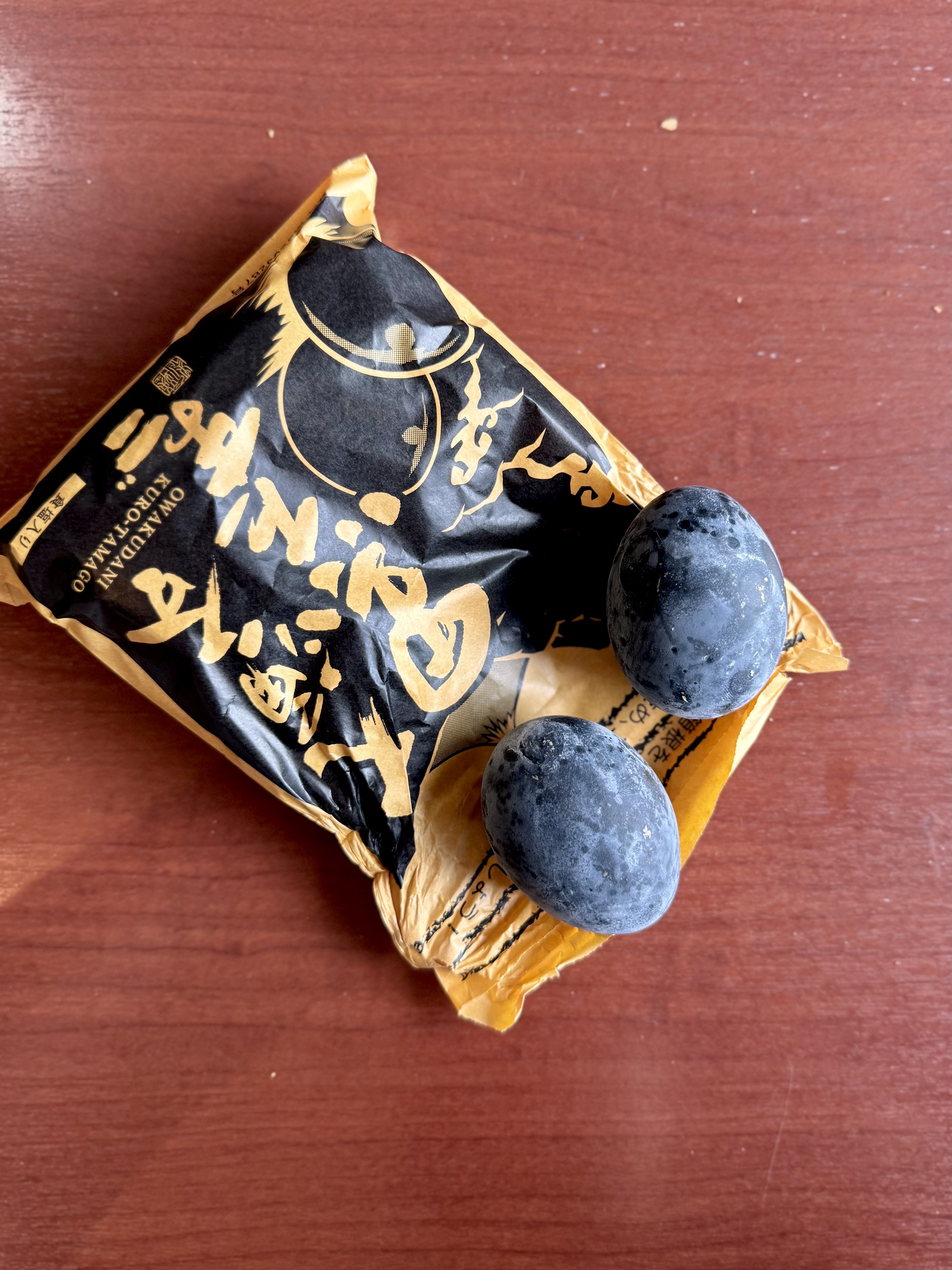
The Black Egg Monument is accessible by the Hakone Ropeway and is one of Hakone’s most popular attractions. After a day of exploring, I highly recommend unwinding in Hakone’s famous hot spring baths (known as onsen in Japanese).
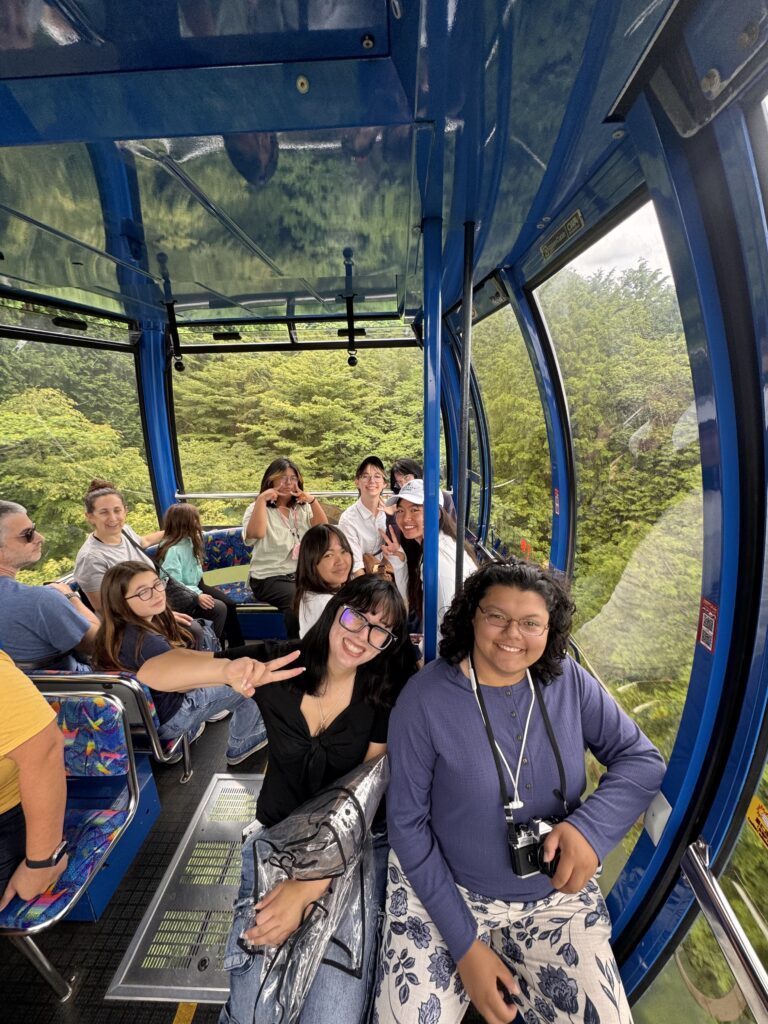
One of Hakone’s other big highlights is the Hakone Open-Air Museum.
Set in the mountains, it features over 100 sculptures spread across beautiful gardens and fields, blending art with nature. The museum also has indoor galleries, including a dedicated Picasso Pavilion with over 300 of his works (paintings, ceramics, and prints). It’s a must-visit for art lovers!
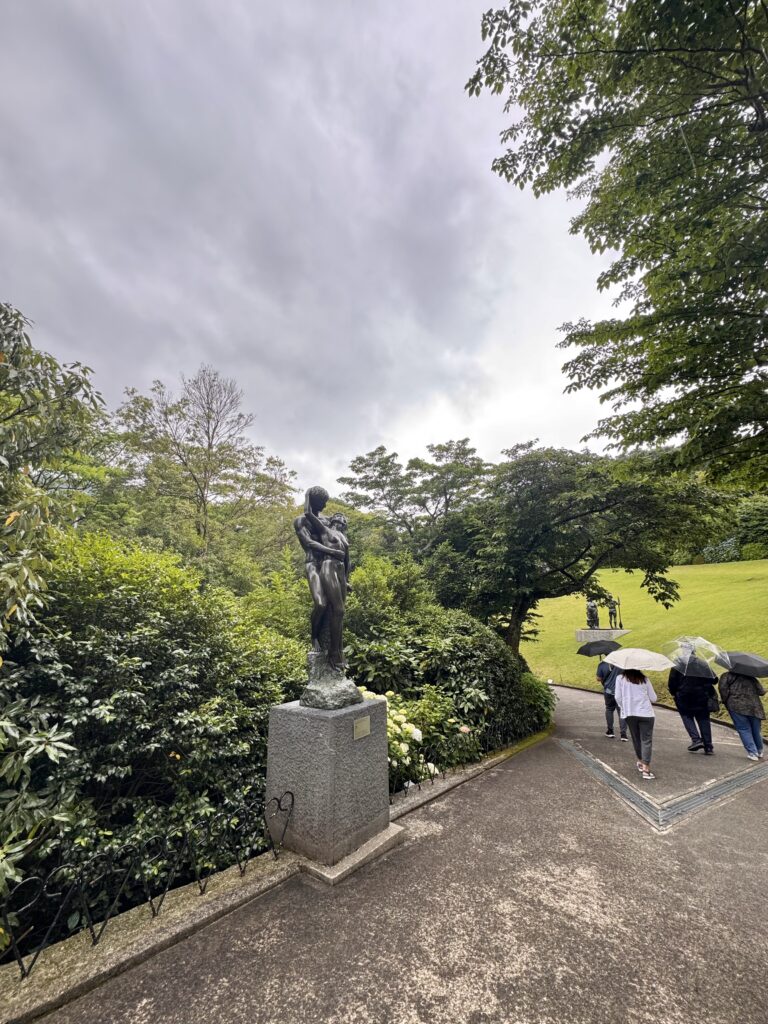
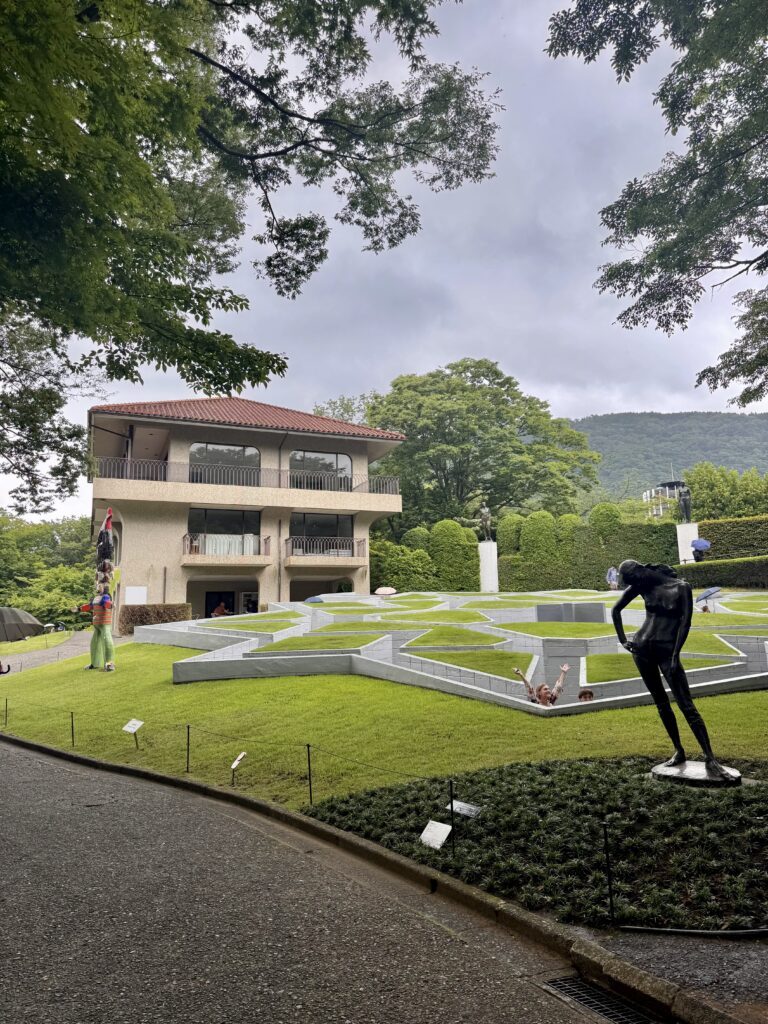
K Y O T O
Kinkakuji
Kinkakuji, also known as the Golden Pavilion, is one of the most iconic and photogenic spots in Kyoto. It lives up to the hype. The pavilion was originally built in 1397 as a retirement villa for shogun Ashikaga Yoshimitsu and later converted into a Zen temple. The current structure is a 1955 reconstruction, as the original was destroyed by arson in 1950.
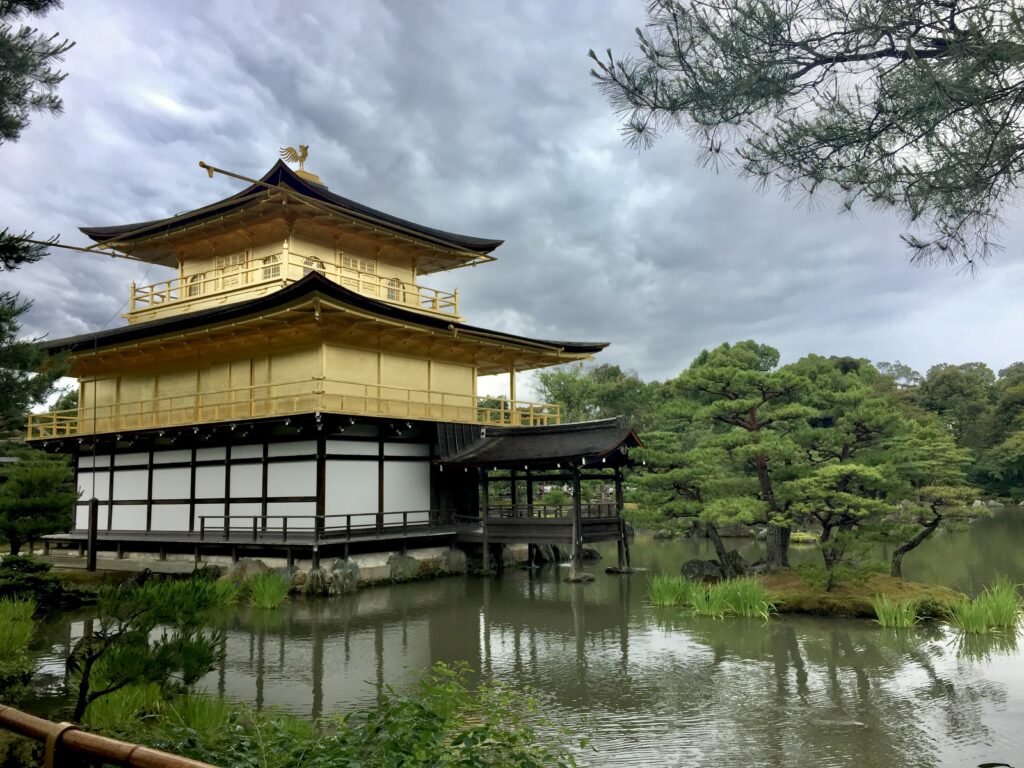
The top two floors of the temple are covered in real gold leaf. The temple itself can’t be entered, but the walking path around the grounds offers multiple viewpoints to take it all in. The gardens are peaceful and very well-kept.
Entrance to Kinkakuji is about 500 yen for adults and 300 yen for children.
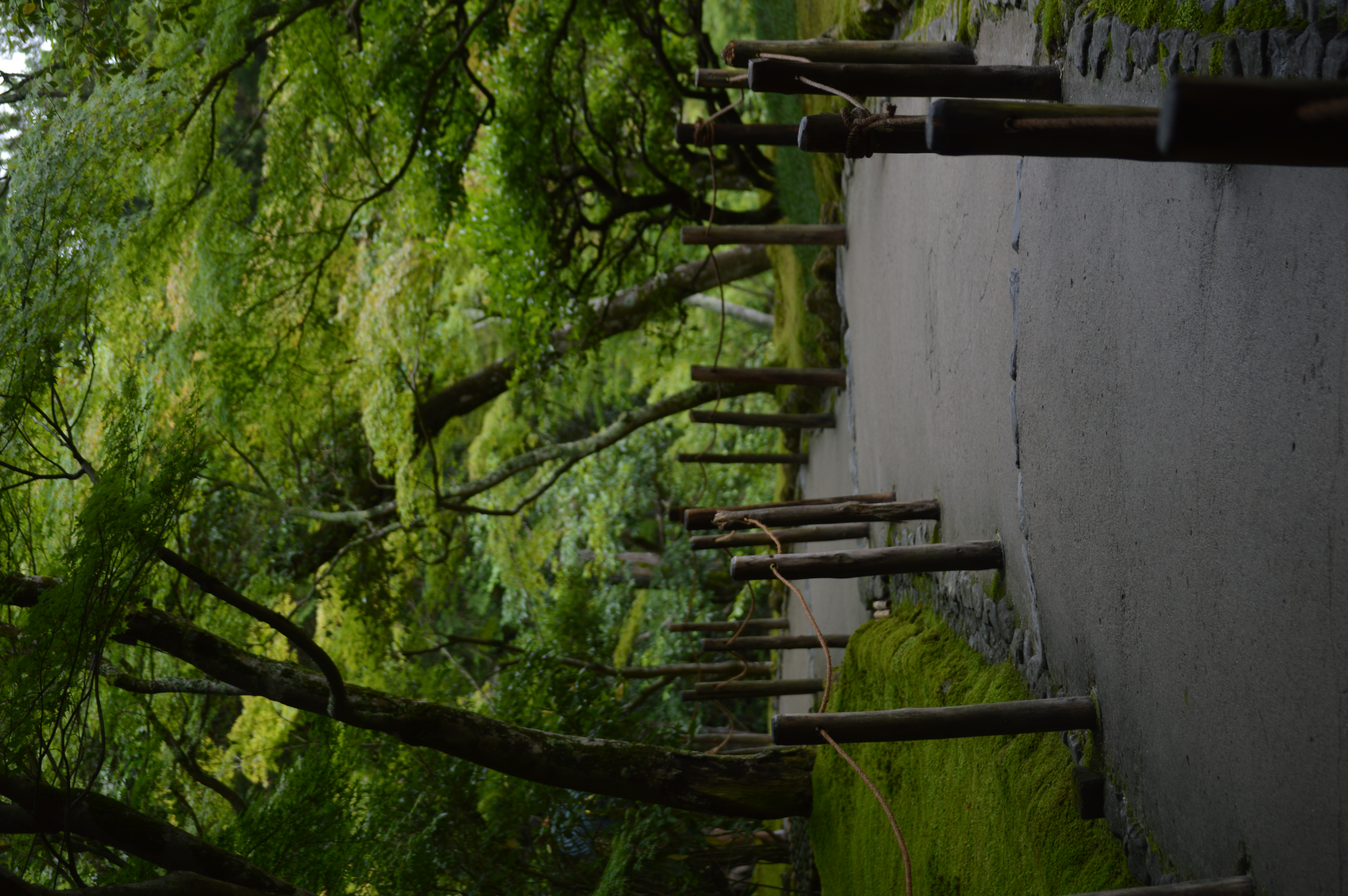
As a side note: the last time I went to Japan, my group did Kinkakuji, Ryoanji, and Arashiyama (I’ll touch on the two latter locations down below) all in one day, with time to spare in the evening! It doesn’t take too long to walk through, but it’s absolutely one of those “can’t-miss” places if you’re in Kyoto.
Food Near Kinkakuji
If you want some of the best (and inexpensive) katsu (fried breaded pork cutlet) of your life, you need to go to Katsurai. It’s about a 15 minute walk from Kinkakuji.
It’s a hole-in-the-wall, so don’t worry about making a reservation (unless you have a group of 8+ people I’d say, just to be polite). My whole meal was about $10!
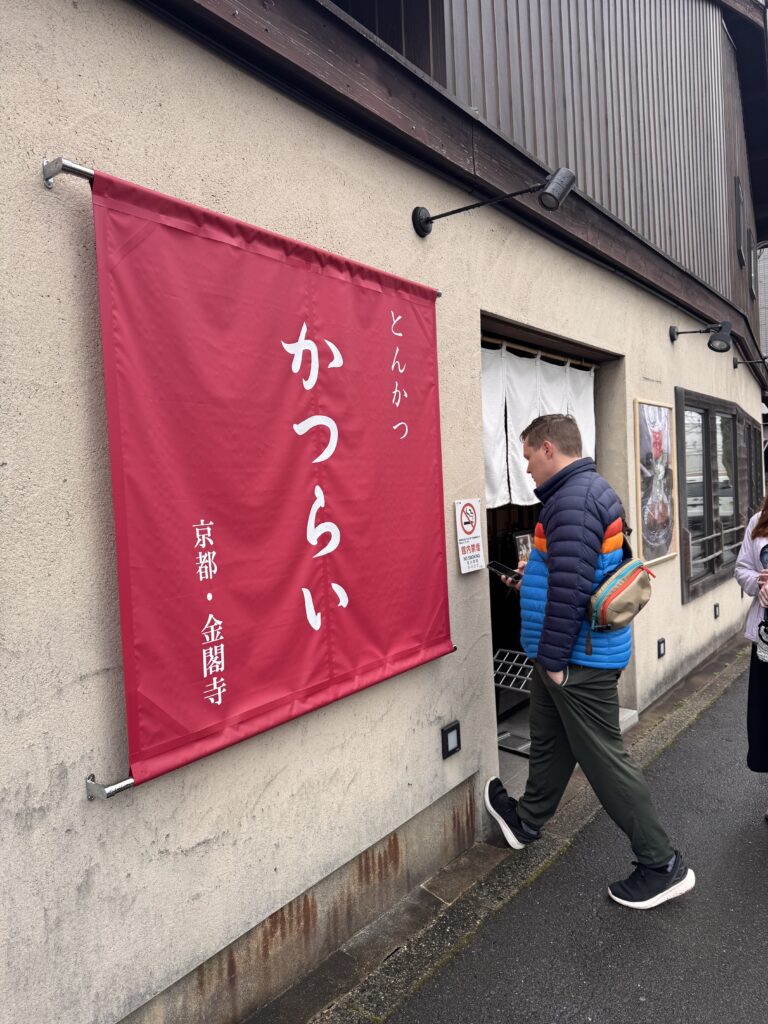
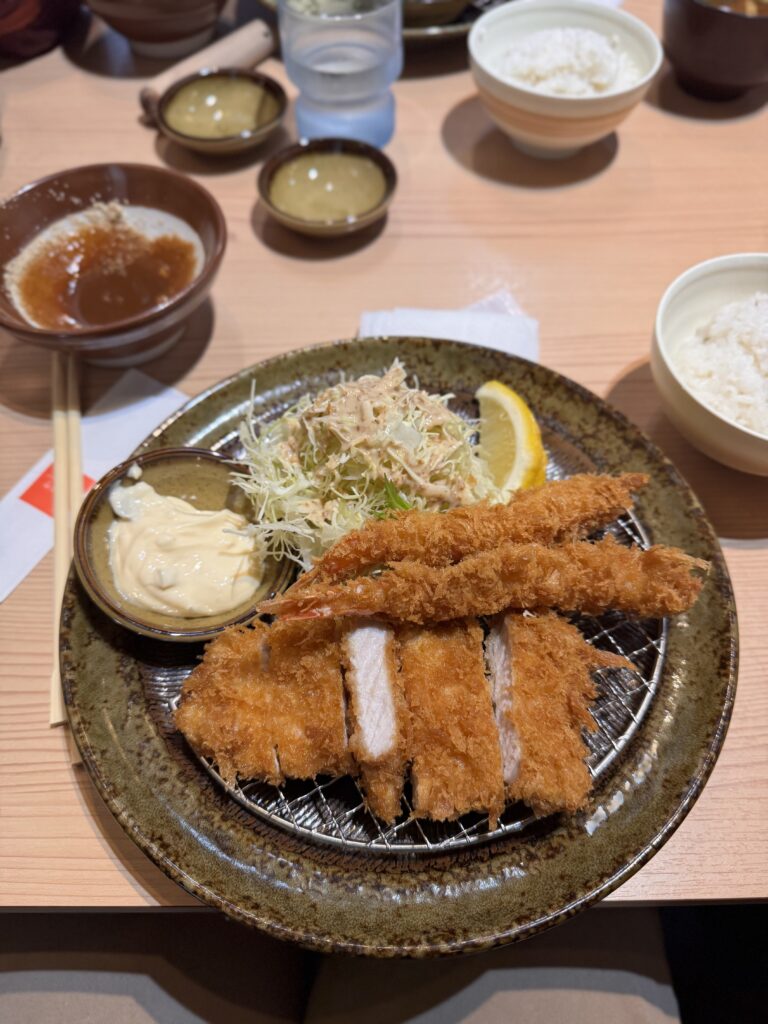
This is not specific to Kinkakuji area (you can find it all over Japan), but there is a Kura Sushi within walking distance. Kura Sushi is a popular conveyor belt sushi (known in Japanese as kaiten-zushi) chain.
It’s all-you-can-eat sushi for around $10-15, depending on how much you eat, but that was our group’s max. Each plate is priced differently, but you can check the prices on the iPad at your table. They even offer dessert plates – our friends loved the crepe cake (pictured half-eaten).


Ryoanji
Ryoanji is one of Kyoto’s most iconic Zen temples, known especially for its famous rock garden. It’s quiet, still, and deeply meditative. If you’re looking for something peaceful and serene, I’d highly recommend it.
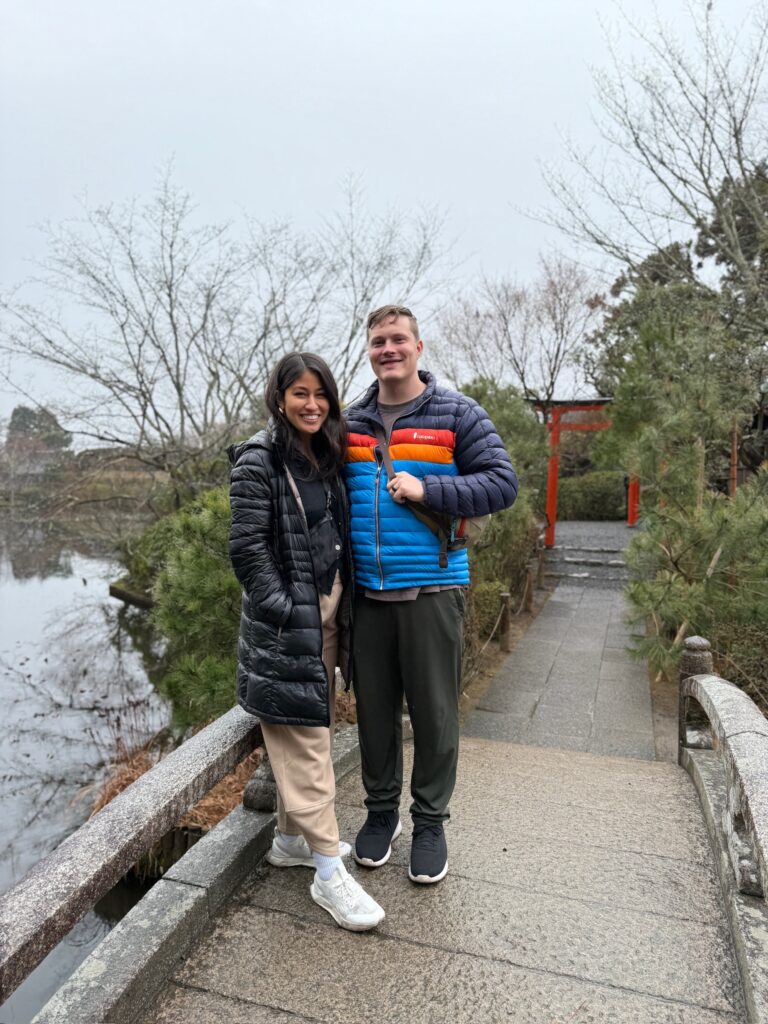
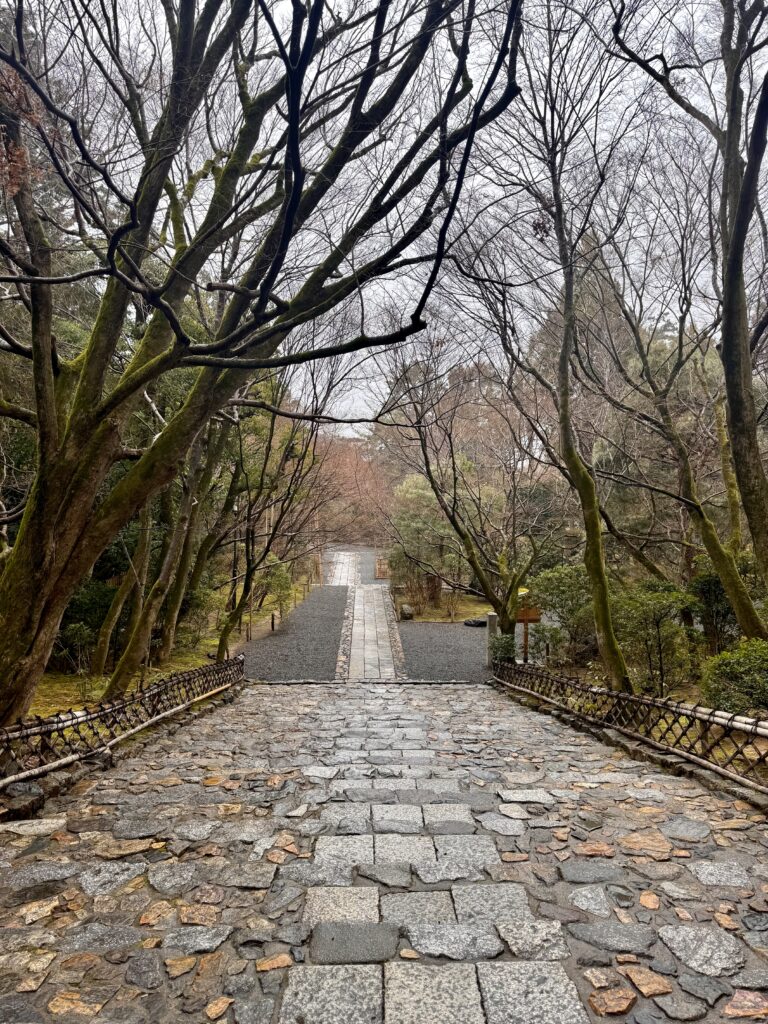
That said, it’s not somewhere I personally feel the need to visit more than once (even though I have been multiple times haha). But that might just be me! My cousin actually said Ryoanji was one of his favorite experiences in all of Kyoto. So take my opinion with a grain of salt – some of you might totally love it!
Arashiyama Bamboo Forest
The Arashiyama Bamboo Forest is a must if you’re in Kyoto! It’s a peaceful path lined with towering bamboo stalks.
It’s located in the Arashiyama district on the western edge of Kyoto, and getting there from central Kyoto takes about 30 – 45 minutes by train. Once you’re there, walking through the bamboo grove itself only takes around 15 – 30 minutes, depending on how crowded it is and how often you stop for photos.

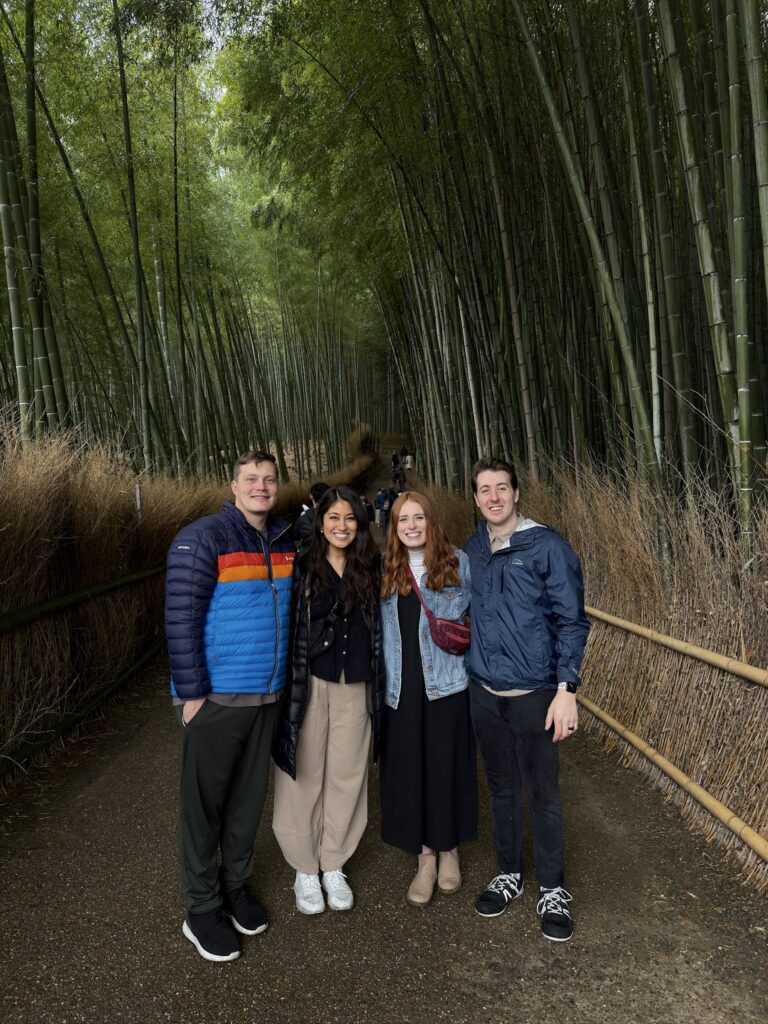
While the path is short, it’s worth pairing with other nearby spots like the scenic Togetsukyo Bridge, Tenryu-ji Temple (a UNESCO World Heritage Site), or even a little rowboat ride on the river if the weather’s nice. There are also plenty of charming cafes and snack stands in the area, so it’s easy to make a relaxing half-day or even full-day outing out of your visit.
Just keep in mind that it can get very crowded during peak hours, so going early in the morning is your best bet for a quieter, more magical experience.
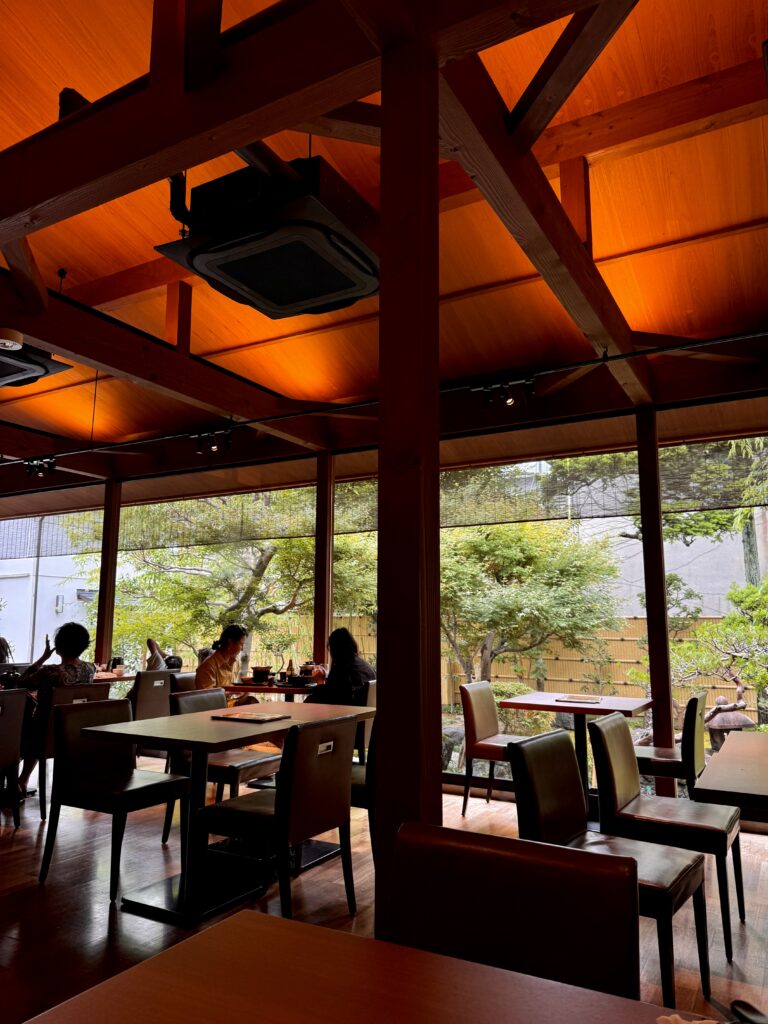
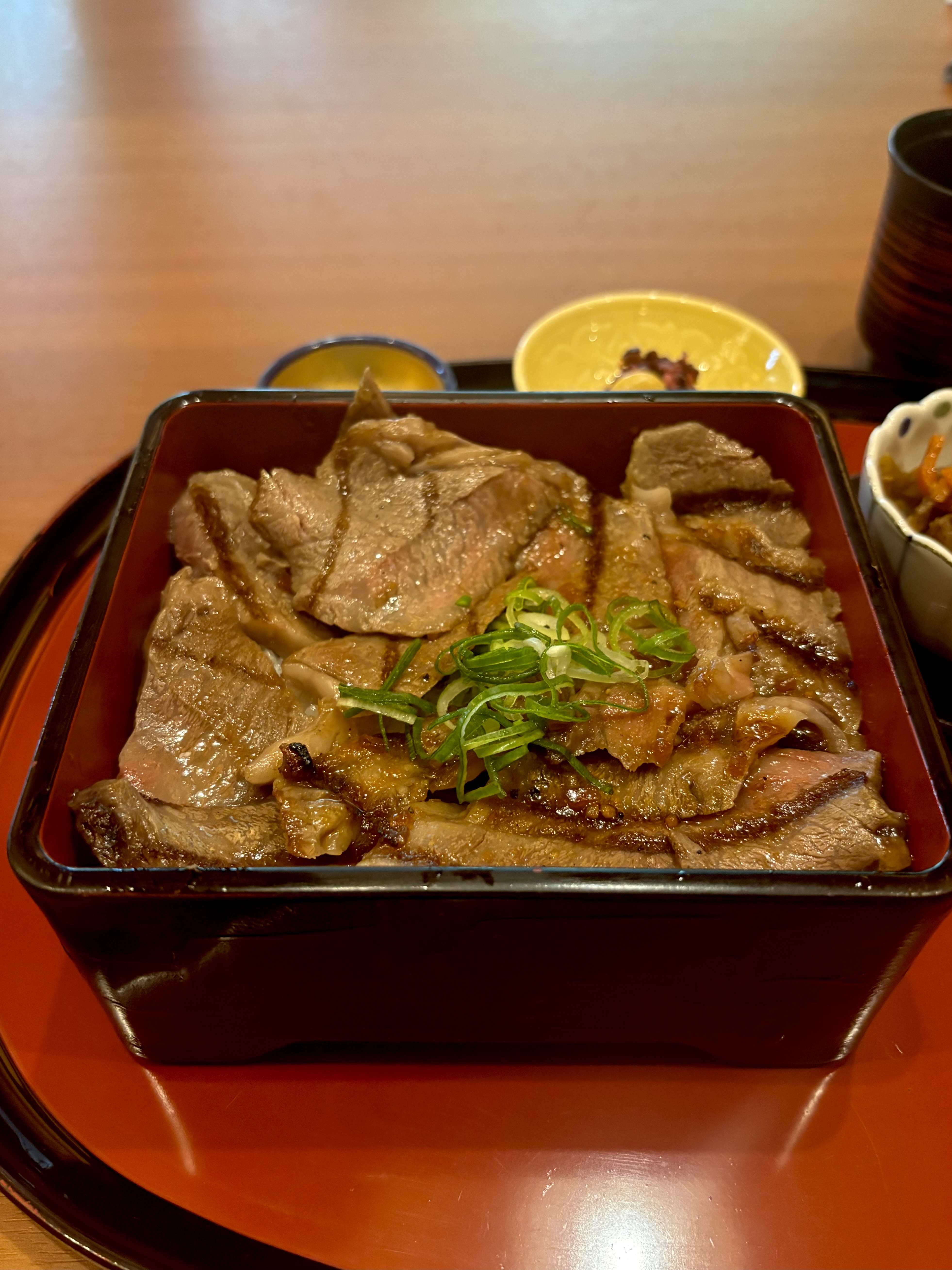
If you’re looking for food near Arashiyama, I highly recommend getting wagyu! Wagyu is a premium Japanese beef known for its intense marbling, melt-in-your-mouth tenderness, and rich, buttery flavor that makes it unlike any other beef.
While in Arashiyama, we discovered a restaurant called Kijurou. It’s just a five-minute walk from the main area that served some of the best wagyu we’ve ever tasted. The portions were perfectly cooked and incredibly flavorful, and the meal was very reasonably priced (especially considering how expensive wagyu can be in the U.S.), making it a memorable and accessible culinary experience.
Fushimi Inari Shrine
Fushimi Inari Shrine is one of Kyoto’s most iconic spots. It’s known for its long path of red torii gates. Last time I went to Japan, we did Fushimi Inari on the same day as Ninenzaka, Sannenzaka, Kiyomizudera, and Byodoin (which are next in this blog post).

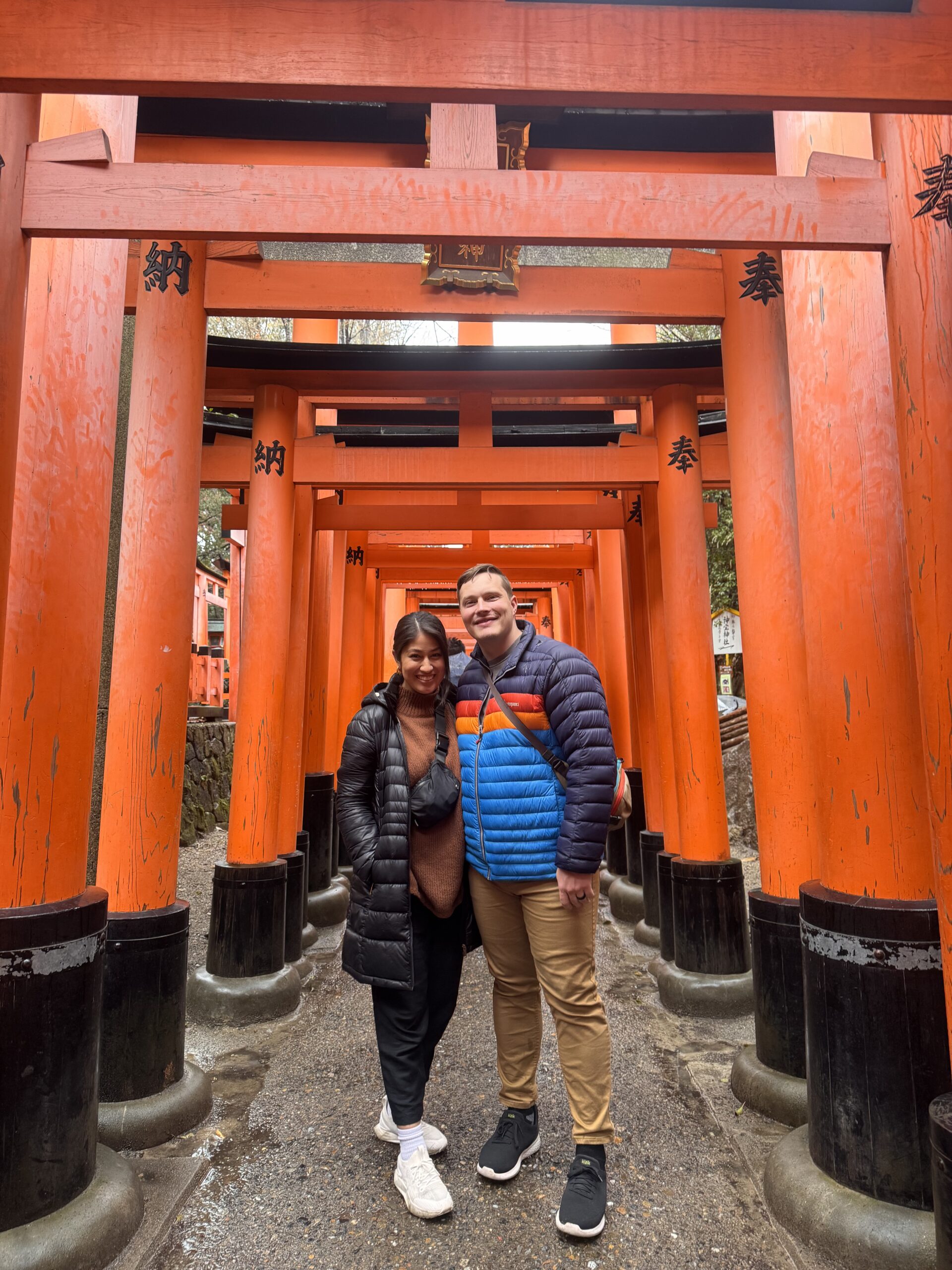
Dedicated to Inari, the Shinto god of rice and prosperity, the shrine is recognizable by the thousands of gates donated as offerings, each inscribed with names and dates. It’s just a short train ride from Kyoto Station, making it close by. Plus it’s free to enter.
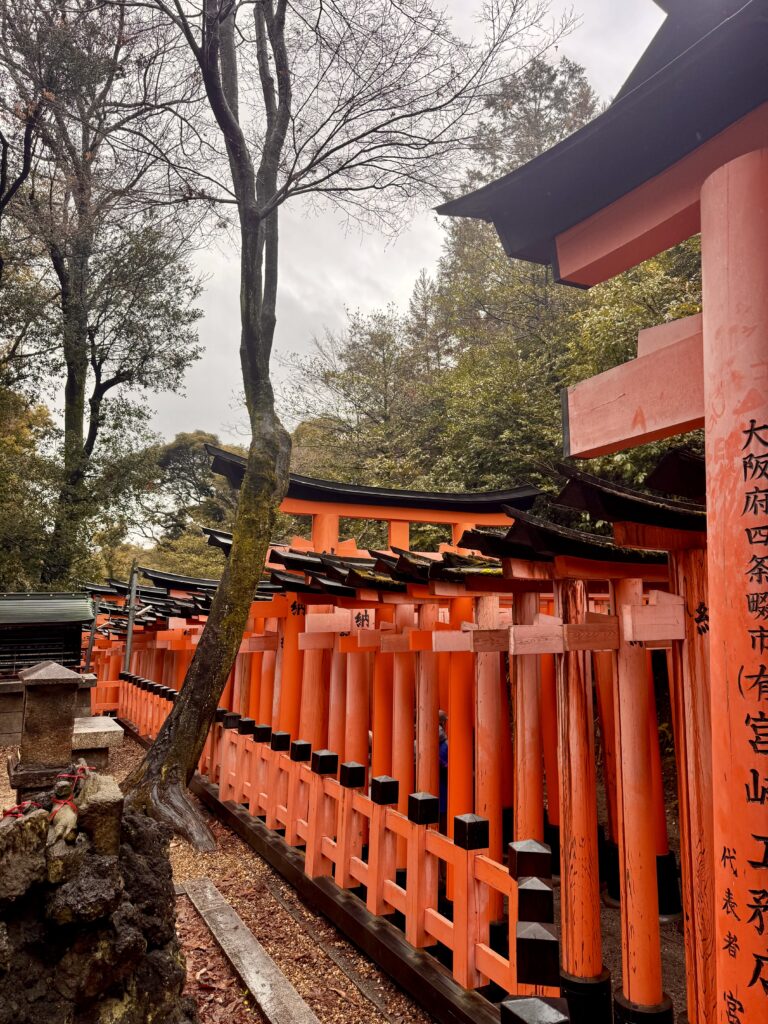
The hike is peaceful, taking you through stretches of forest and smaller shrines. The full loop takes about 2 – 3 hours if you go all the way to the top, but even walking a portion of it gives you the full magical effect of the gates. I personally have never done the full hike. If you go as soon as it opens in the morning, you’ll avoid the biggest crowds.
Right outside of the shrines is a street with lots of food stalls if you’re feeling hungry! It’s mainly snack-type foods. You may have to venture out a little further if you’re wanting a sit-down meal.
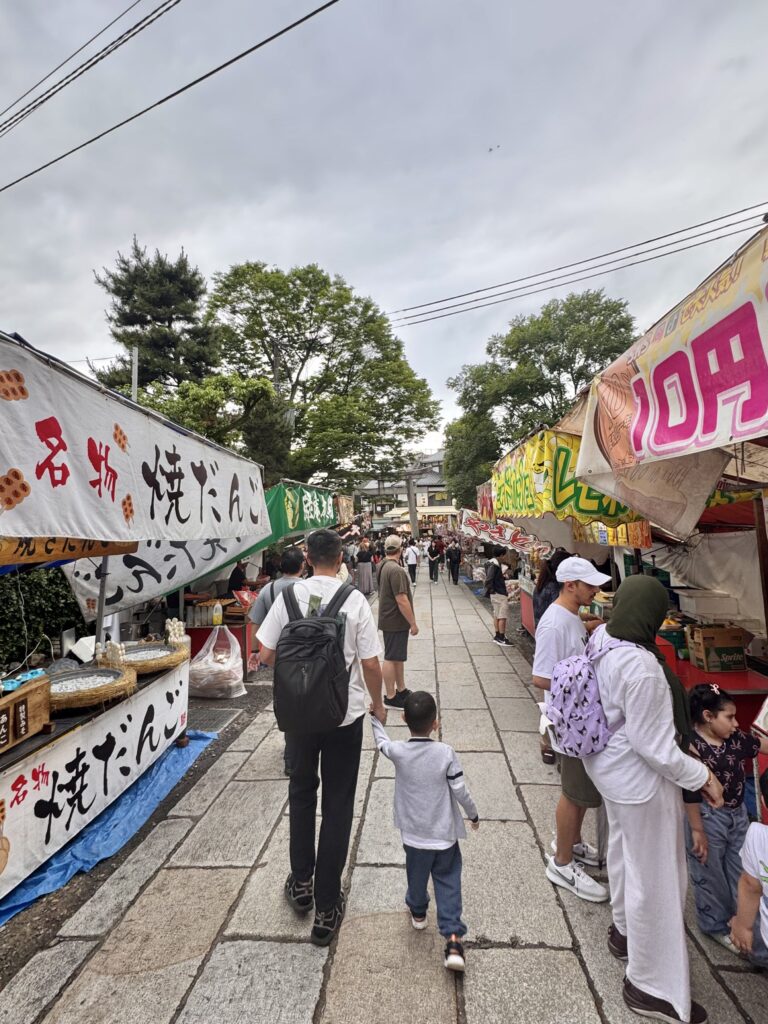
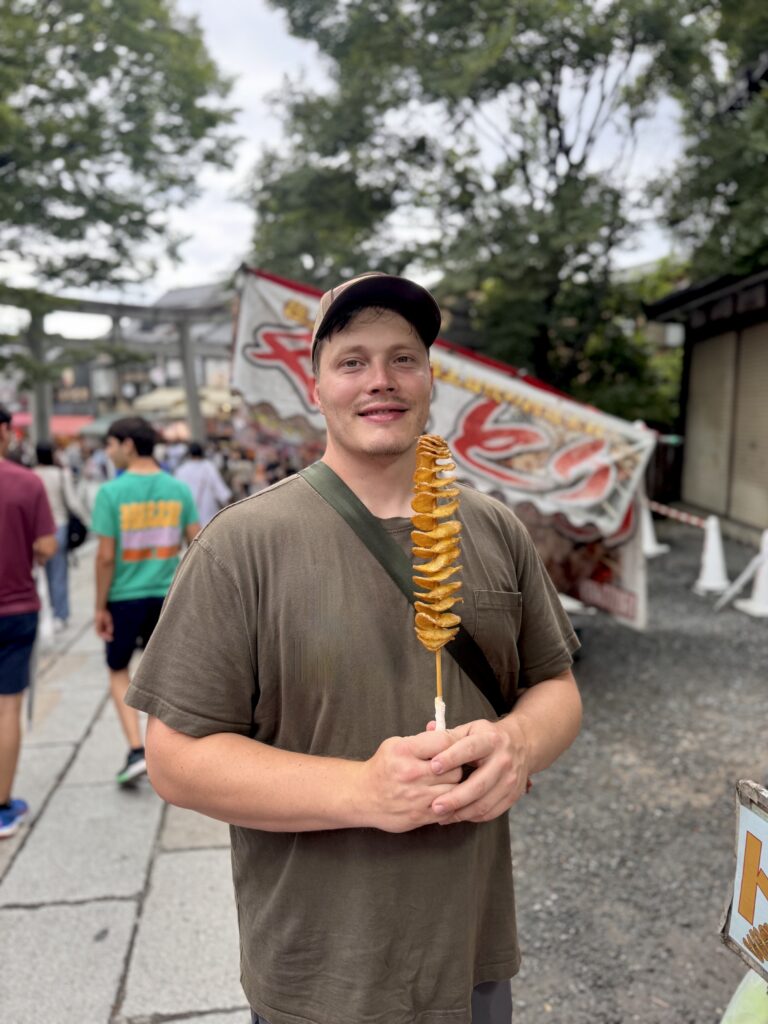
Ninenzaka, Sannenzaka, and Kiyomizudera
Ninenzaka and Sannenzaka are two of the most picturesque streets in Kyoto. They feel like stepping straight into old Japan. The stone paths are lined with beautifully preserved traditional wooden buildings and shops selling everything from handcrafted souvenirs to matcha sweets.
If you’re able to, I highly recommend going early in the morning or later in the evening when the crowds thin out a bit!
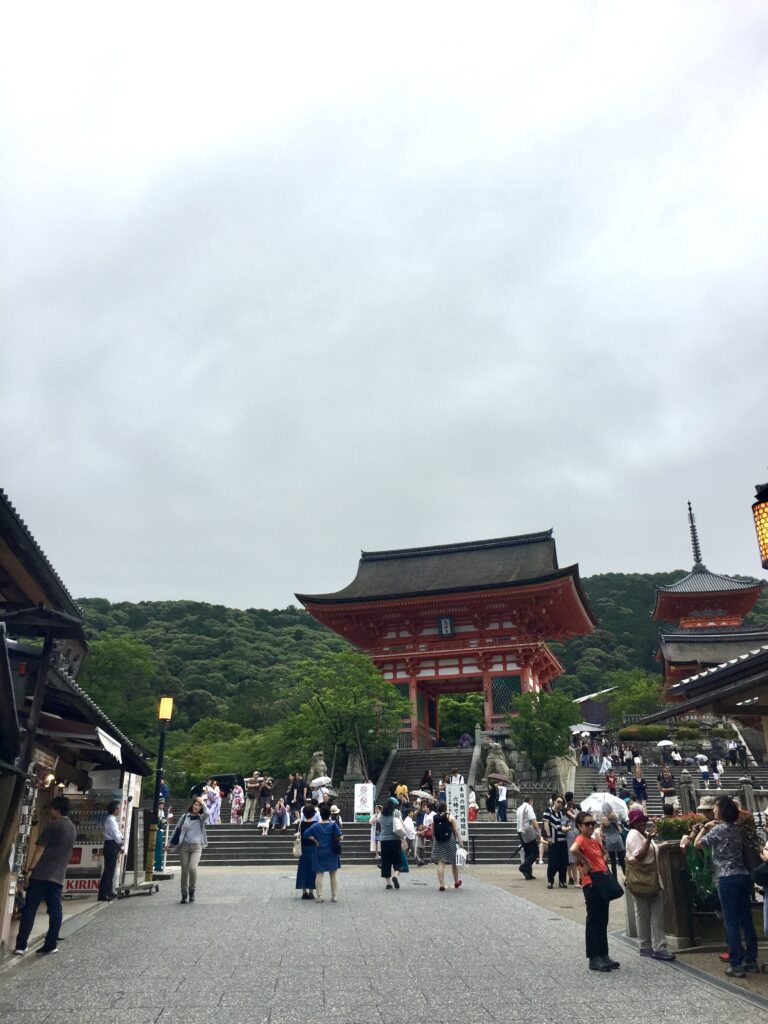
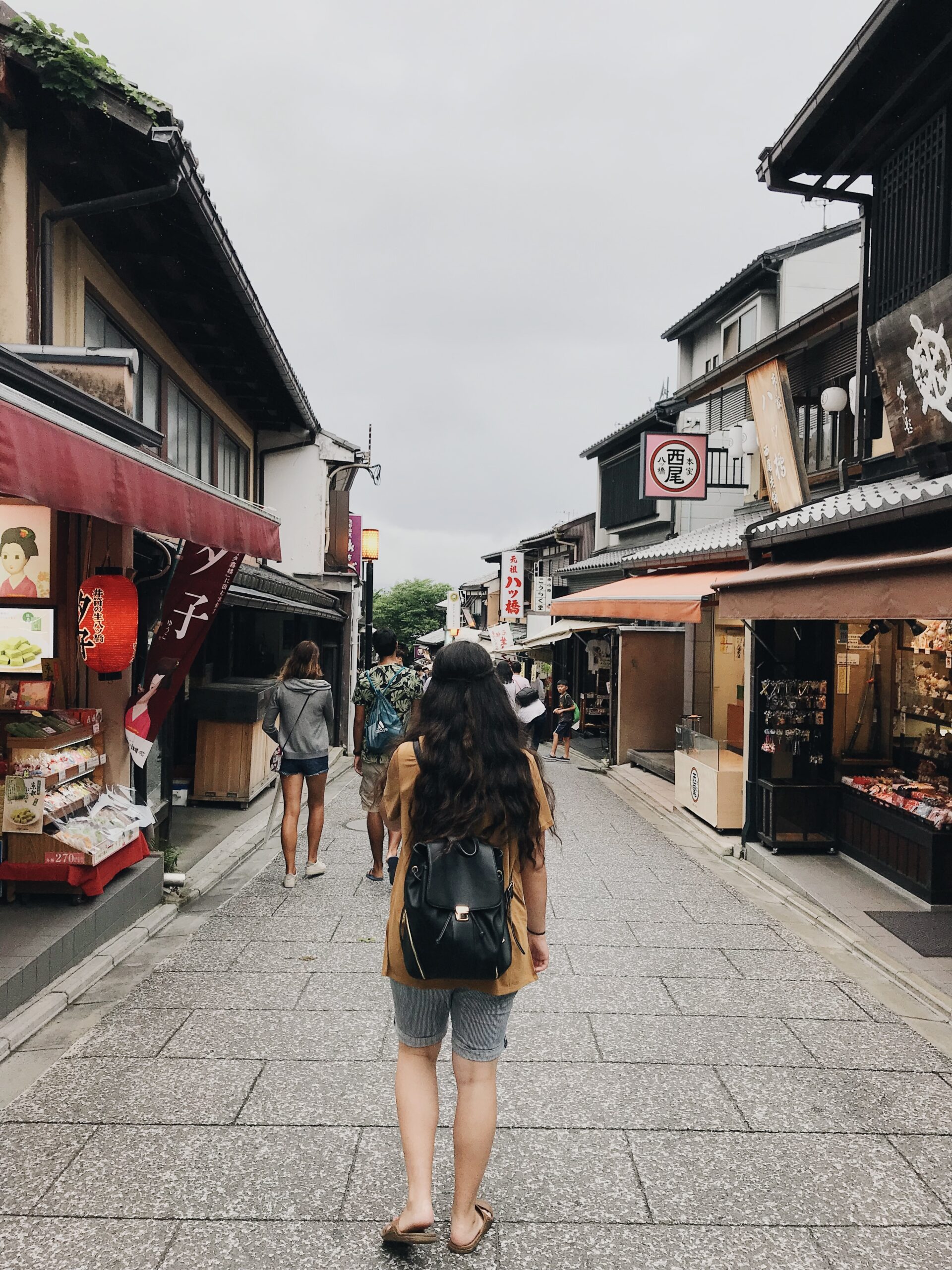
They’re also perfectly situated for exploring some of Kyoto’s most famous landmarks, like Kiyomizudera at the top of the hill. Kiyomizudera is a famous Buddhist temple known for its wooden stage that juts out over the hillside, offering panoramic views of Kyoto and the surrounding forests. It’s a major historic and religious site. I highly recommend coming here!
Byodo-in
Byodo-in is a stunning UNESCO World Heritage Site located in Uji, just outside of Kyoto, and it’s absolutely worth the short trip. The main hall, the Phoenix Hall, seems to float over a tranquil pond, creating a dreamy, mirror-like reflection that makes it one of the most iconic images in all of Japan (it’s on the 10 yen coin!).
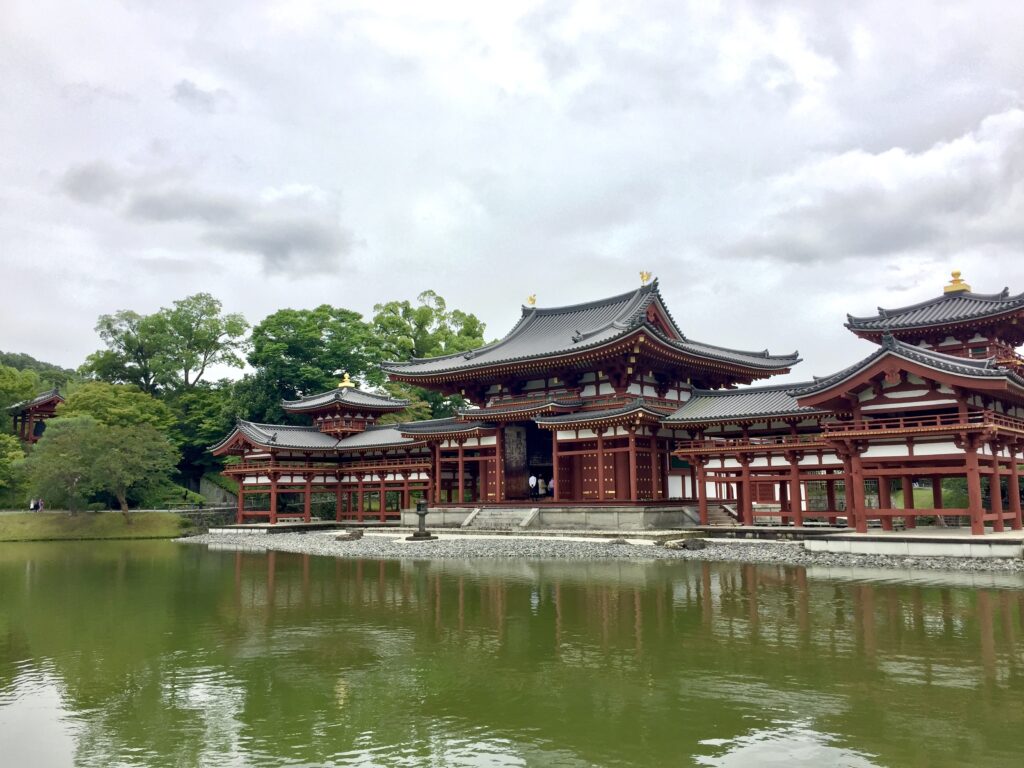
It’s especially peaceful compared to some of the more crowded Kyoto temples, and the museum on-site is small but thoughtfully curated. If you’re into photography, architecture, or just want a quiet and beautiful place to wander, Byodo-in is a great choice.
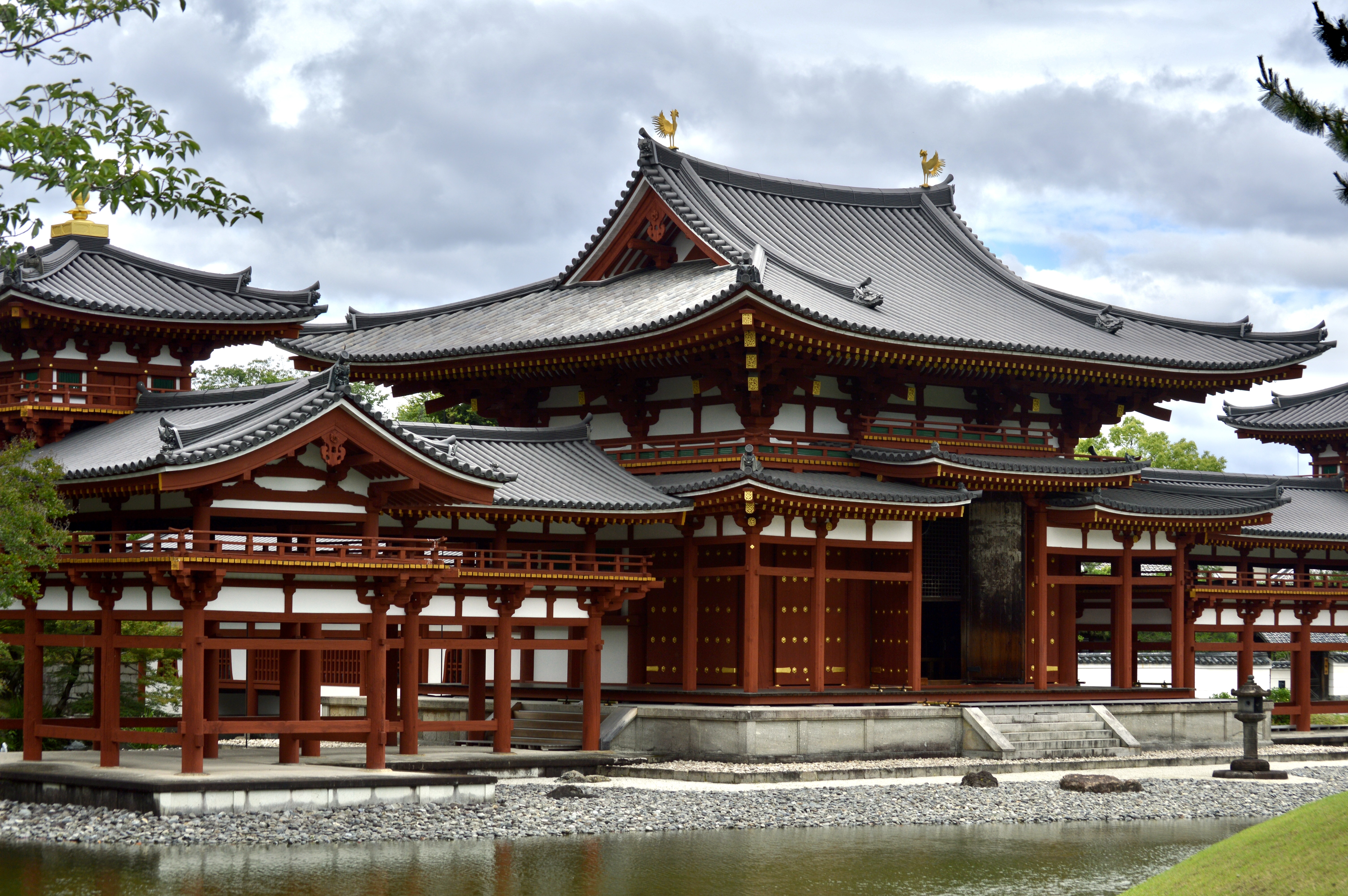
Plus, Uji is famous for its high-quality matcha, so you can make a whole afternoon of it with a temple visit followed by tea and sweets.
O S A K A
A common question I get:
Should I visit Osaka?
If you are in Kyoto, then YES!
It’s so close and most of the activities I recommend can be done in 1-2 days.
Dotonbori
Dotonbori is the lively heart of Osaka and an absolute must if you’re visiting the city. It’s loud, colorful, and a little chaotic – in the best way possible.
The canal is lined with towering billboards (including the famous Glico running man), street performers, and nonstop food stalls and restaurants. Go in the evening when all the lights are on and the streets are packed – it’s touristy for sure, but it’s one of those spots that totally lives up to the hype.
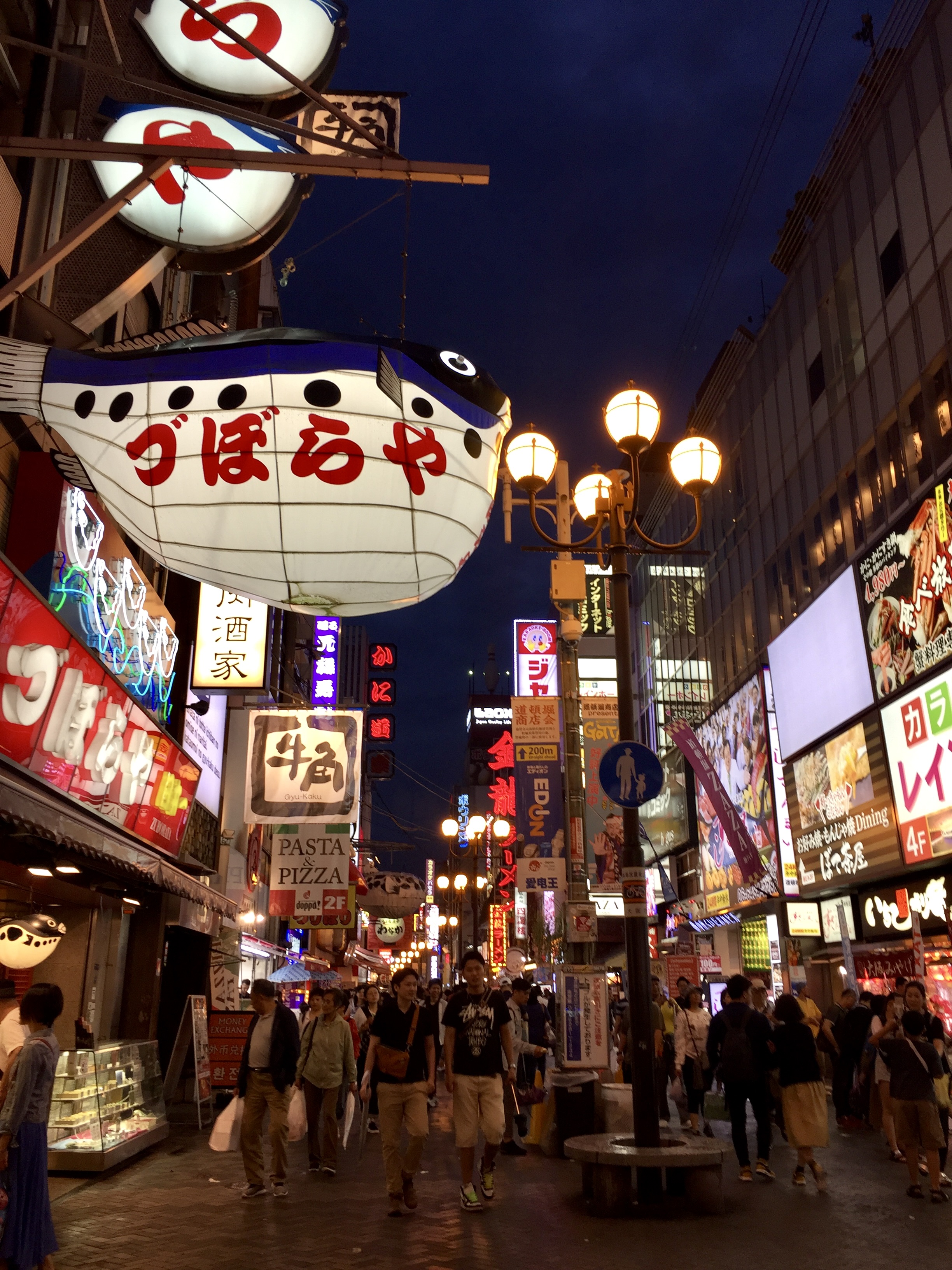
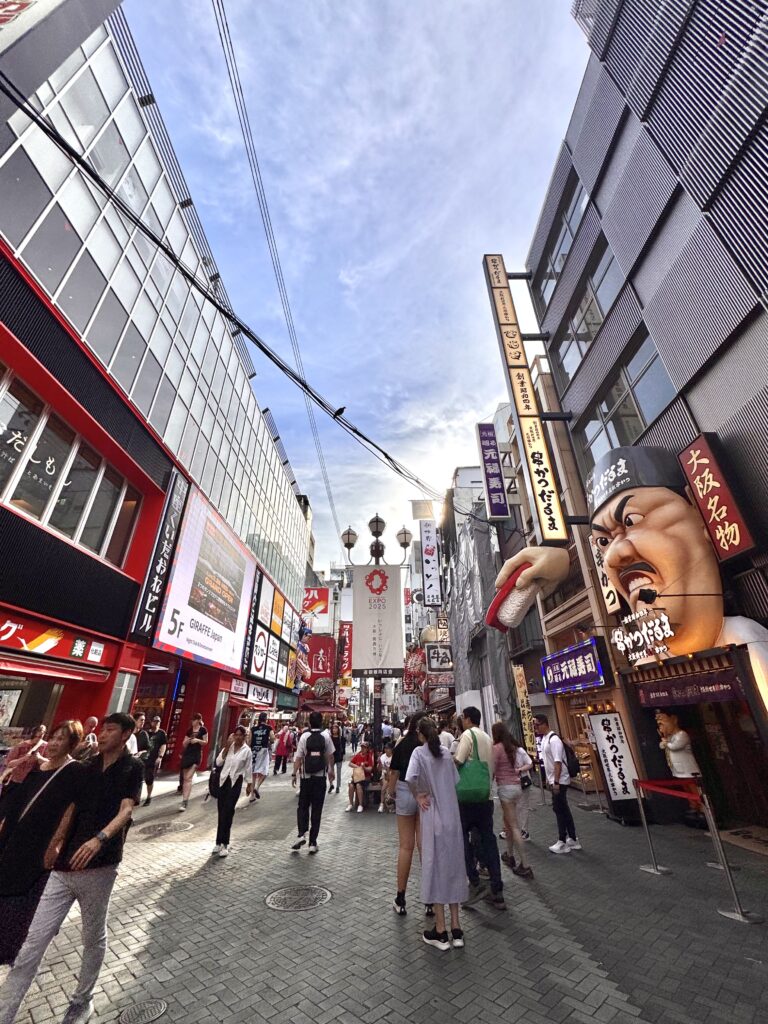
It’s the kind of place where you can eat your way through Osaka’s most iconic dishes, one being takoyaki, or savory octopus-filled balls.
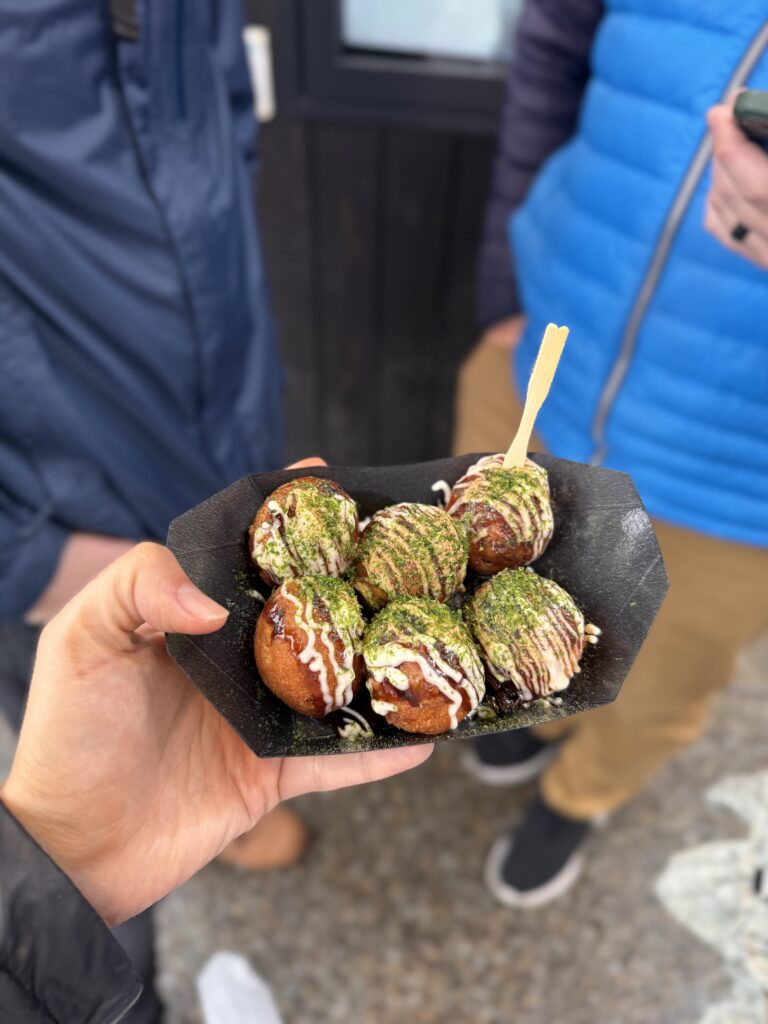
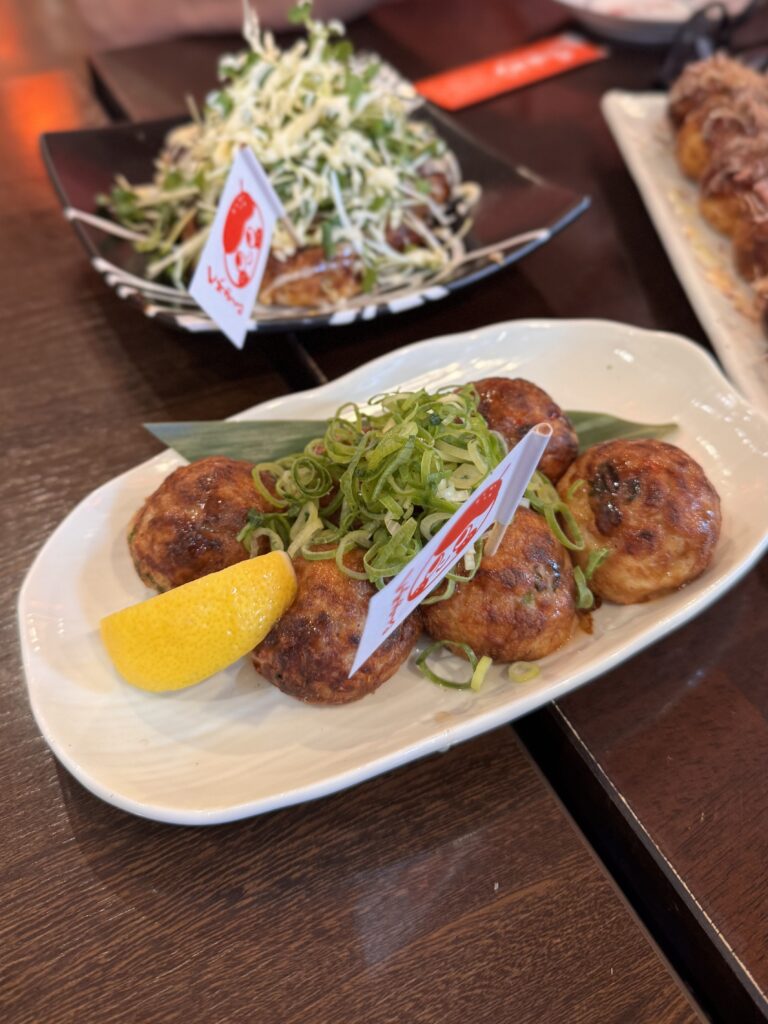
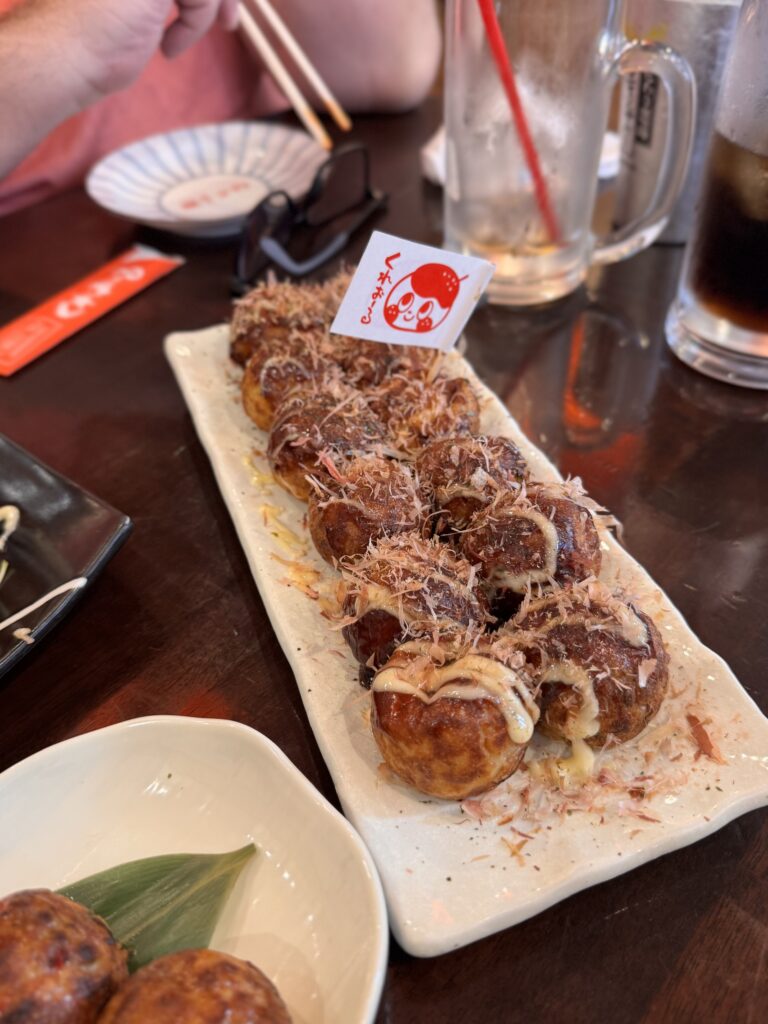
If you are hoping to buy a lot of Japanese snacks/souvenirs during your time in Japan, I recommend visiting Don Quijote. It’s a popular Japanese store chain that offers a wide range of products from snacks and cosmetics to electronics and clothing. It’s a little overwhelming and overstimulating, but there’s lots of shopping to do in there!
If you’re unable to visit Dotonbori, don’t worry – you can find Don Quijotes all over Japan!
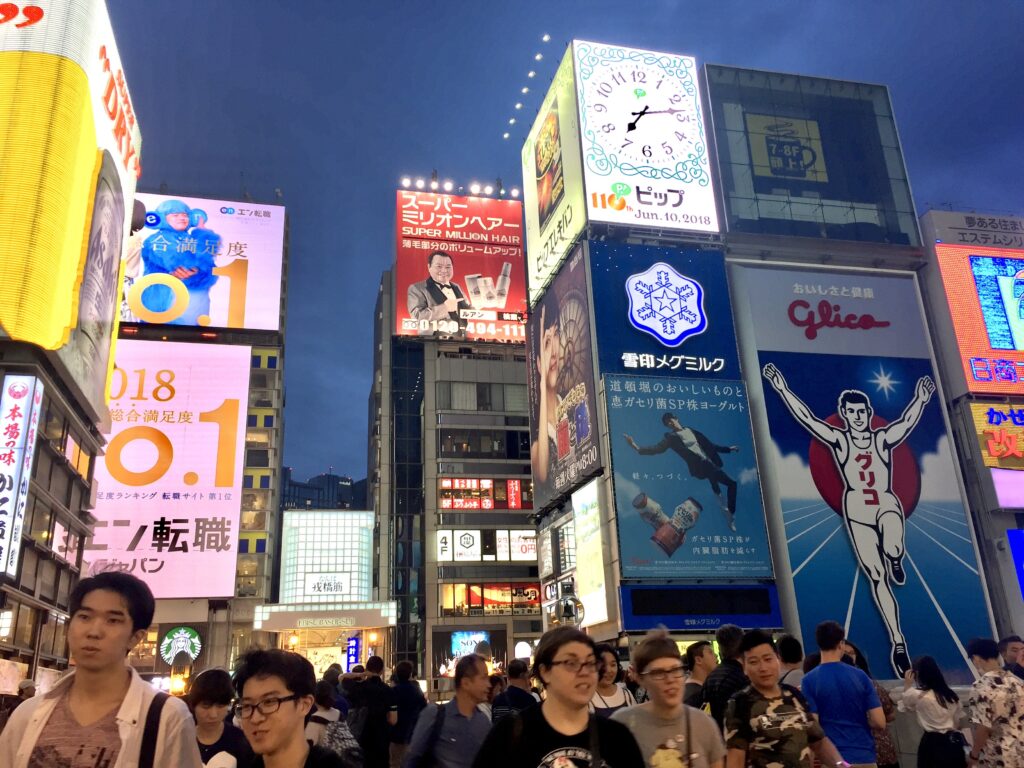
Himeji Castle
Himeji Castle, often called the “White Heron Castle” for its elegant, white exterior, is one of Japan’s most iconic and beautifully preserved castles.
It’s a UNESCO World Heritage Site and a stunning example of Japanese feudal architecture, complete with defensive walls, watchtowers, and intricate wooden interiors. The castle has sprawling grounds and multiple layers of fortifications, and the panoramic views from the top offer a breathtaking perspective of Himeji city and the surrounding countryside.
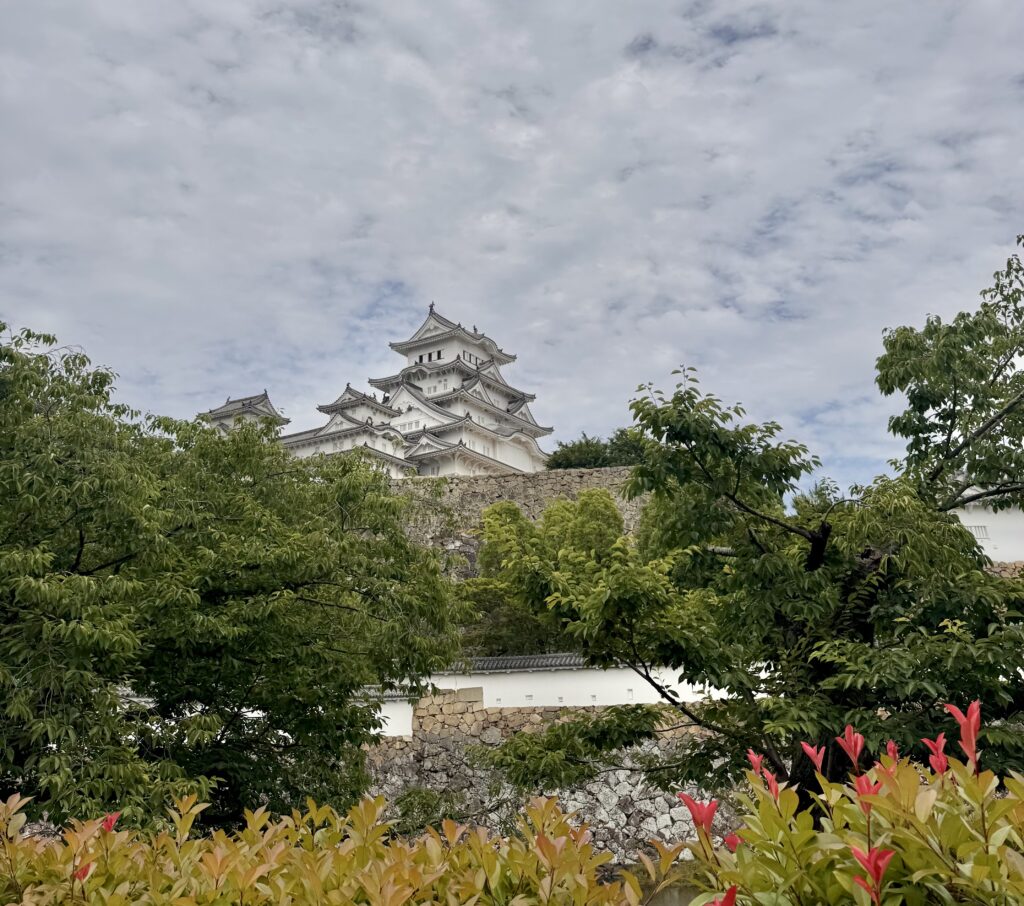
Getting to Himeji Castle does require a bit of planning, as it’s further west from major hubs like Kyoto and Osaka. From Osaka, the Shinkansen (bullet train) takes about 1 hour, and from Kyoto it’s roughly 1 hour 15 minutes, so it’s not a day-trip destination if you’re trying to pack in just a few nearby attractions.
If your time is limited, there’s no need to stress about visiting Himeji specifically. Japan is full of beautiful castles, and I’ll touch on another great alternative in the next section. But if you have the chance to make the trip, Himeji Castle is a great experience.
Osaka Castle
Osaka Castle is one of Japan’s most famous landmarks and a symbol of the city’s rich history. Originally built in the late 16th century, the current structure is a modern reconstruction, complete with a museum inside that showcases artifacts, historical exhibits, and interactive displays about the castle’s past.
The castle grounds are expansive, featuring stone walls, moats, and beautifully landscaped gardens that make it a popular spot for walking, cherry blossom viewing in spring, and photography.
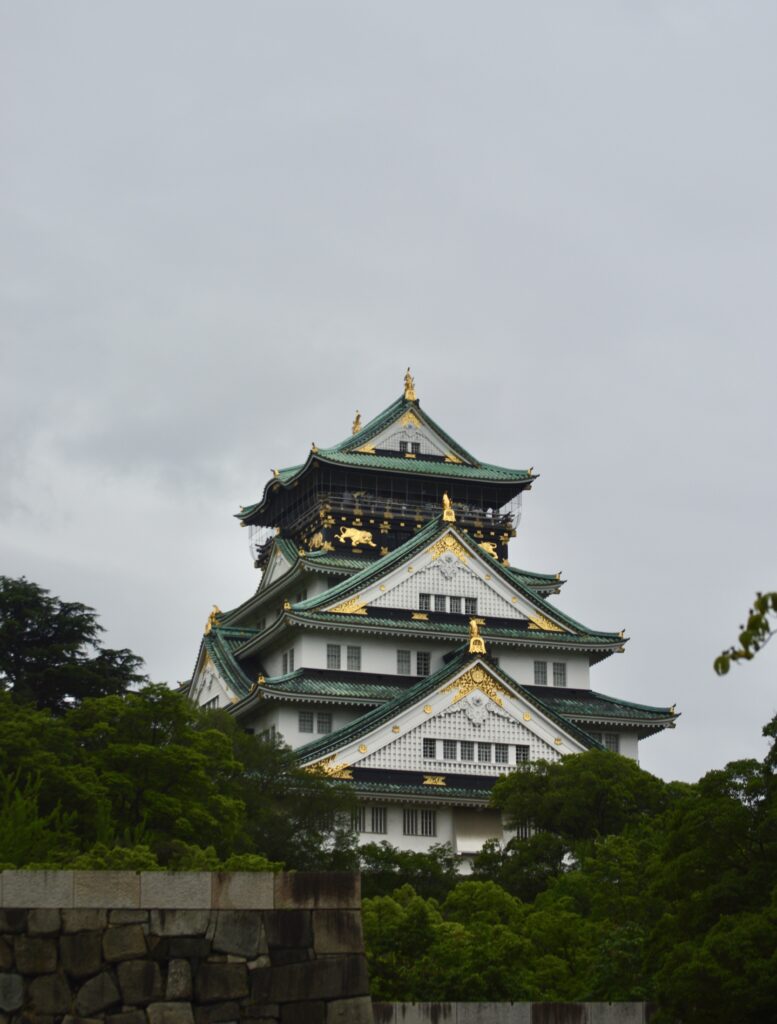
Beyond its historical significance, Osaka Castle is easily accessible from the city center, making it a convenient and enjoyable destination for visitors. The surrounding Osaka Castle Park offers plenty of space to relax and soak in the scenery, while the towering main keep provides panoramic views of the city skyline.
Whether you’re interested in Japanese history, architecture, or just a scenic stroll, Osaka Castle offers a mix of culture and leisure in one iconic location.
Sumo Wrestling Experience
If you’re looking for a truly unique and unforgettable experience in Osaka, the sumo wrestling experience is an absolute must. From the moment you step in, you’re immersed in sumo culture – learning about the daily lives of rikishi (sumo wrestlers) and watching demonstrations of their techniques.
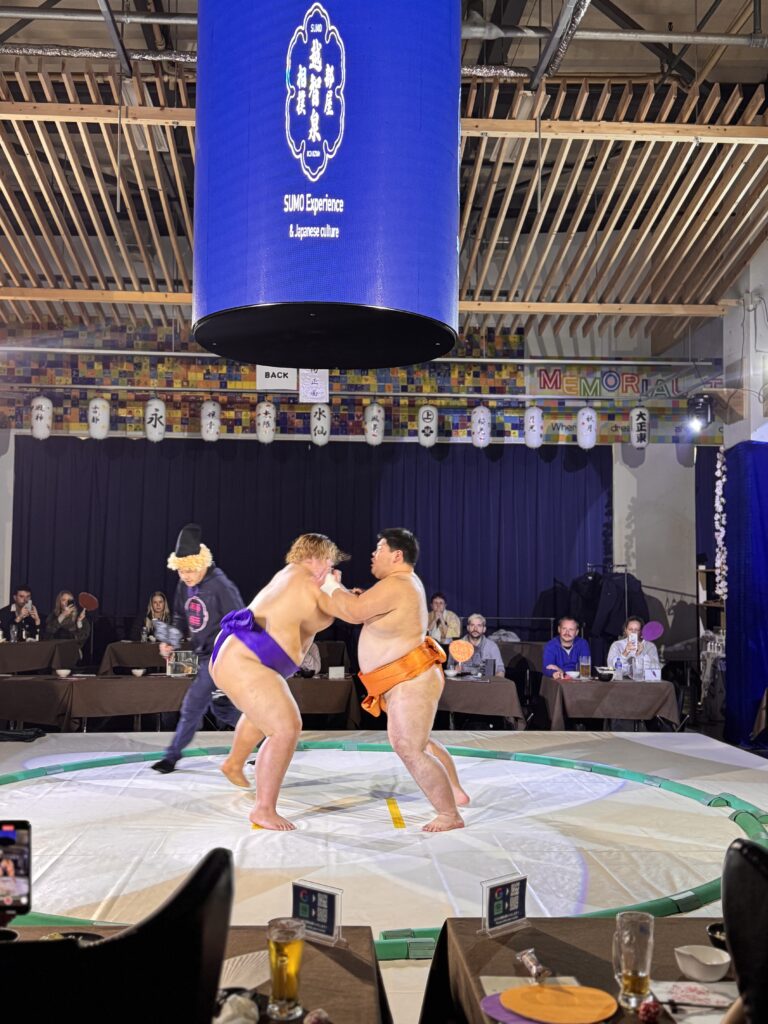
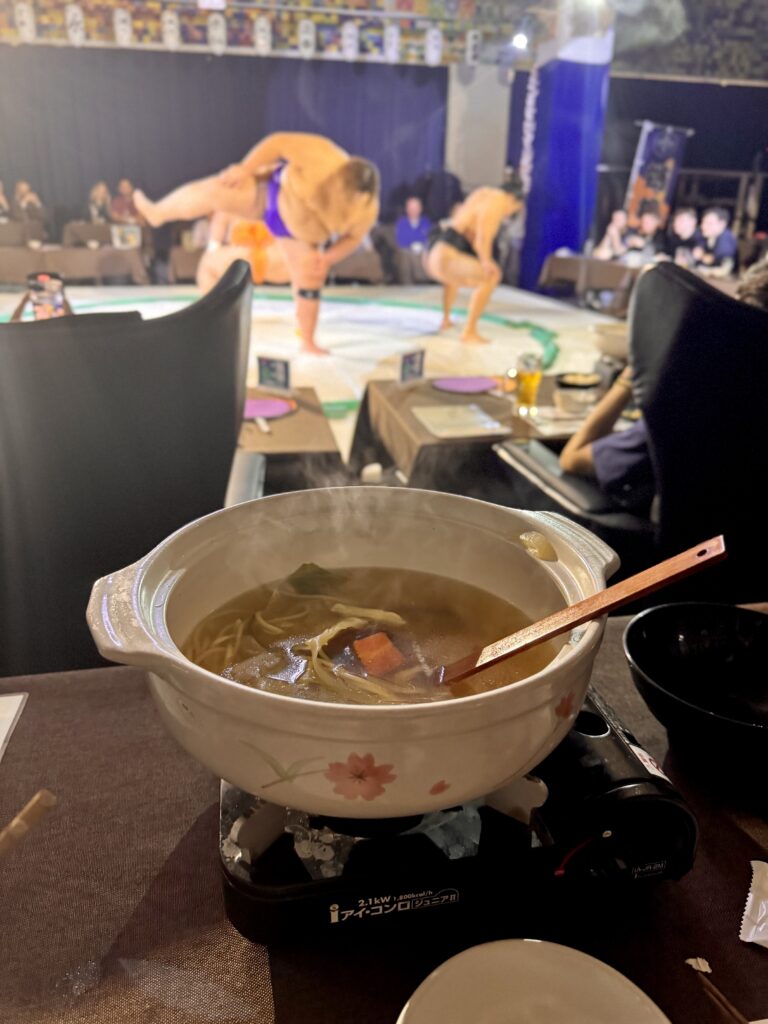
The location we visited is called Ochiizumi, and is about a 45 minute train ride from Shin-Osaka.
While you watch the sumo wrestlers, you get to eat chanko nabe. It’s a delicious and hearty, protein-packed stew that sumo wrestlers frequently eat to build their strength.
This location we visited also had traditional Japanese clothing you can try on and wear for a photo-op, which was fun!
The best part of the experience is the end. You actually have the chance to dress up as a sumo wrestler and wrestle one of the professionals. It’s surprisingly challenging! The sumo wrestlers are incredibly strong.
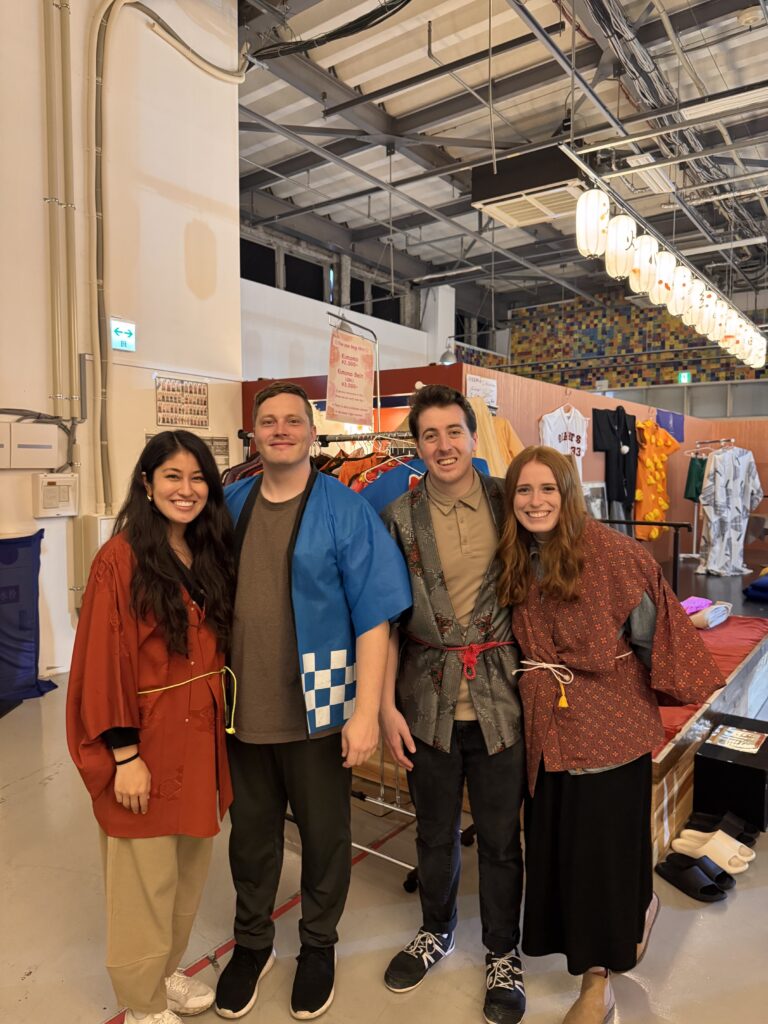
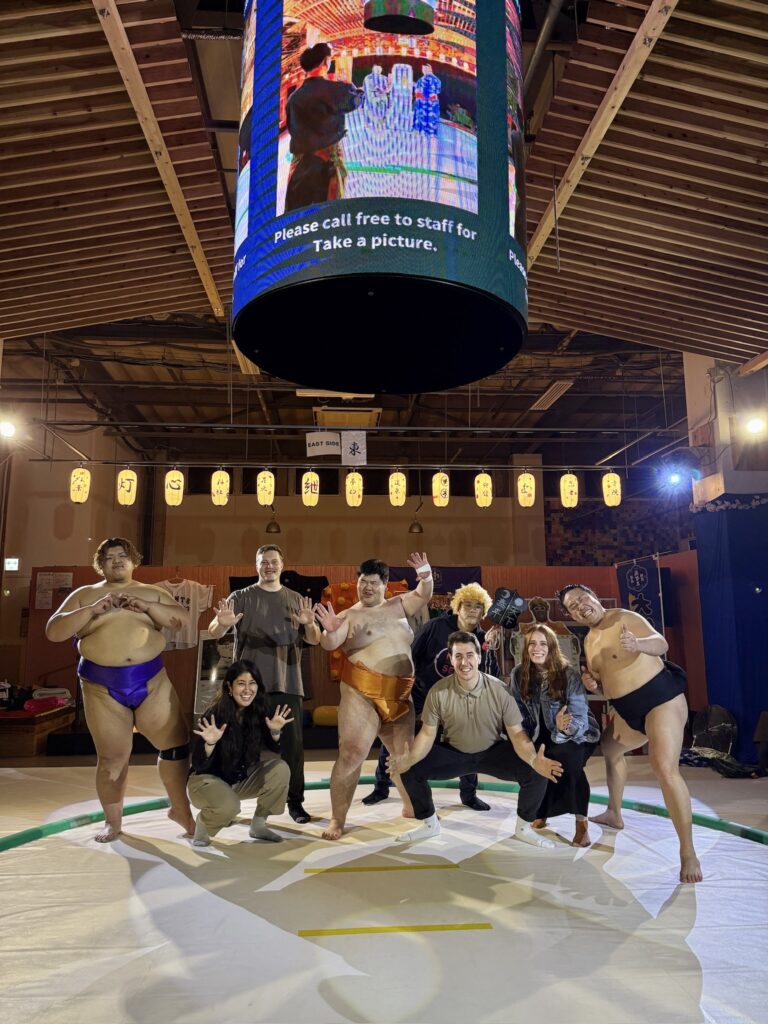
Between the delicious food, hands-on cultural immersion, and photo-worthy moments, this experience is a must! Note that there are sumo wrestling experiences like this all over Japan. The one we visited (Ochiizumi) had a more approachable website for making reservations.
N A R A
Nara is a charming city just under an hour from both Kyoto and Osaka, making it an easy day trip from either city. If you have a day to spare, it’s totally worth it!
Nara is most famous for its friendly, free-roaming deer in Nara Park. These deer are considered sacred and have become an iconic symbol of the city. Visitors can feed them special deer crackers sold in the park, which adds a fun and interactive element to the visit.
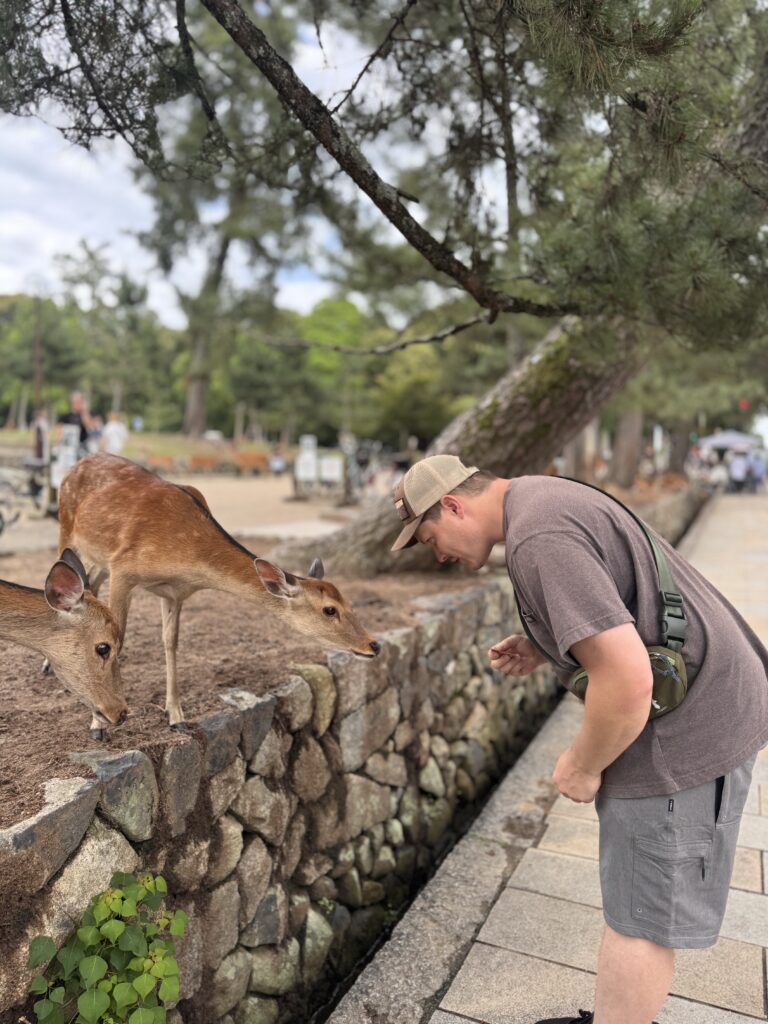
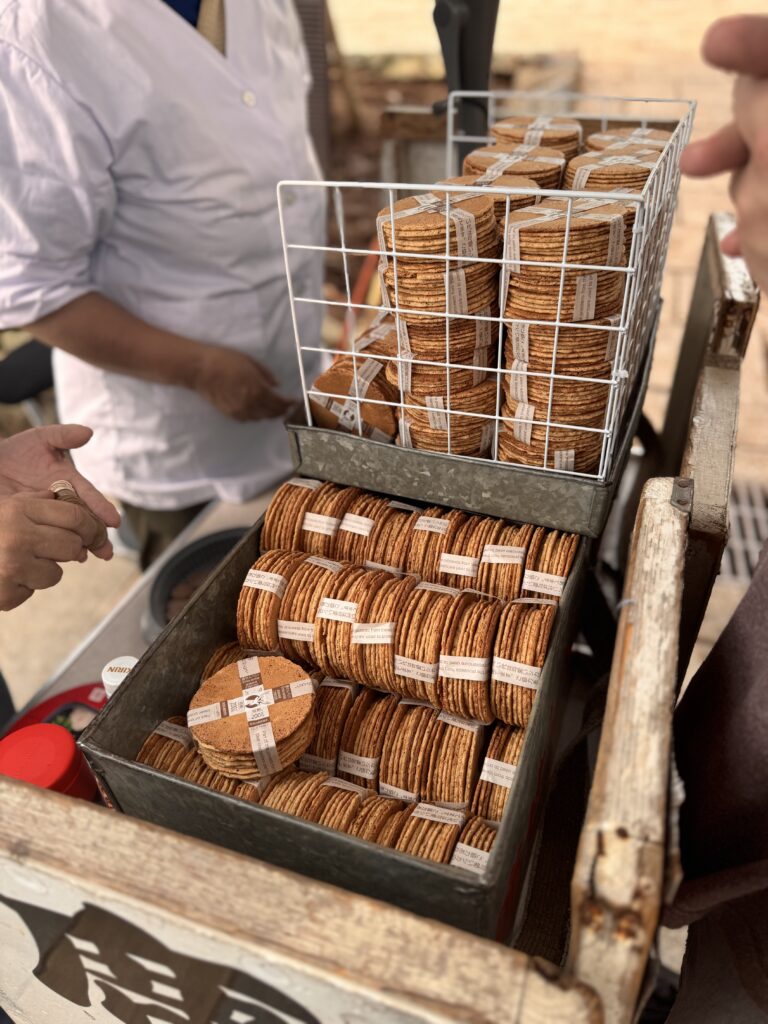
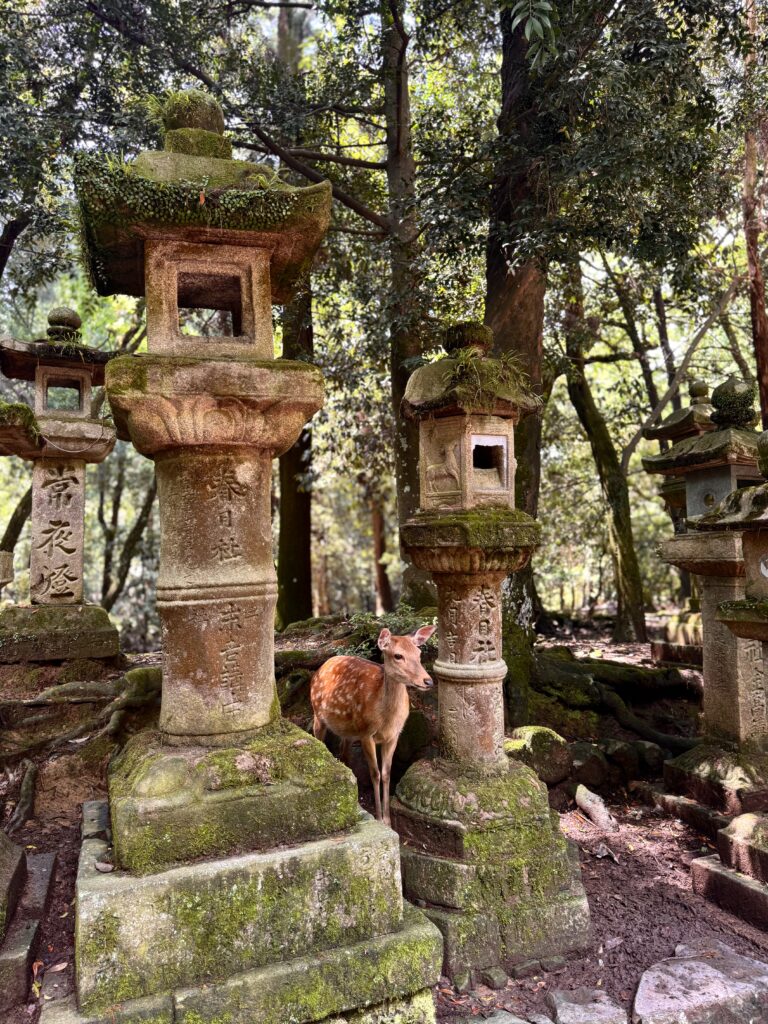
The city was Japan’s first permanent capital, and many of its temples and shrines date back over a thousand years. One of Nara’s most famous attractions is Todai-ji Temple, home to the colossal Great Buddha statue (Daibutsu), which is one of the largest bronze Buddha statues in the world.
The surrounding temple grounds are expansive and serene, giving a sense of tranquility despite the crowds. Another highlight is Kasuga Taisha Shrine, a UNESCO World Heritage Site known for its hundreds of stone and bronze lanterns that line the pathways, creating a magical atmosphere, especially during festivals.
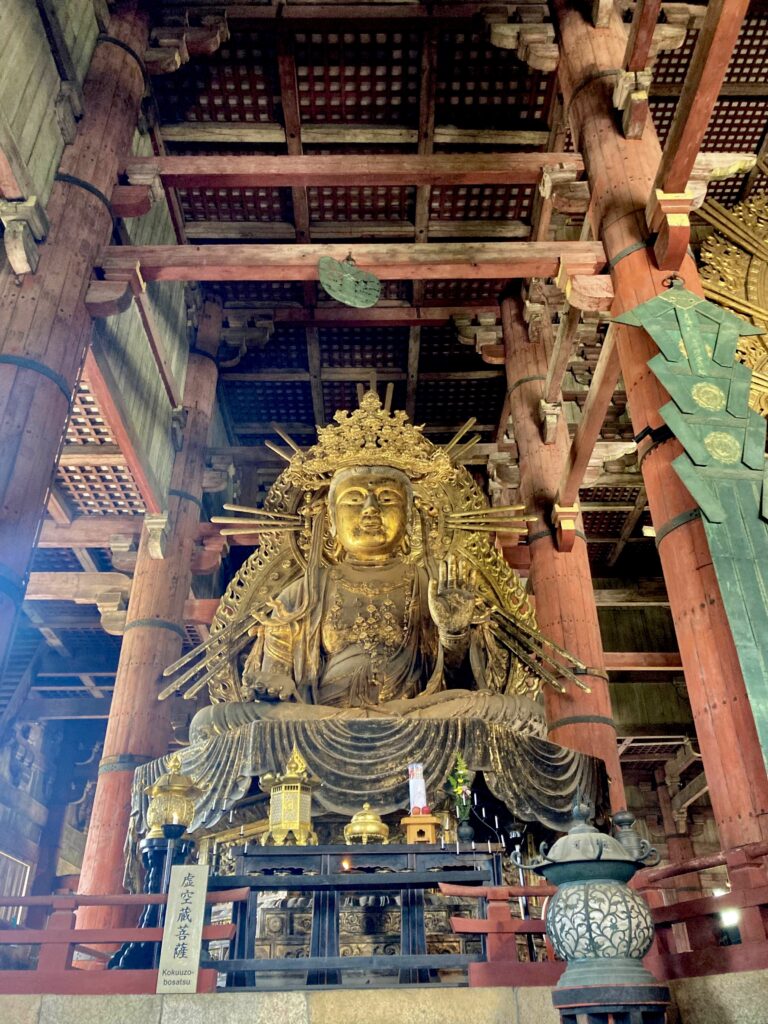
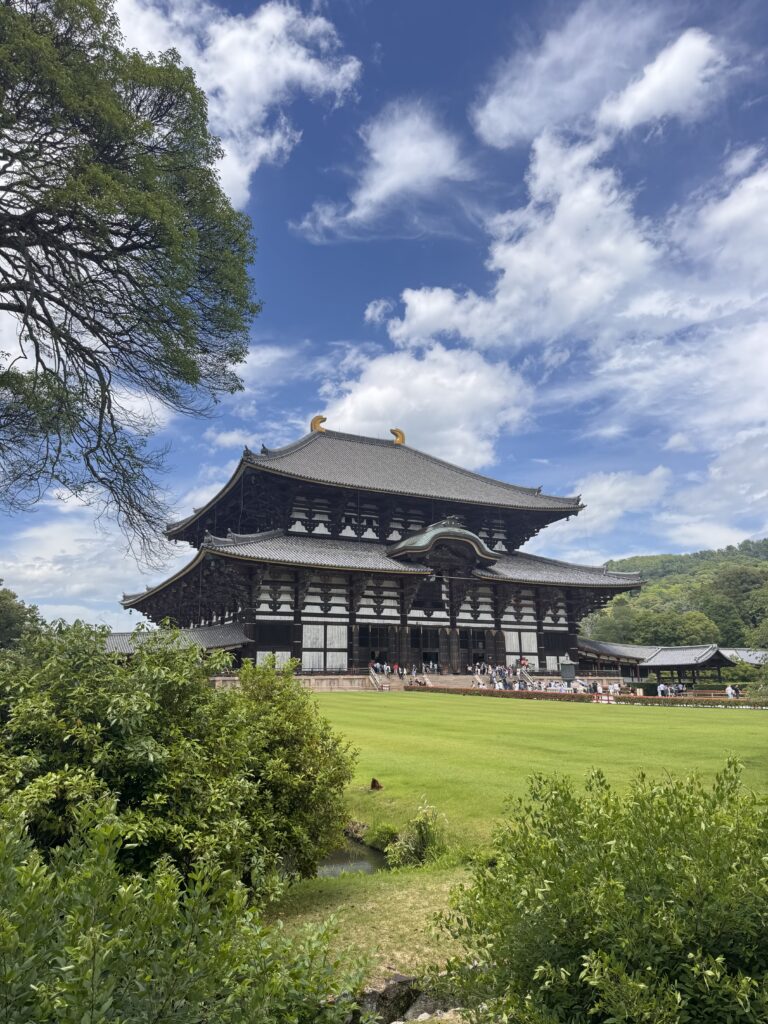
While it’s a bit further out than some other attractions, Nara is worth visiting if you’re already heading south from Kyoto or Osaka. If your time is limited, it’s not essential, but if you have time to spare, Nara is a fun stop!
H I R O S H I M A
I’m frequently asked by friends that are visiting Japan if Hiroshima is worth visiting. And to that, I say yes. I believe it’s worth it, even if your trip is only a week. The activities to do there are very meaningful and impactful.
However, if your trip is very short, Hiroshima is about 4-5 hours from Tokyo by shinkansen, or about 2 hours from Osaka. In that case, you might prioritize destinations closer to your base cities.
Hiroshima Peace Memorial Museum
The Hiroshima Peace Memorial Museum is dedicated to remembering the victims of the atomic bombing on August 6, 1945, and promoting a message of peace.
My husband, Jeff, mentioned that visiting this museum was his favorite part of our trip to Japan. He said that it provided a detailed look at an event that is often overlooked in U.S. history classes. He was deeply moved by the stories and history presented.
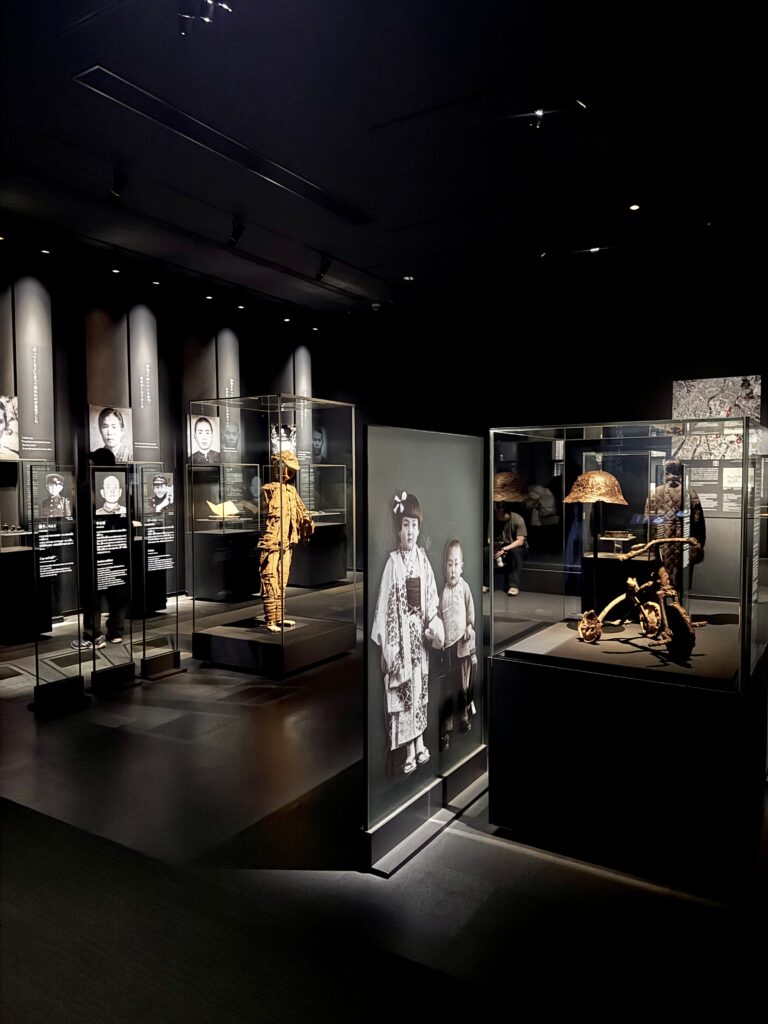
Located in Peace Memorial Park, the museum carefully documents the events leading up to the bombing, the immediate aftermath, and the long-term effects on the city and its residents.
One of the most striking aspects of the museum is its real-life artifacts, from charred clothing and melted watches to damaged household items, each telling a story of the lives affected by the bombing.
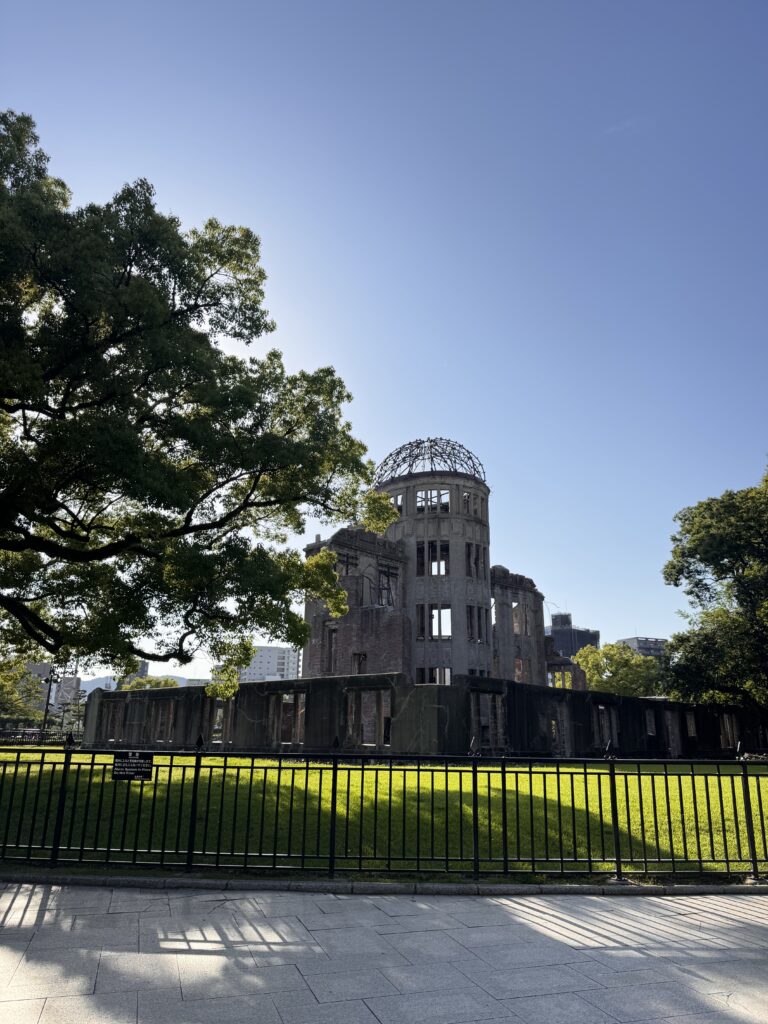
Beyond the exhibits, the museum connects to the broader Peace Memorial Park, where visitors can see the iconic Atomic Bomb Dome, memorial cenotaphs, and sculptures dedicated to the victims.
The entire area serves as a space for reflection and contemplation, leaving a lasting impression about the importance of peace and the resilience of humanity. For those interested in history, human rights, or the global implications of nuclear weapons, the Hiroshima Peace Memorial Museum is an essential stop when visiting the city.
Hiroshima Orizuru Tower
Close to the Peace Memorial Museum is the Hiroshima Orizuru Tower, a sleek, modern building offering panoramic views of the city and the Atomic Bomb Dome from its rooftop observatory.
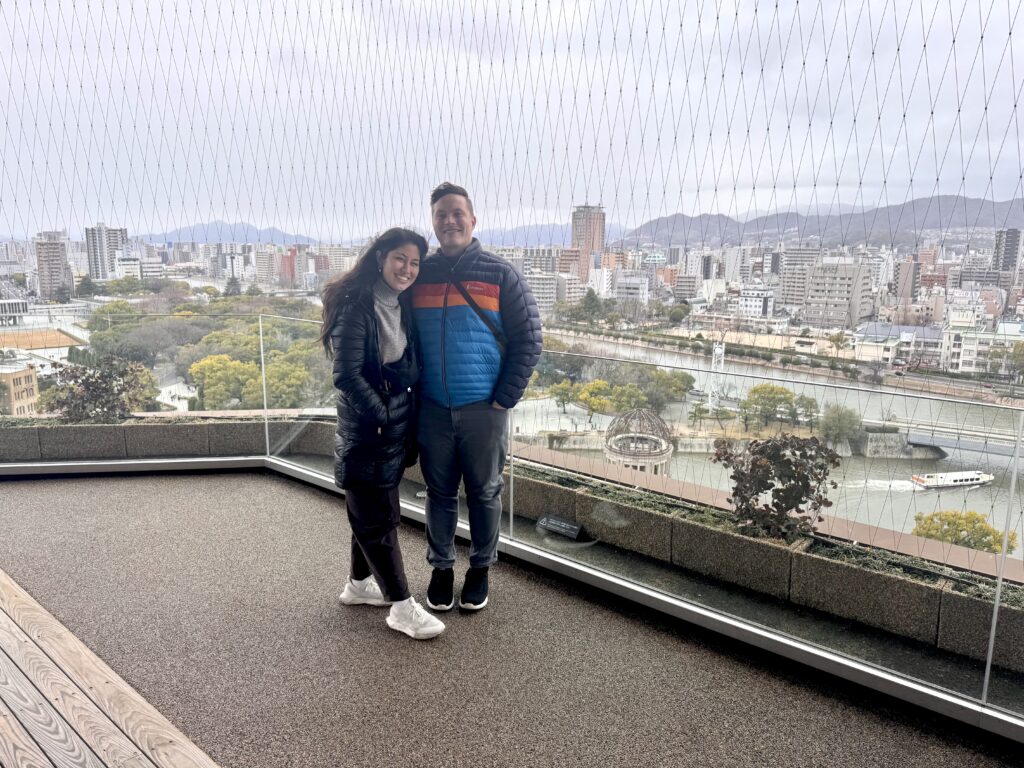
The entry fee is about ¥2,200 (around $15 USD), which isn’t outrageous, but it does make you pause if you’re already investing time and money into the museum experience right beside it.
In my opinion, if your trip is short or you’re already heading into the Peace Memorial Museum, you don’t need to add the tower to your itinerary. The museum is powerful, emotional, and immersive enough on its own.
That said, if you have some extra time in Hiroshima and want something a little lighter afterward, the Orizuru Tower can be a fun stop. The rooftop views are beautiful, and the interactive exhibits inside, like folding paper cranes to drop into the tower’s giant glass wall, make it a more uplifting activity. It’s not a must-do, but it’s a nice bonus if you’re looking to fill an afternoon.
Miyajima
Miyajima is one of Japan’s most iconic destinations and a must-visit for anyone traveling to Hiroshima. It’s not far out of the way and it’s a really unique part of Japan to experience.
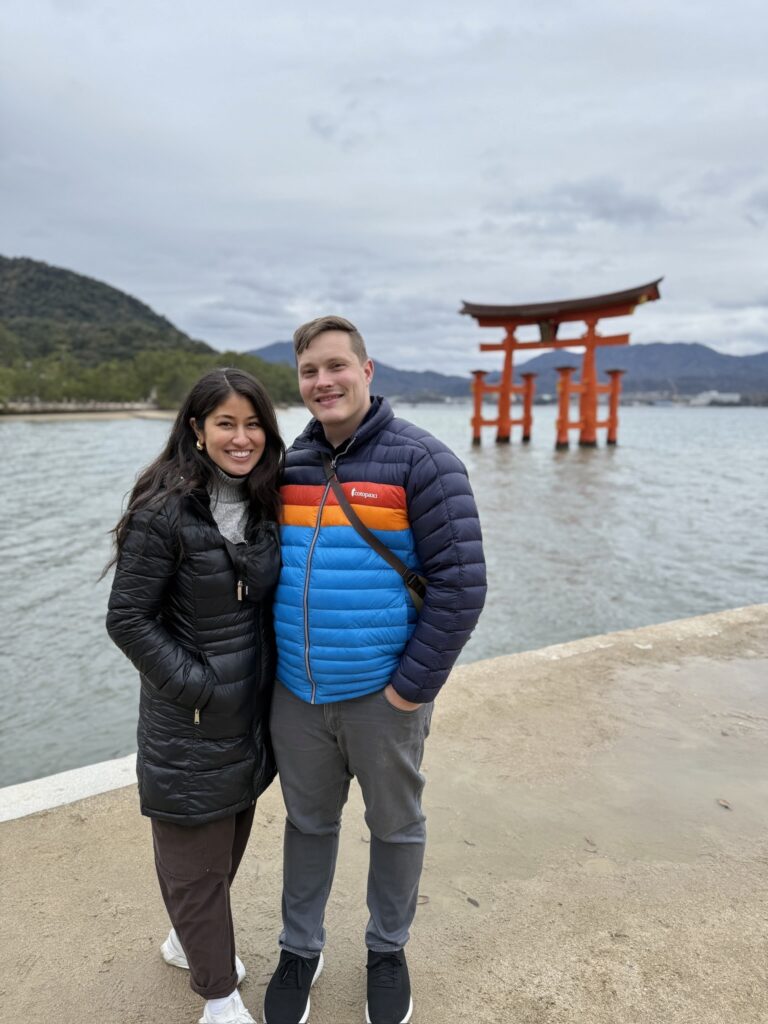
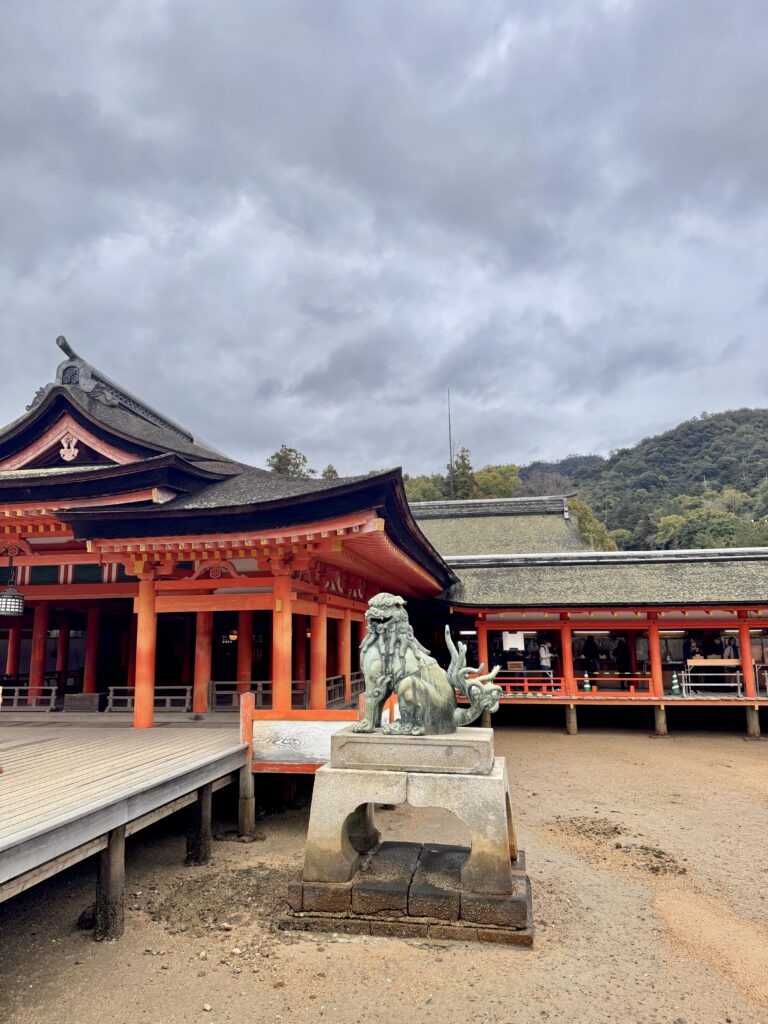
Miyajima is just a short ferry ride from the mainland. It’s a small island most famous for the breathtaking “floating” torii gate of Itsukushima Shrine.
The shrine is a UNESCO World Heritage site, and appears to rise out of the sea during high tide. It’s truly an incredible sight! It’s beautiful any time of day, but if you’re able to, it’s especially beautiful at sunset when the orange gate glows against the water and surrounding mountains.
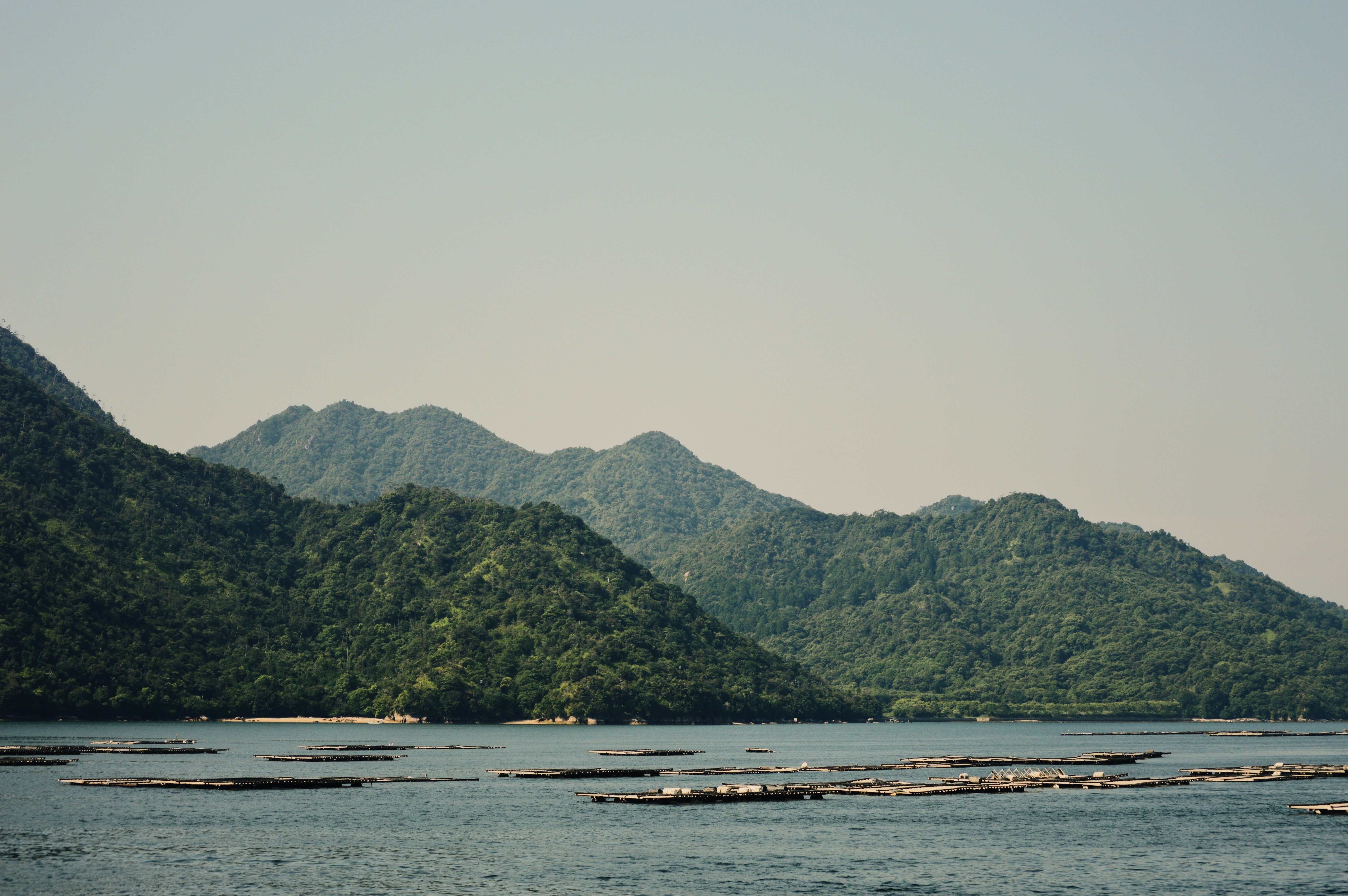
Beyond the shrine, Miyajima is full of charm and beauty. The island is home to wild but friendly deer that roam freely.
Note that although the deer are friendly, you should not touch or feed them like you can in Nara!
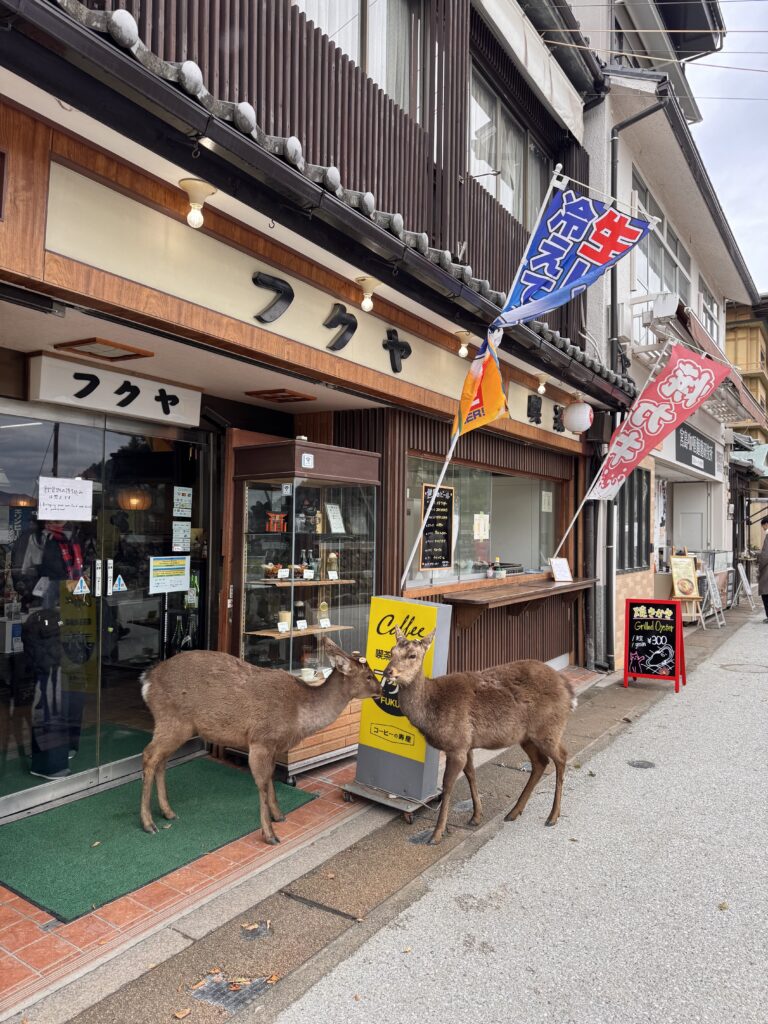
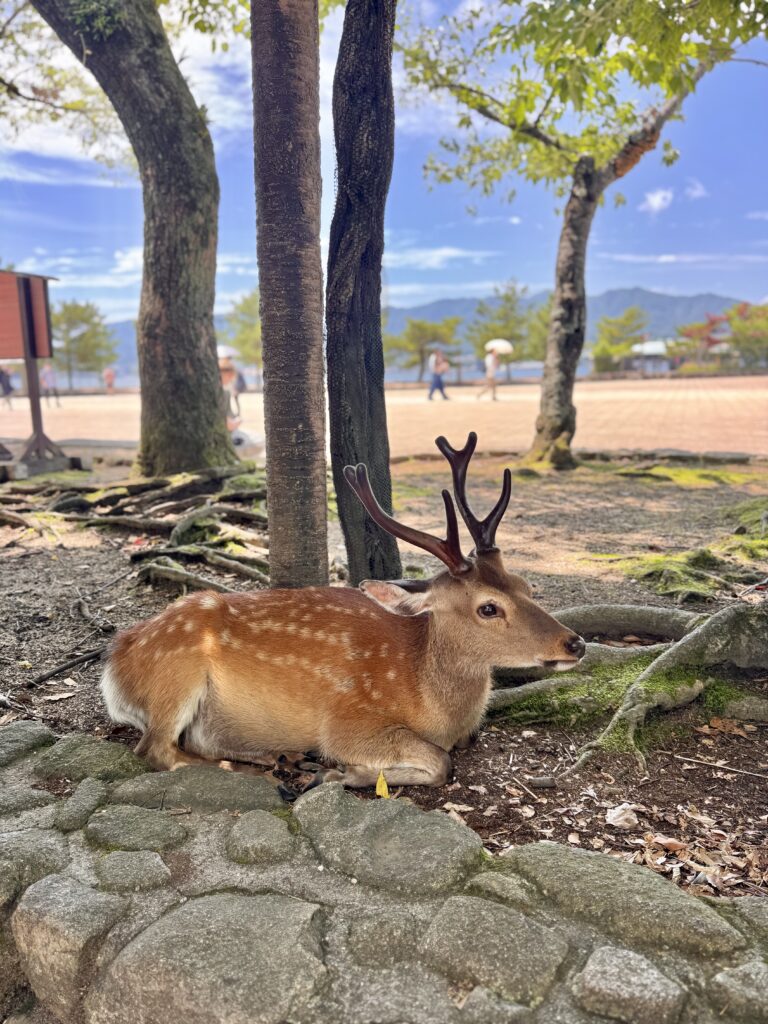
After seeing the shrine, grab lunch or a treat while strolling through the streets filled with shops and food stalls! They offer local specialties like oysters and momiji manju (maple leaf-shaped cakes with various fillings).
Momiji manju is a must when visiting Miyajima. Make sure you buy it hot and fresh, too! The fresh ones are significantly better than the packaged ones in my opinion.
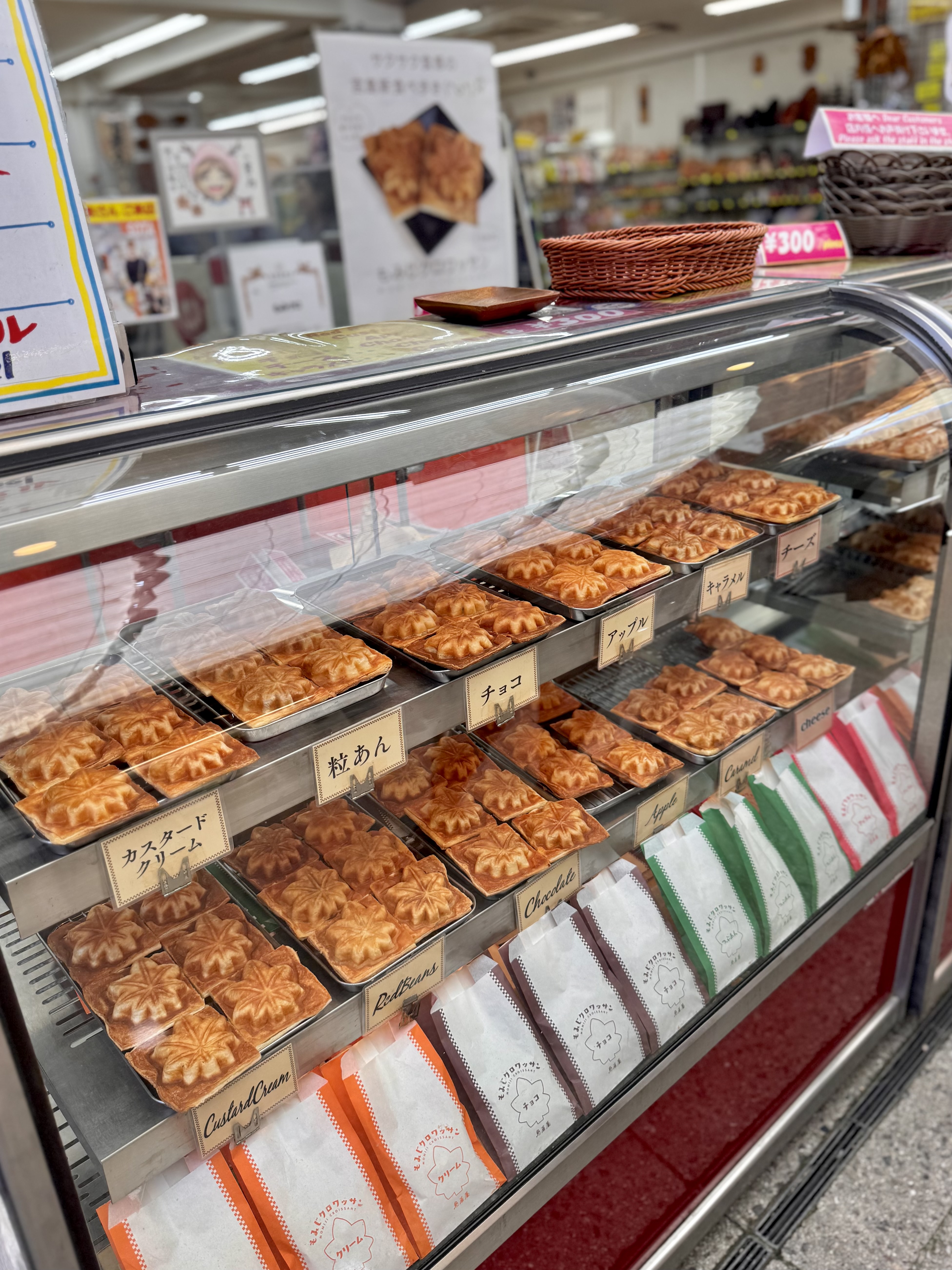
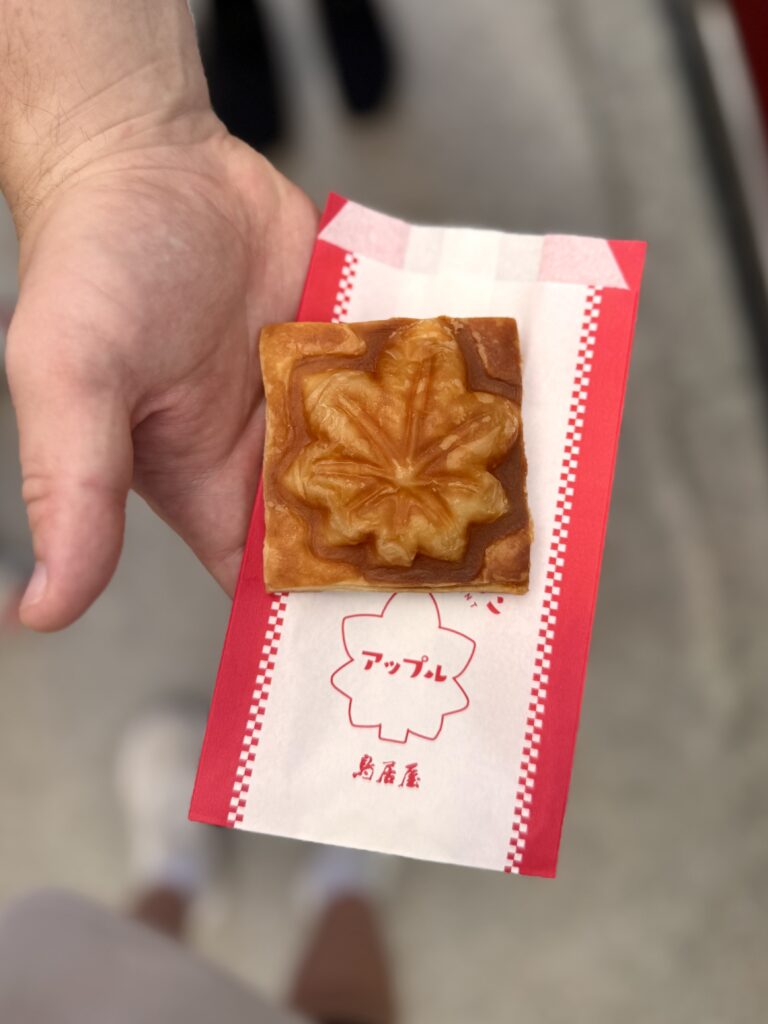
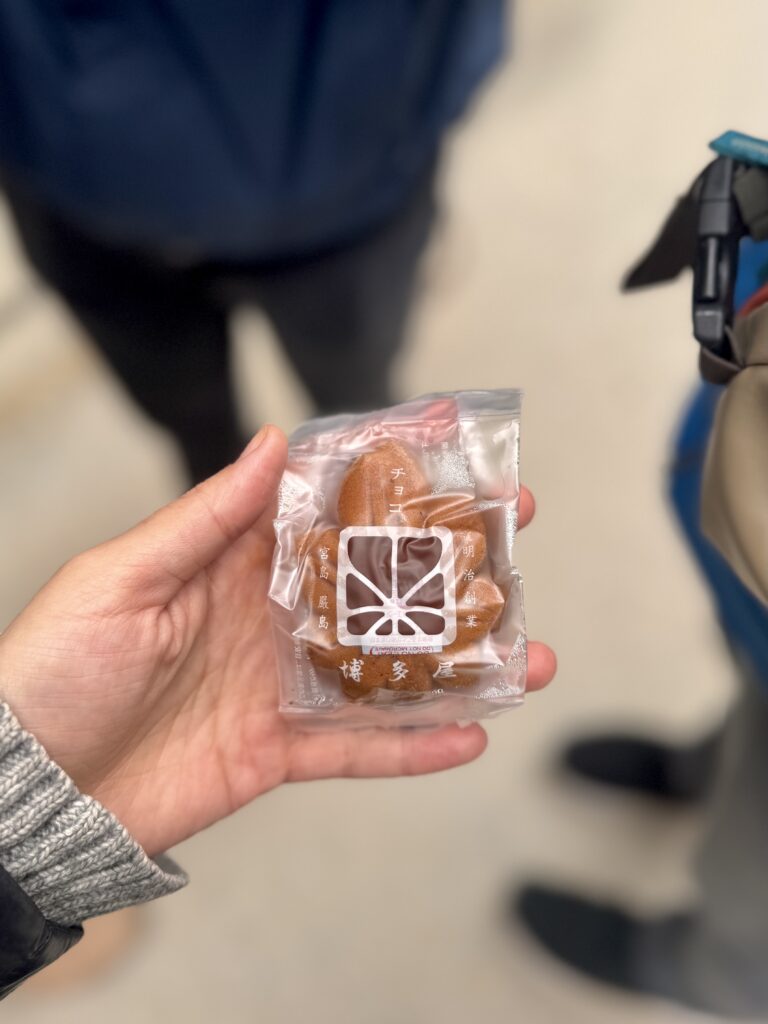
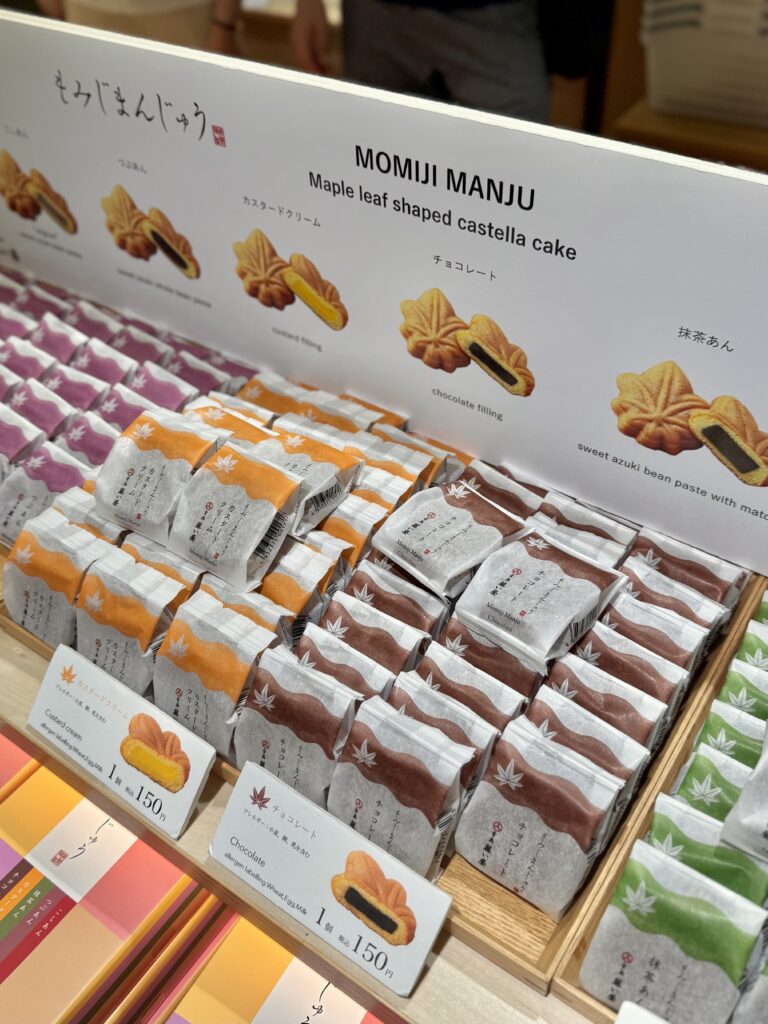
One of Miyajima’s other culinary highlights is anago (saltwater eel). It is a local delicacy and a must-try! Unlike the richer, fattier unagi (freshwater eel) that is popular in other areas of Japan, anago has a lighter, more delicate flavor. Paired with rice and a sweet-savory glaze, it is so yummy!
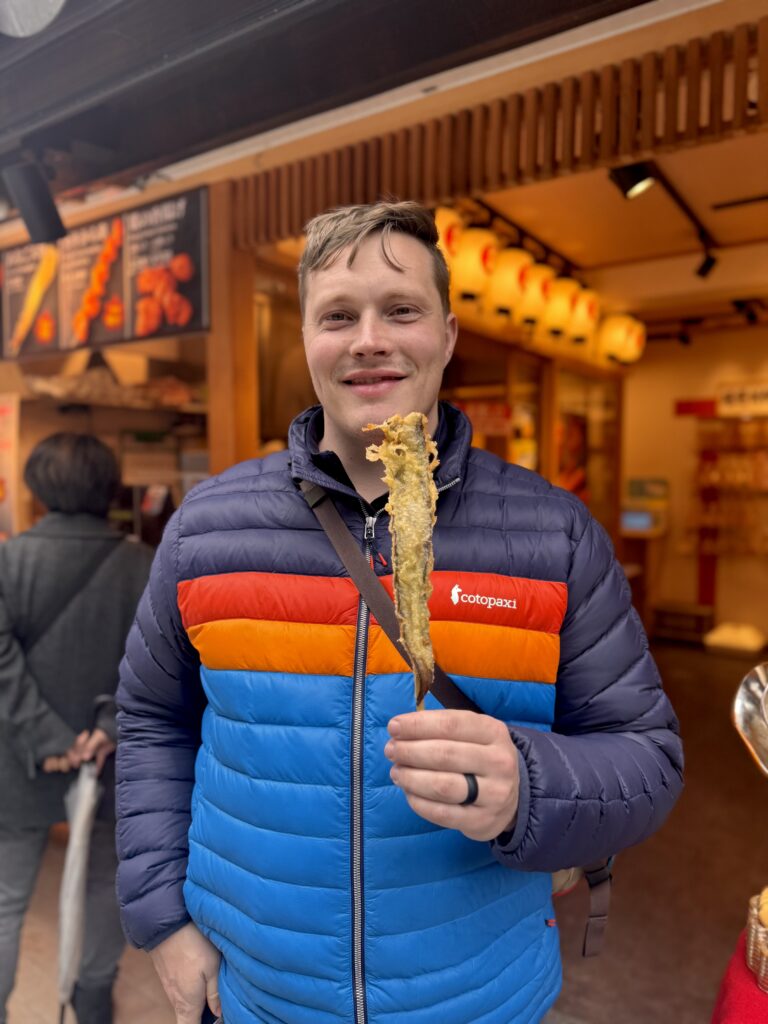
You’ll often see it served as anago-meshi, a bowl of rice topped with tender slices of eel, but another way to enjoy it is as anago tempura. The eel is lightly battered and fried until crisp on the outside while staying soft and flaky inside. It’s so good!
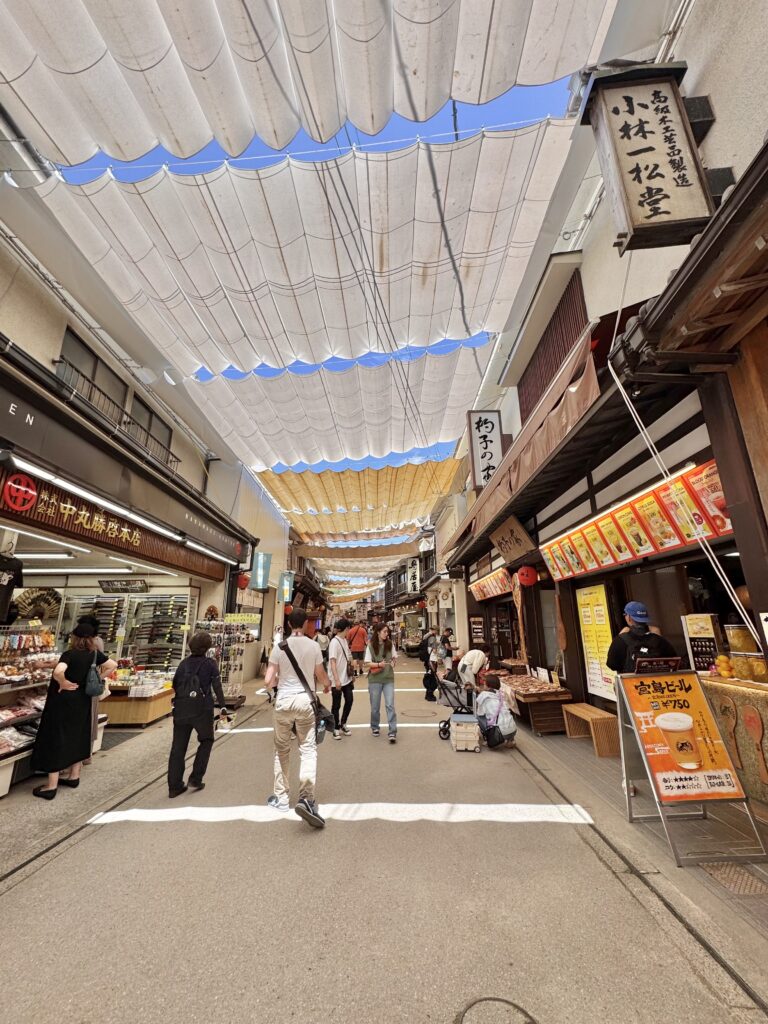
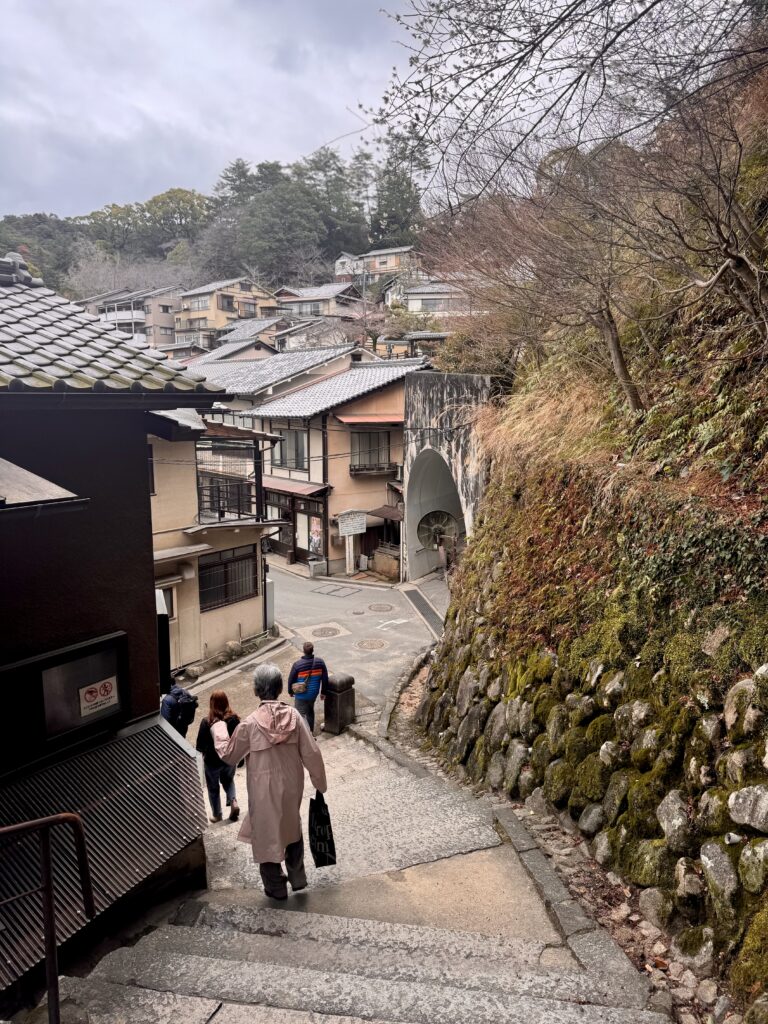
Miyajima is a perfect blend of cultural heritage, scenic landscapes, and unique local experiences, making it one of the most unforgettable stops on a trip to Japan. I highly recommend visiting!
Cooking Class
Hiroshima is famous for its own distinct style of okonomiyaki, which is different from the Kansai/Osaka version most people are familiar with. I personally like it more!
While in Hiroshima, we took a cooking class to learn how to make this dish ourselves, and it turned out to be one of the highlights of our trip. The class was hands-on and fun, with the instructor guiding us step by step.
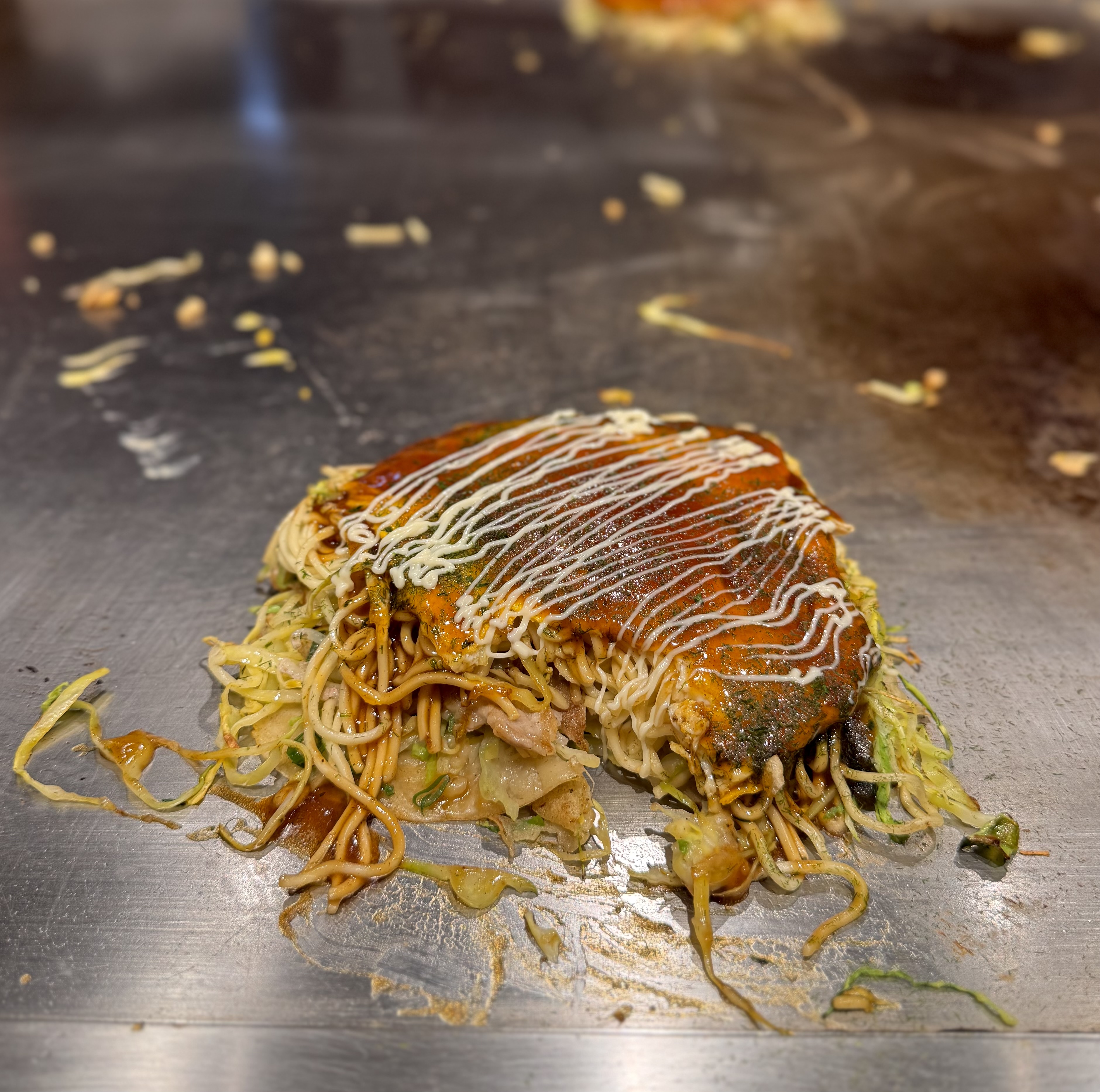
Instead of mixing all the ingredients into one batter, Hiroshima Okonomiyaki is built in layers. It usually starts with a thin crepe-like base, followed by heaps of shredded cabbage, bean sprouts, pork belly, noodles (either yakisoba or udon), and finally an egg. Everything is stacked together on a hot griddle, pressed down as it cooks, and topped with a sweet-savory okonomiyaki sauce.
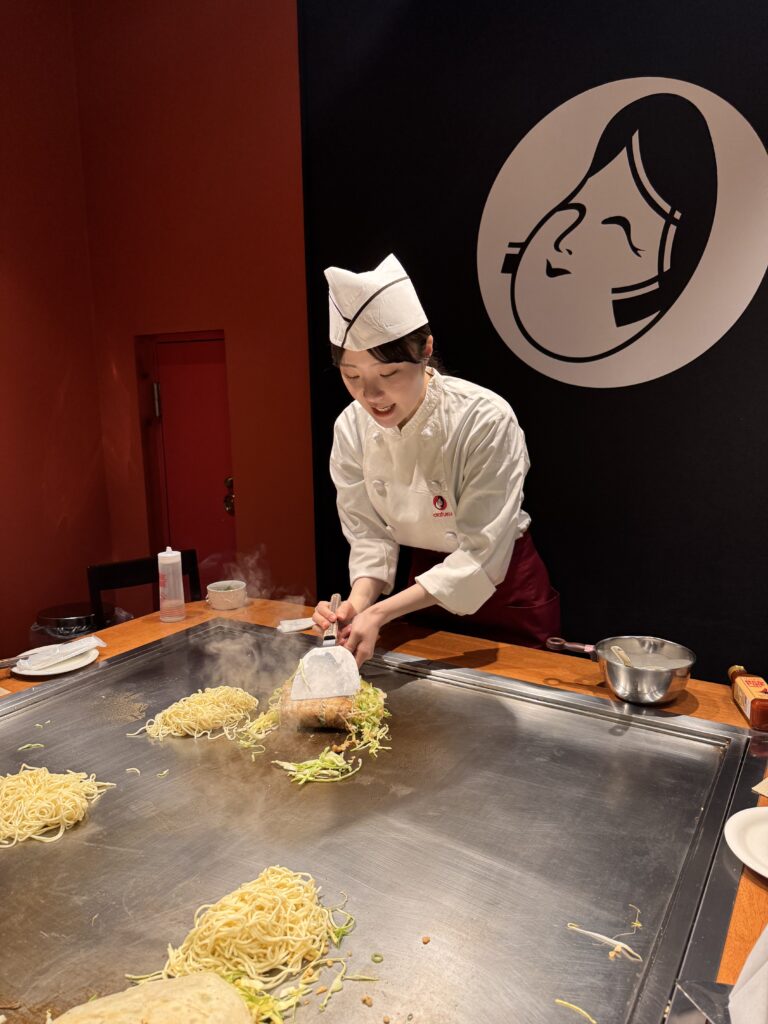
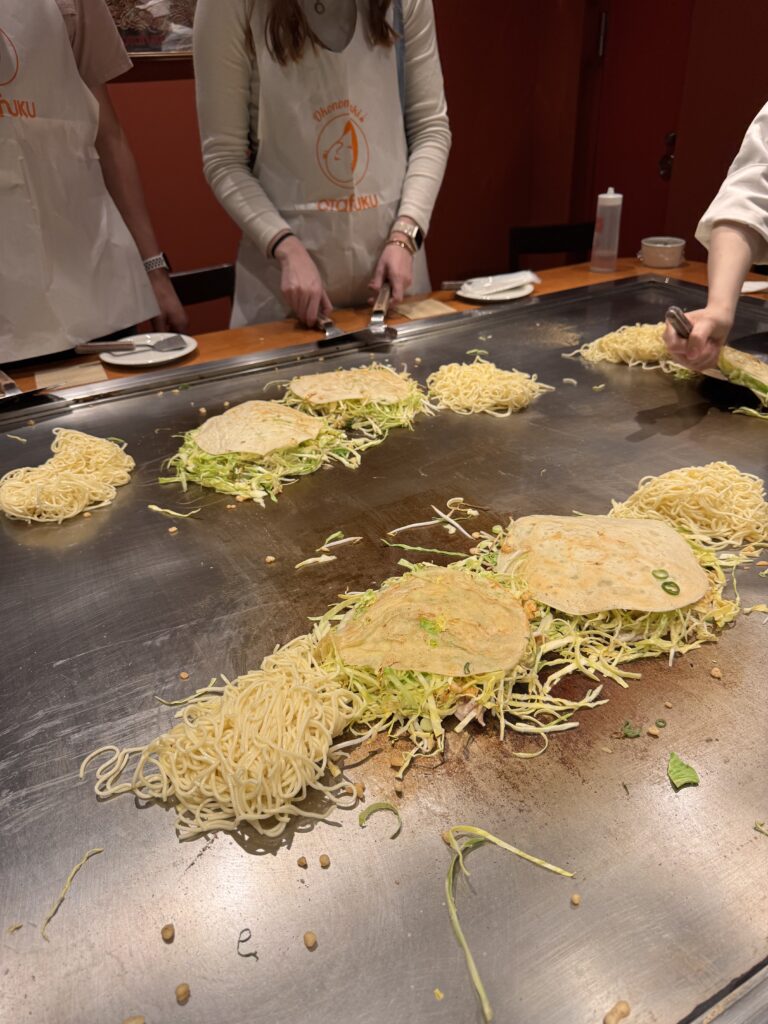
It’s a fun, interactive experience and in total, the class was probably about an hour long (including eating the food). The location was about a 5-10 minute walk from Hiroshima Station.
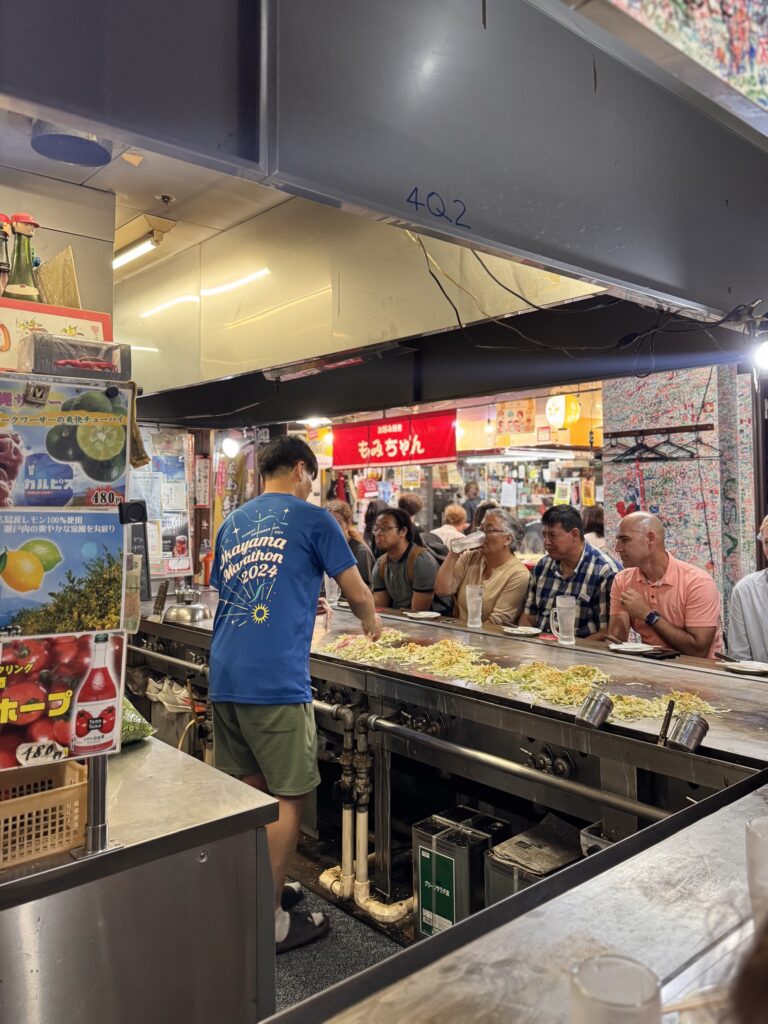
Japan is one of those places that stays with you long after you’ve left. It’s truly a unique country!
The food, the history, the vibrant cities, and the quiet, sacred moments are unforgettable.
Whether you’re exploring bustling Tokyo streets, walking through serene Kyoto temples, or tasting dishes that carry generations of tradition, every day carries a new experience.
If Japan is on your list, go with an open heart (and appetite!) and you’ll leave with many memories. Best of luck planning your trip, and let me know in the comments if you have any questions!

